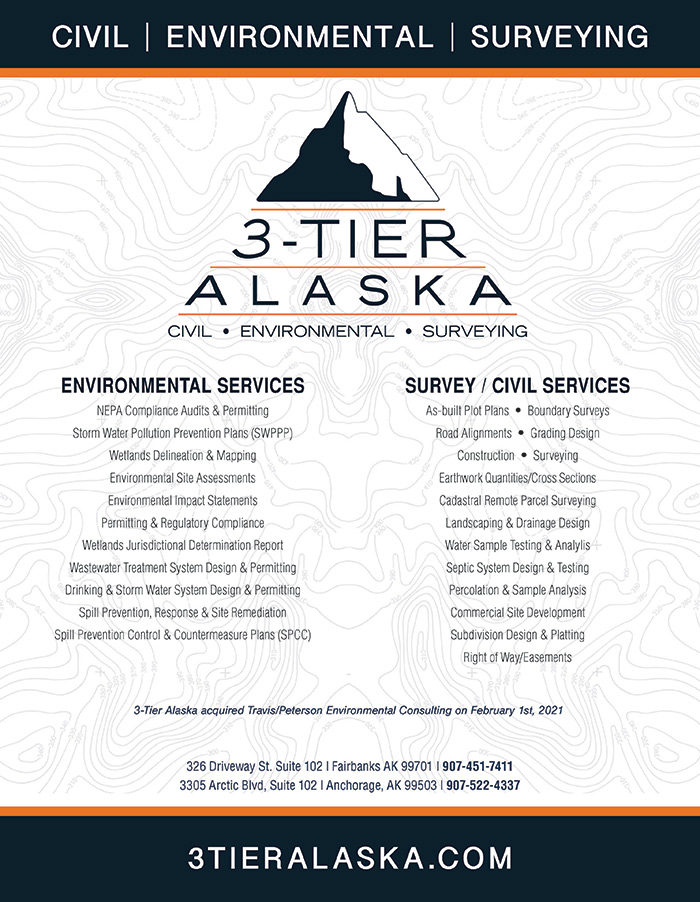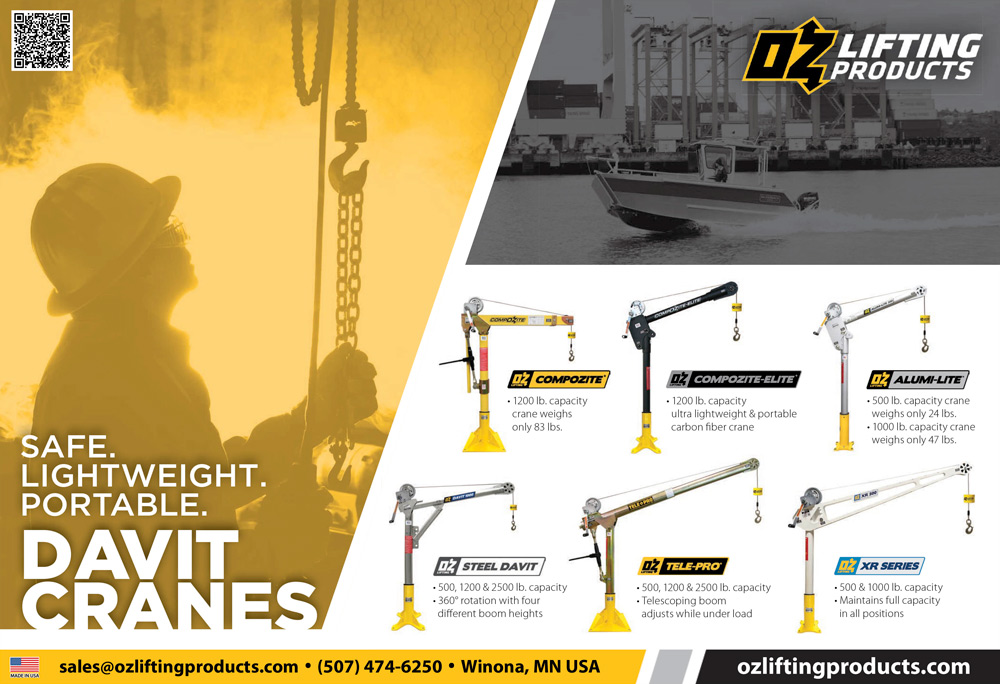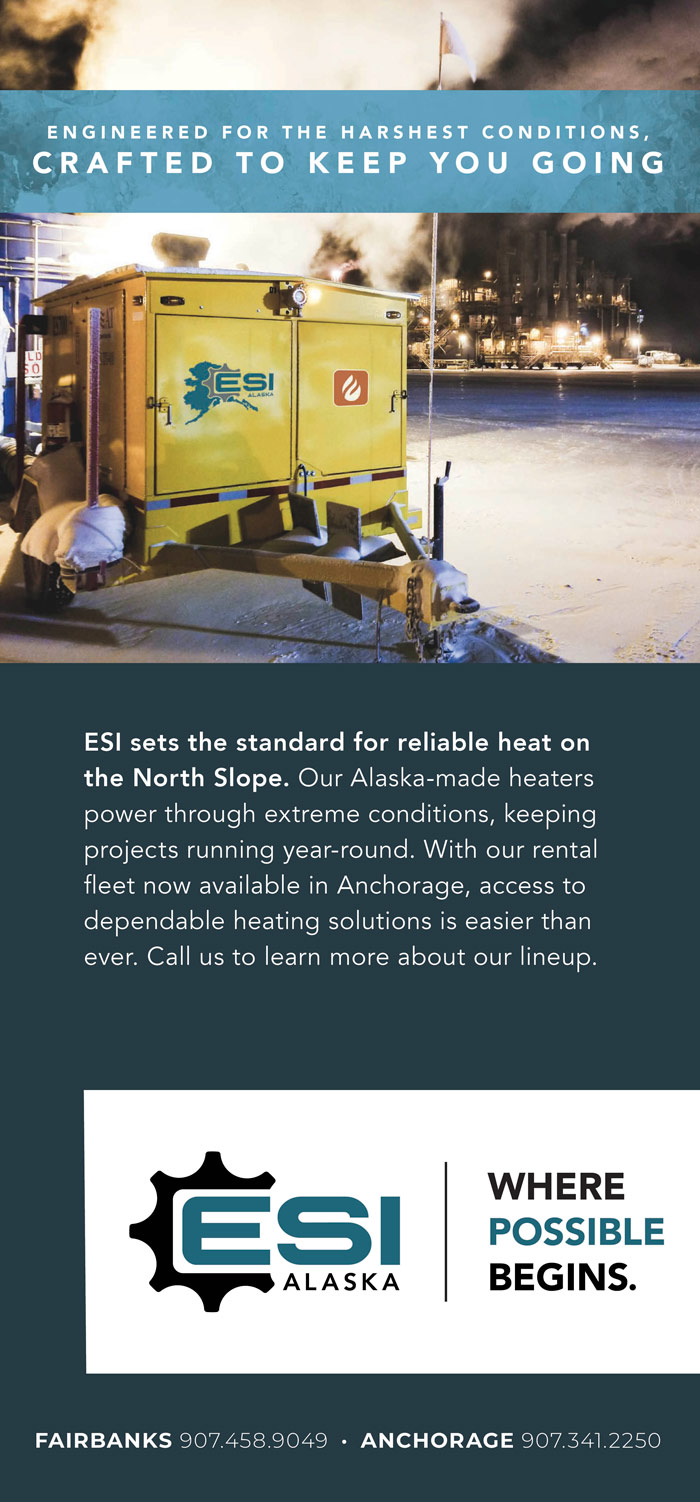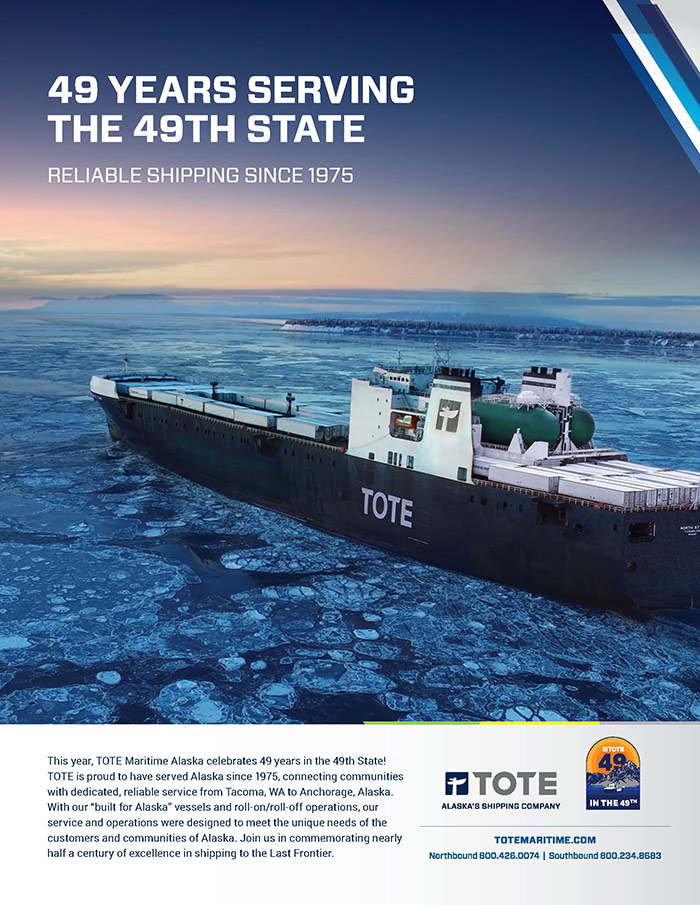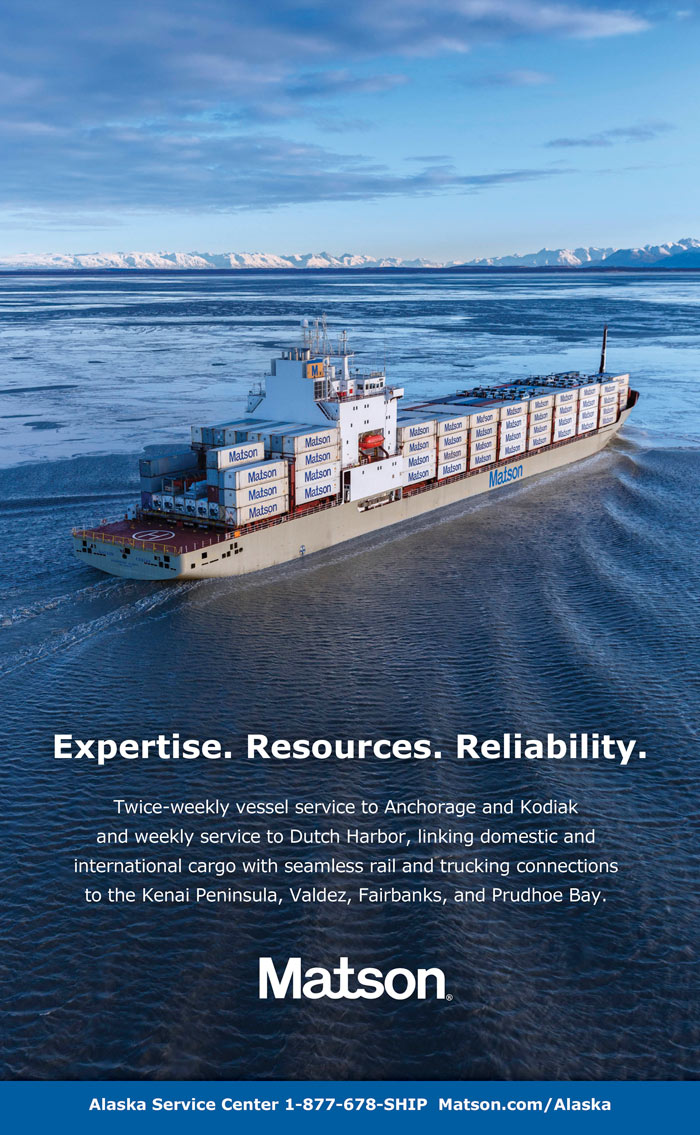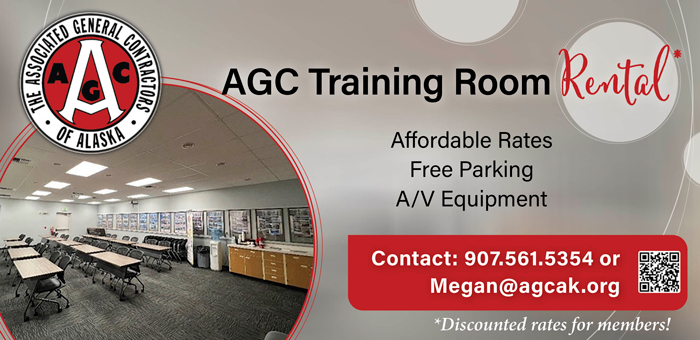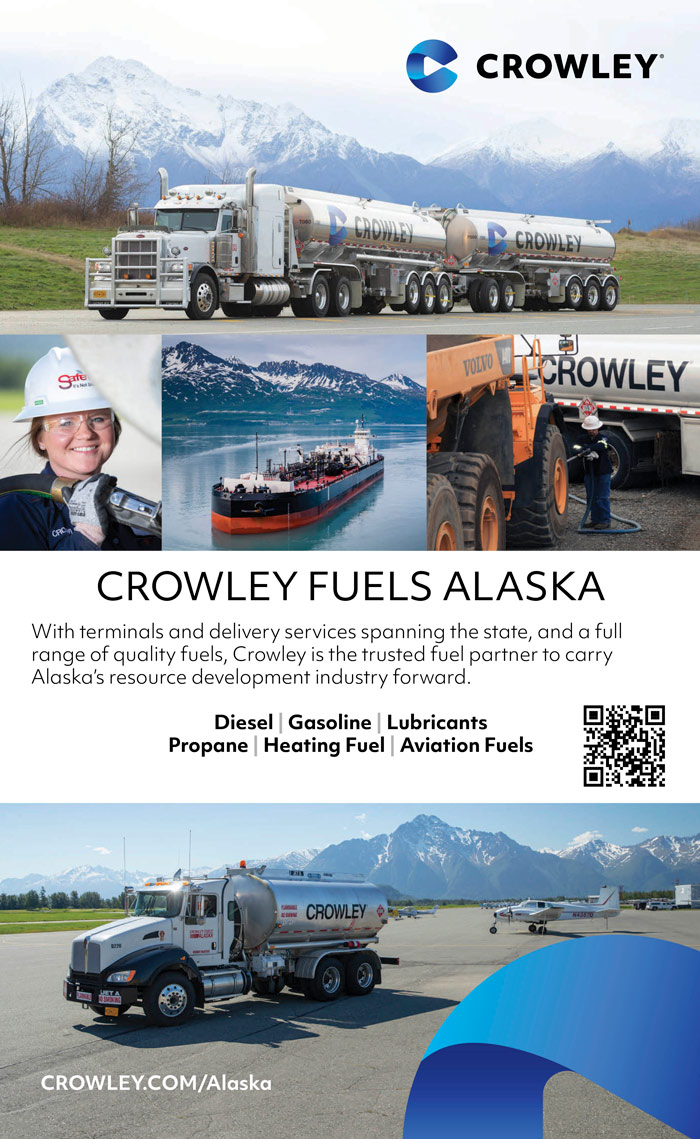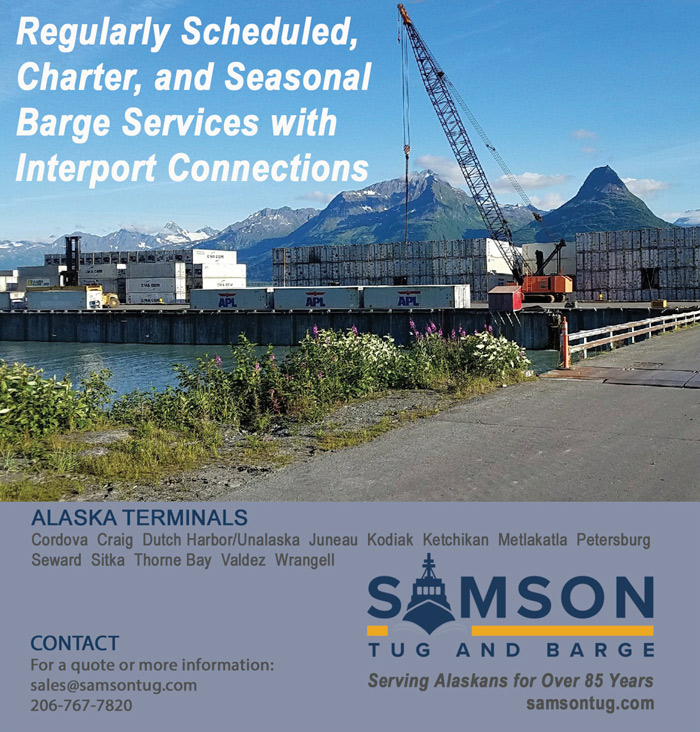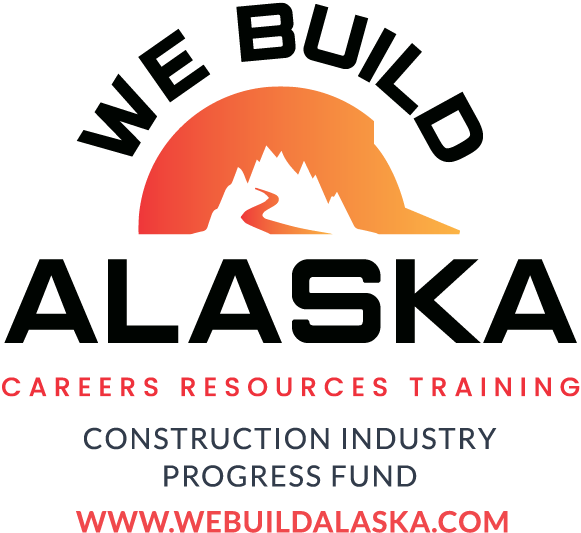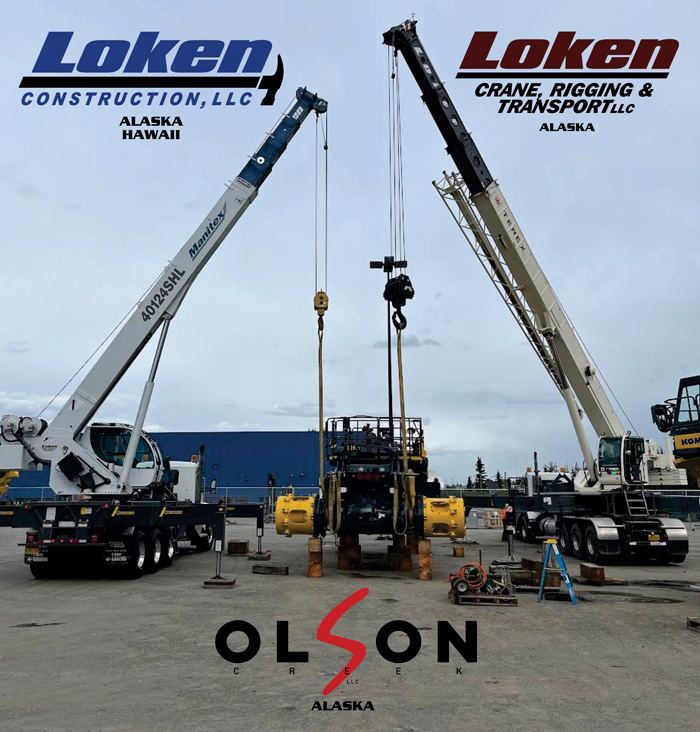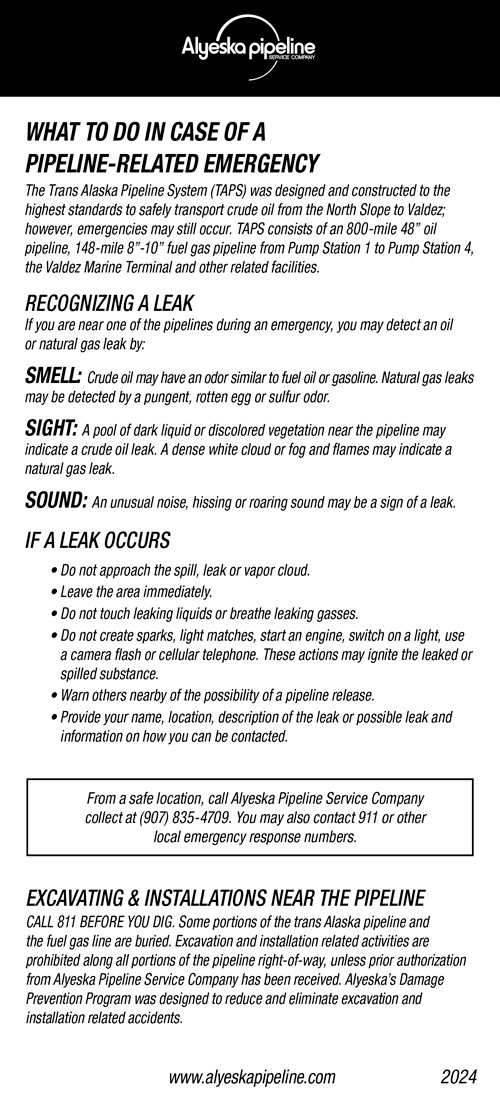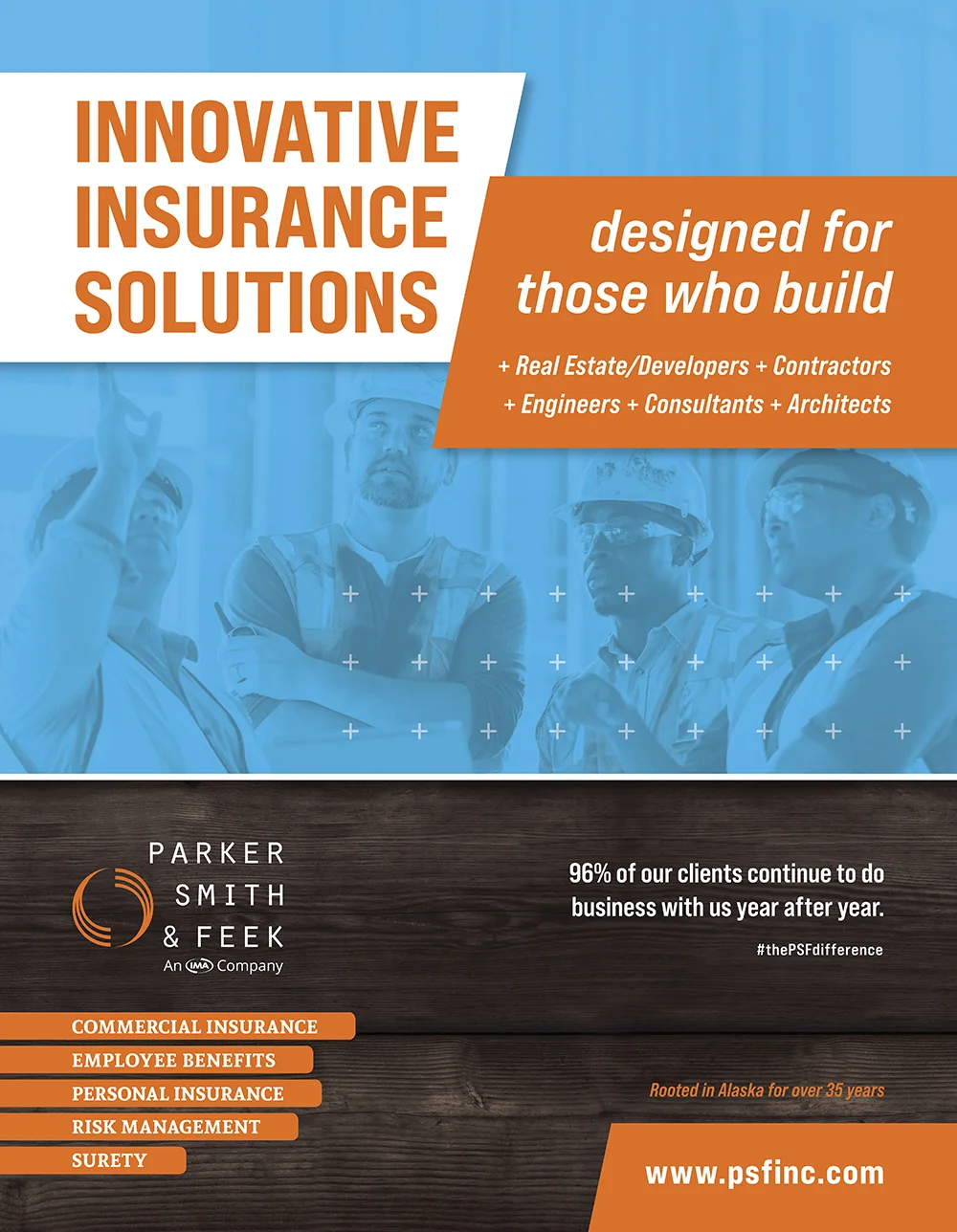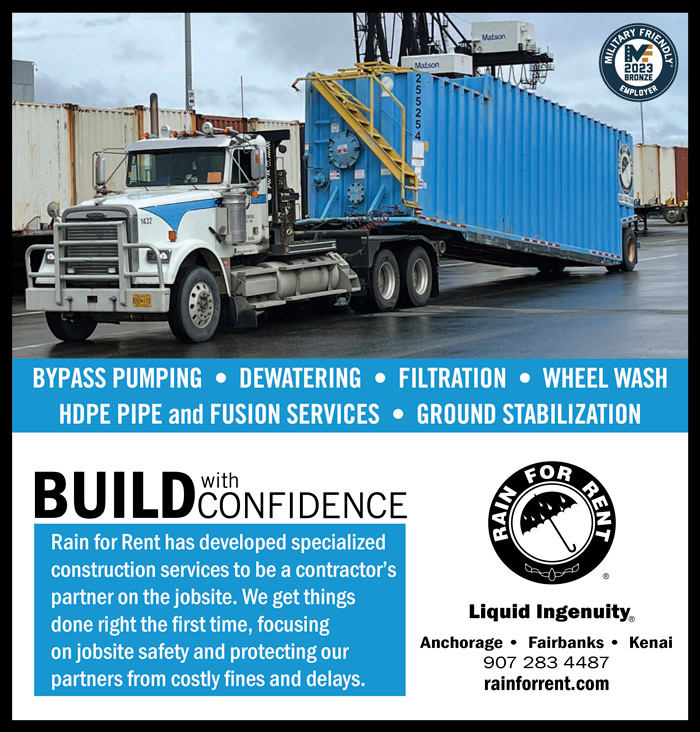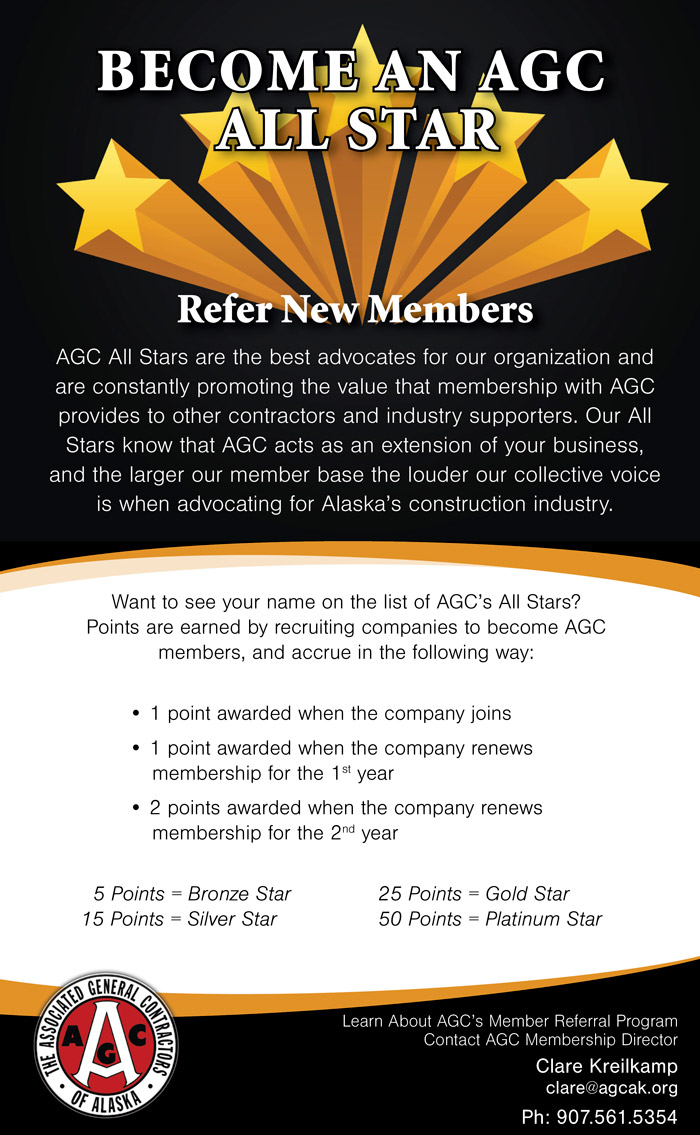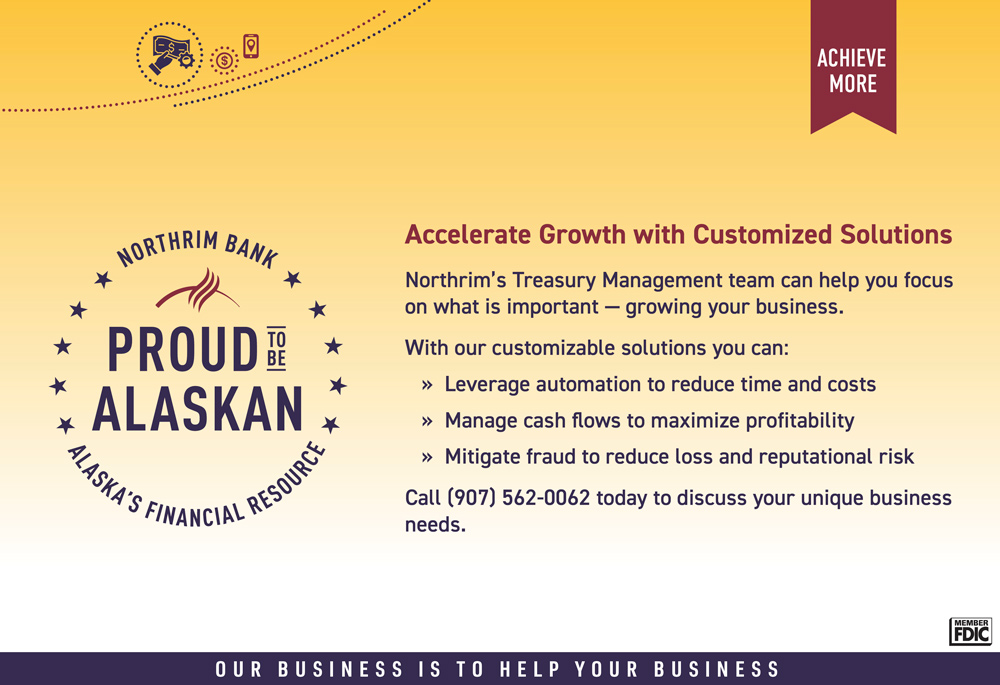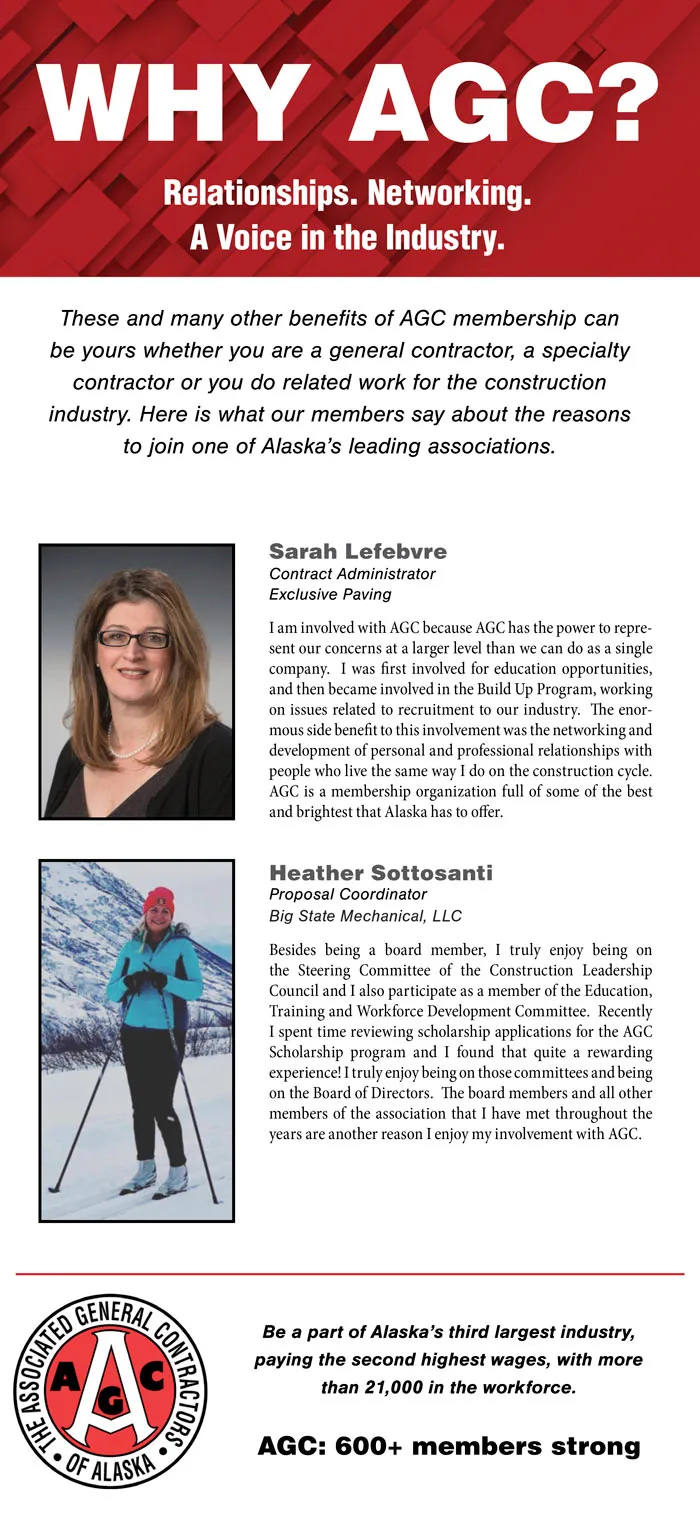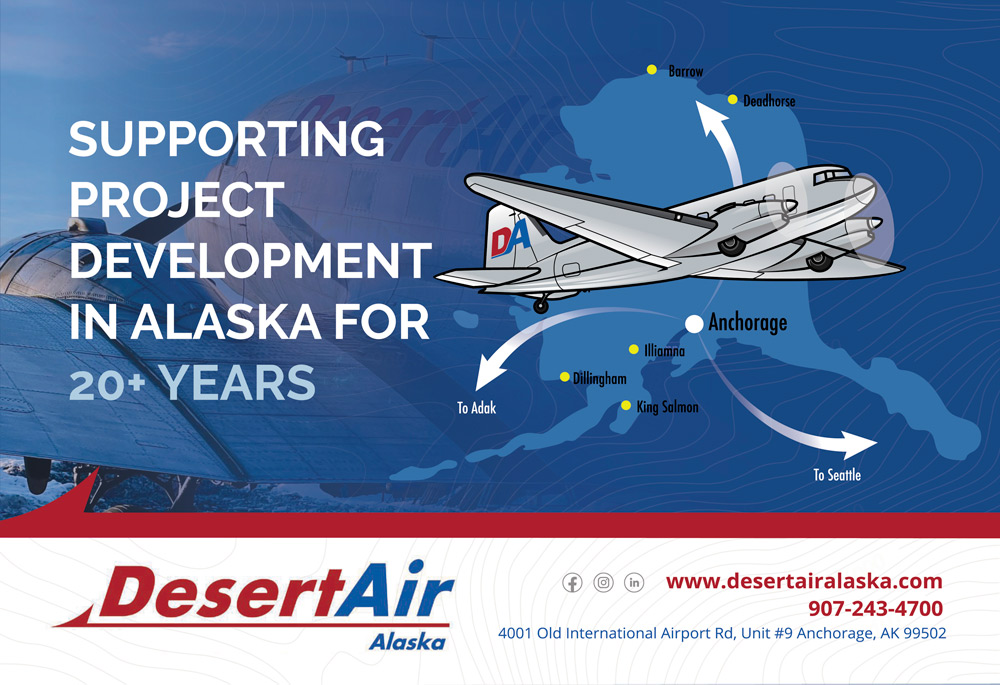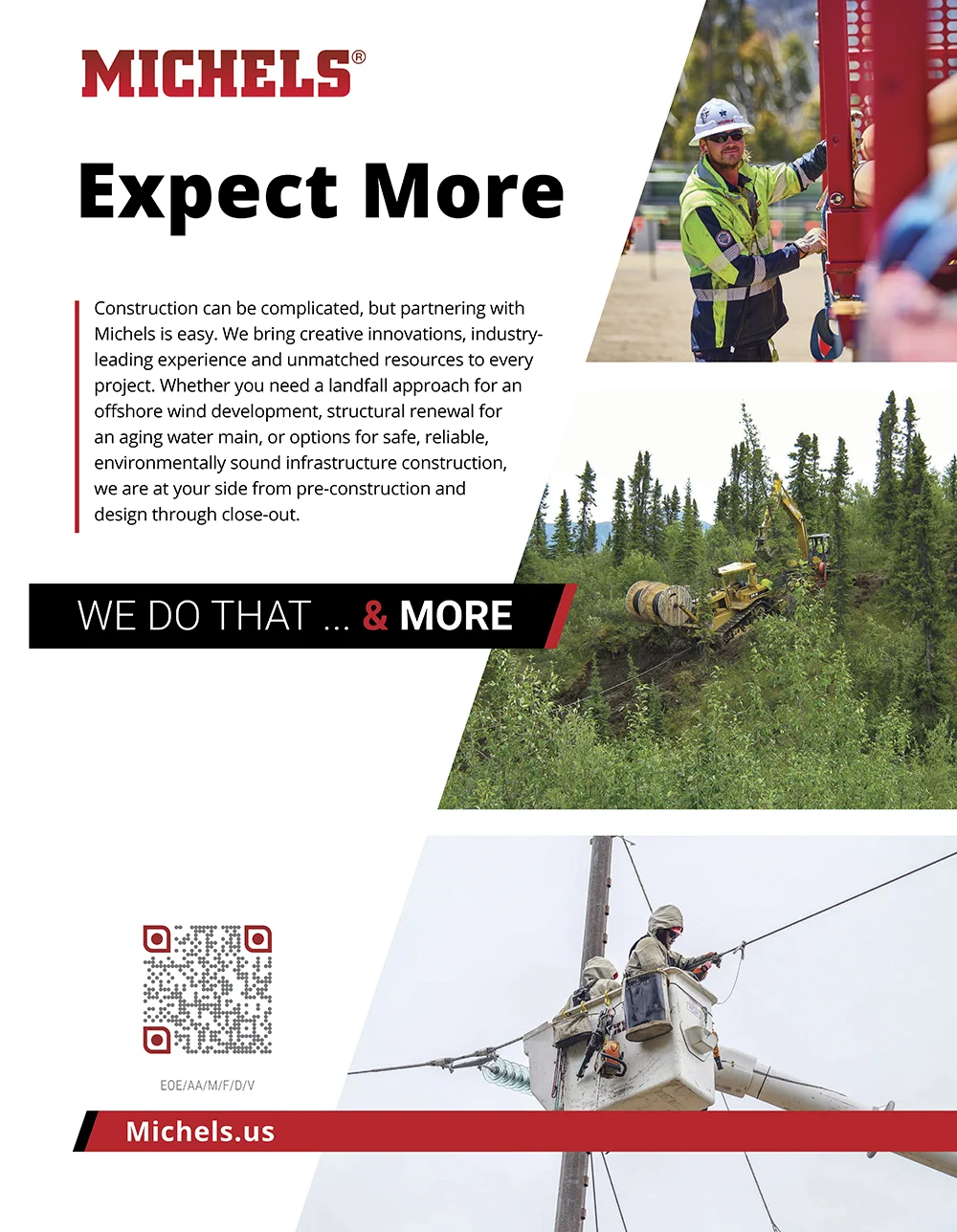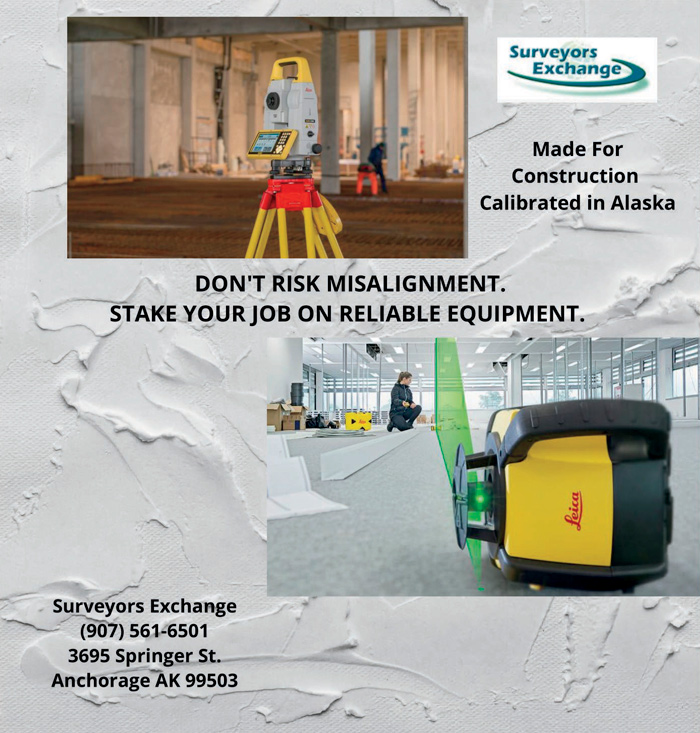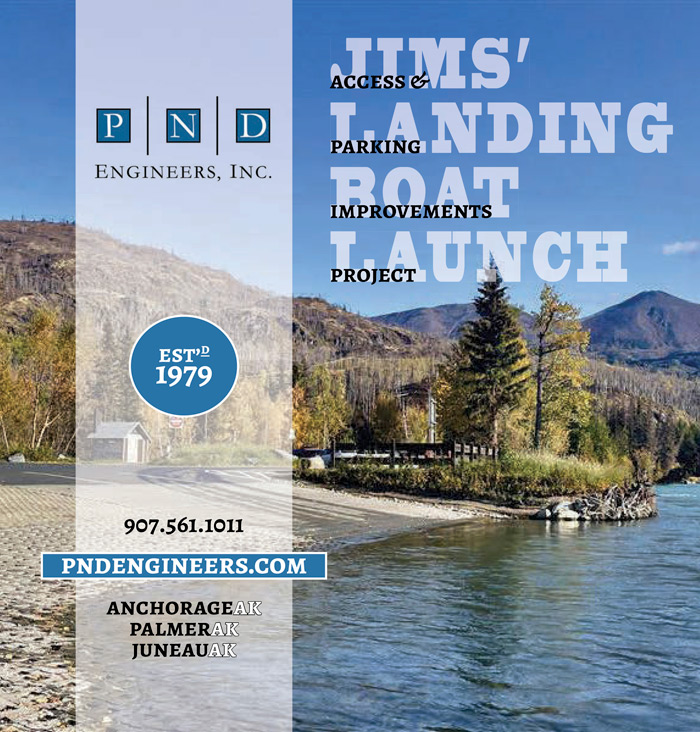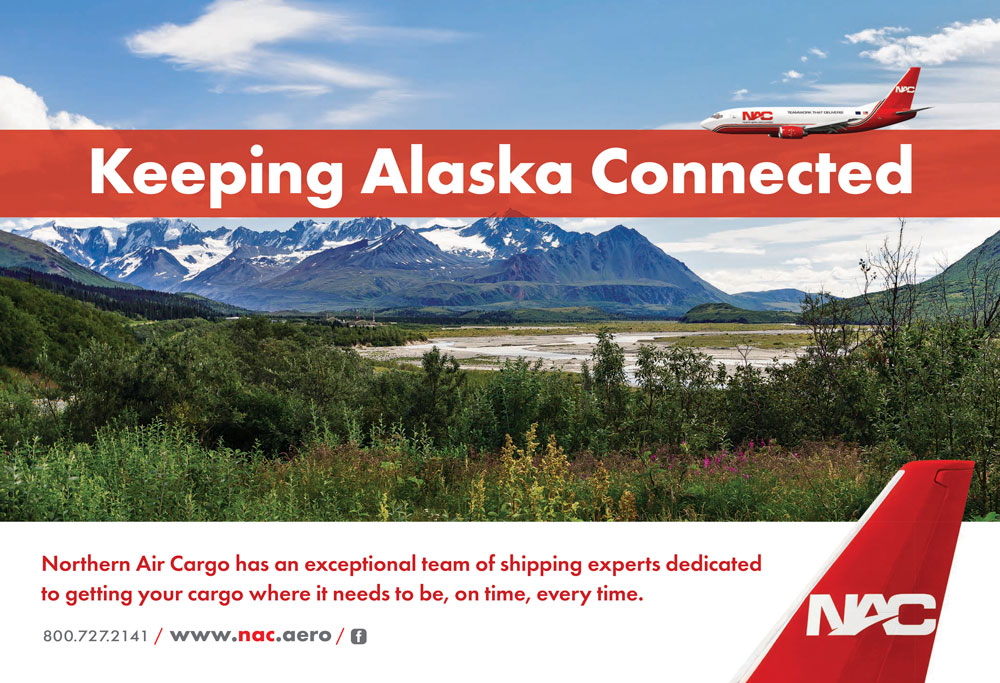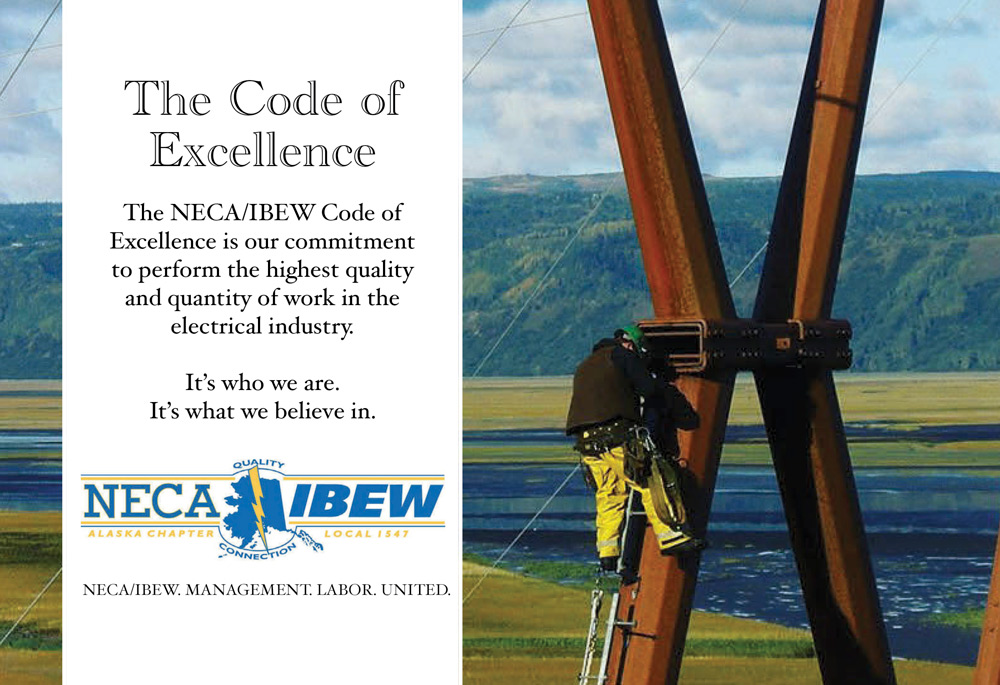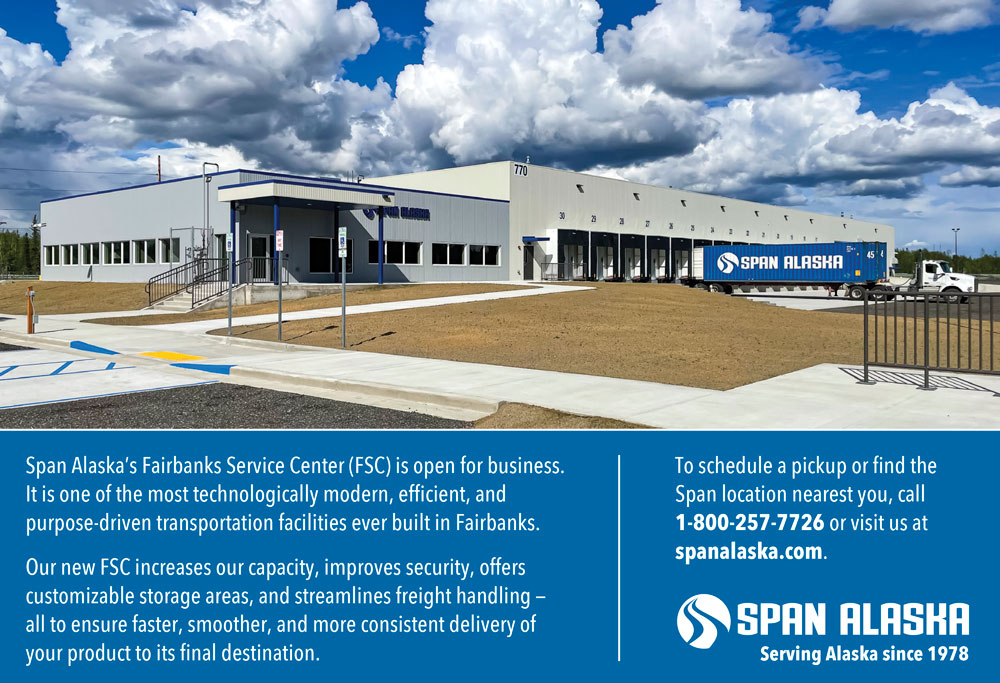Associated General
Contractors of Alaska

Associated General
Contractors of Alaska

8005 Schoon St.
Anchorage, AK 99518
907-561-5354
Fax: 907-562-6118
www.agcak.org
Associated General Contractors of Alaska
Jenith Ziegler
ChemTrack Alaska, Inc.
Pearl-Grace Pantaleone
HDR Alaska Inc.
Alicia Amberg
Associated General Contractors of Alaska
Christine A. White
R&M Consultants, Inc.
Heather Sottosanti
Big State Mechanical, LLC
Marcus Trivette
Brice, Inc.
Johnathon Storter
Meridian Management, Inc.
Tasha Anderson
Managing Editor
Rindi White
Editor
Monica Sterchi-Lowman
Art Director
Fulvia Lowe
Art Production
James K Brown
Graphic Designer
BUSINESS STAFF
Charles Bell
VP Sales & Marketing
907-257-2909 cbell@akbizmag.com
Janis J. Plume
Senior Account Manager
907-257-2917 janis@akbizmag.com
Christine Merki
Senior Account Manager
907-257-2911 cmerki@akbizmag.com
501 W. Northern LIghts Blvd., Ste 100
Anchorage, AK 99503
The Alaska Contractor is published by Alaska Business Publishing Co. Inc. for the Associated General Contractors of Alaska. Contents of the magazine are not necessarily endorsed by AGC of Alaska or Alaska Business Publishing Co. All rights reserved. Copyright 2024 by the Associated General Contractors of Alaska. For information about articles in this edition or for permission to reproduce any portion of it, contact Alaska Business Publishing Co.
Health Consortium
Design by James K Brown


8005 Schoon St.
Anchorage, AK 99518
907-561-5354
Fax: 907-562-6118
www.agcak.org
Associated General Contractors of Alaska
Jenith Ziegler
ChemTrack Alaska, Inc.
Pearl-Grace Pantaleone
HDR Alaska Inc.
Alicia Amberg
Associated General Contractors of Alaska
Christine A. White
R&M Consultants, Inc.
Heather Sottosanti
Big State Mechanical, LLC
Marcus Trivette
Brice, Inc.
Johnathon Storter
Meridian Management, Inc.
Tasha Anderson
Managing Editor
Rindi White
Editor
Monica Sterchi-Lowman
Art Director
Fulvia Lowe
Art Production
James K Brown
Graphic Designer
BUSINESS STAFF
Charles Bell
VP Sales & Marketing
907-257-2909 cbell@akbizmag.com
Janis J. Plume
Senior Account Manager
907-257-2917 janis@akbizmag.com
Christine Merki
Senior Account Manager
907-257-2911 cmerki@akbizmag.com
501 W. Northern LIghts Blvd., Ste 100
Anchorage, AK 99503
The Alaska Contractor is published by Alaska Business Publishing Co. Inc. for the Associated General Contractors of Alaska. Contents of the magazine are not necessarily endorsed by AGC of Alaska or Alaska Business Publishing Co. All rights reserved. Copyright 2024 by the Associated General Contractors of Alaska. For information about articles in this edition or for permission to reproduce any portion of it, contact Alaska Business Publishing Co.
Health Consortium
Design by James K Brown
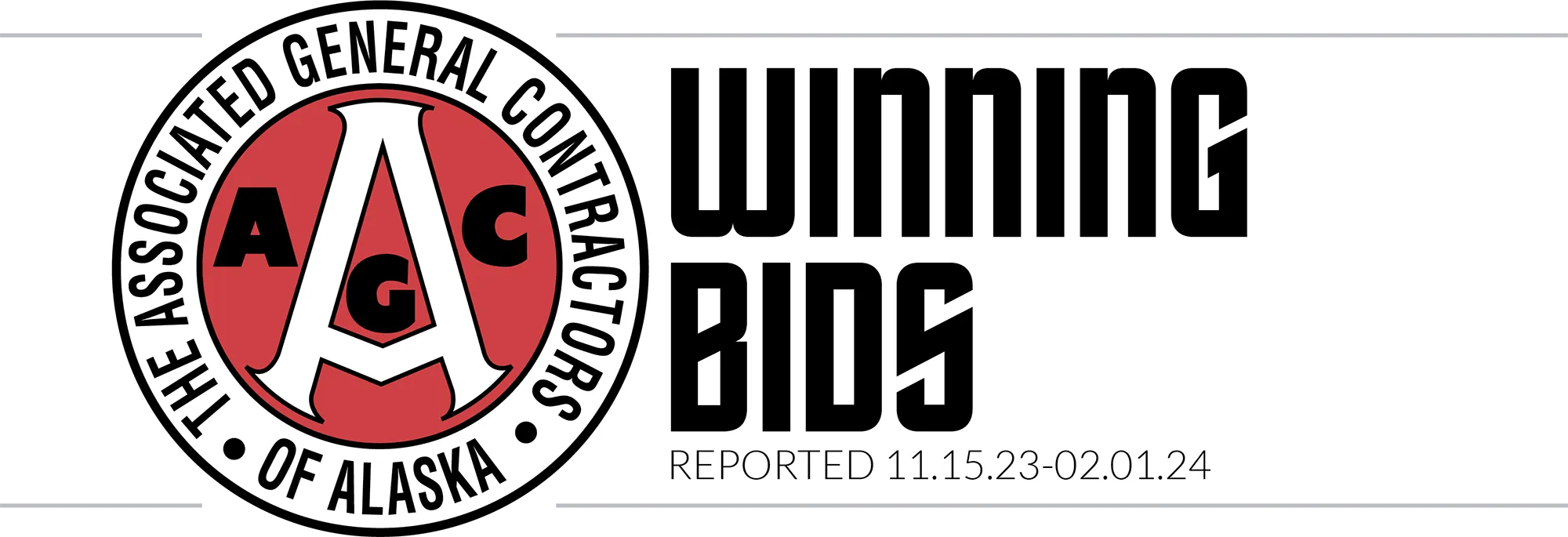
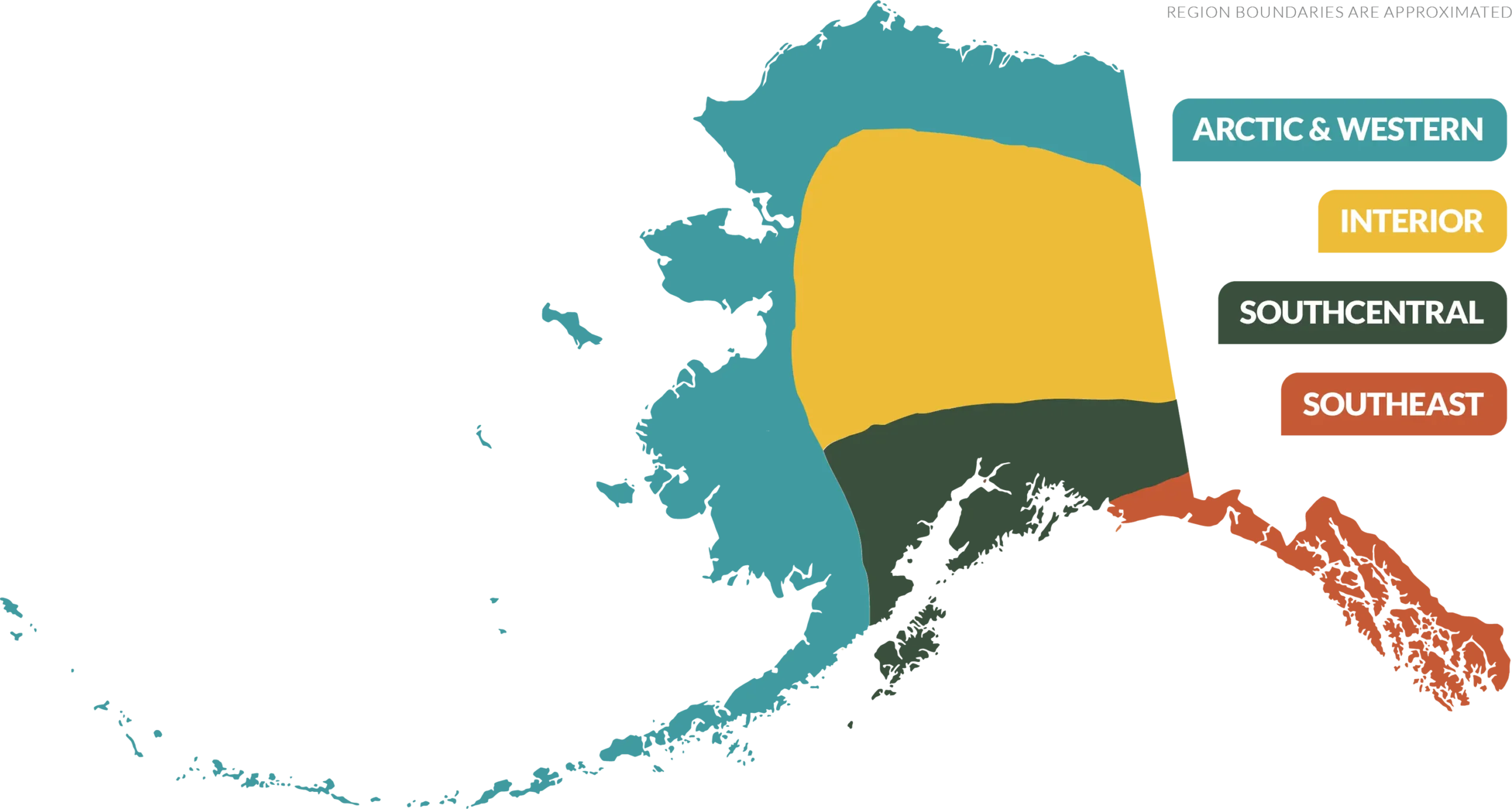



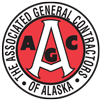 AGC MEMBER
AGC MEMBER
 Sturgeon Electric Co, Inc.
Sturgeon Electric Co, Inc.$1,793,300
Calcium Chloride, Bladders – Northern Region, Federally Funded
Univar Solutions USA, Inc.
$1,725,423
Install Steel Pipe Piling Various Villages in the Yukon Kuskokwim Delta
Specialty Supply / O’Brien Construction JV
$1,721,950
Kwethluk Power Reconnect
Bethel Contracting, LLC
$327,270
Eek Remediation Support – Alaska Region 2023
Tanana Commercial Co, LLC
$67,071

 Great Northwest, Inc.
Great Northwest, Inc.$960,000
Chena Lake Recreation Area Revitalization Phase I
Rhino Construction, LLC
$824,500
Pioneer Hall Controls and AHU Upgrades (Rebid)
American Mechanical, Inc.
$183,574
Forestry – Tok Area Wildland Urban Interface Fuels Project
Young Timber, Inc.
$131,700
Solid Waste Landfill Natural Gas Piping
Beckley Mechanical Company
$98,069
Midnight Sun Elementary School (MSN) Fire Pump Transfer Switch Replacement
 B&B Electric
B&B Electric
$40,335

Dawson Construction, LLC
$994,574
JNU Buried Tank Removal and Replacement
Alaska Fuel Systems, Inc.
$175,000
Ketchikan – Misty Ranger District (KRMD) Vault Pumping
Waste Connections of Alaska, Inc.
$99,361
Juneau Police Department Impound Lot Lighting Improvements
Alaska Electric
$62,000

 Western Marine Construction, Inc.
Western Marine Construction, Inc.$20,121,000
Construct Sunshine Creek Circle Improvements (Rebid)
 Neeser Construction, Inc.
Neeser Construction, Inc.
$200,742
Emergency Inventory Engine Purchase
49th State Power
$128,367
 Swalling General Contractors, Inc.
Swalling General Contractors, Inc.$93,280
D-1 Gravel for Denali Park Road
 CLI Construction
CLI Construction
$74,958
HVAC Energy Efficiency Improvements in three Village Clinics
Long Building Technologies
$56,348
Central Environmental, Inc.
$27,589
Air Quality HVAC Units Supply
EKTO Manufacturing Corporation
$21,828


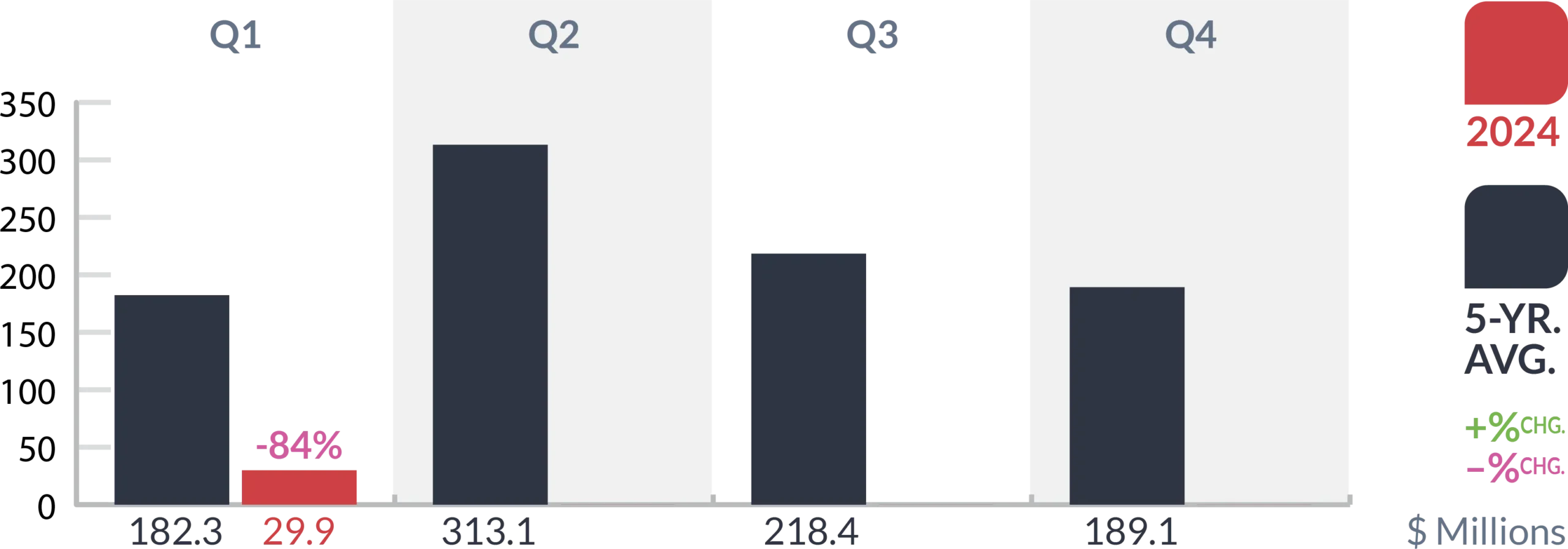


Brice Pacific, LLC
Robert Champion, Program Manager
3700 Centerpoint Dr., Ste. 8154
Anchorage, AK 99503
Phone: 907-277-7287
robert.champion@bricepacific.com
www.calistabrice.com
Specializes in general construction and is primarily focused on serving federal clients in Alaska, Lower 48, and select international markets. We are equipped to handle logistically challenging locations and offer a broad scope of services, including specialty structures, civil work, demolition and renovation, federal buildings, laboratory construction, storage solutions, utility infrastructure, and aircraft hangars.
*Referred by Brian Midyett, STG Pacific
Red Point Construction, LLC
Jake Fellman, President
Chris Harsh, Vice President
561 E. Steel Lp.
Palmer, AK 99645
Phone: 907-745-7624
jacobf@redpointteam.com
charsh@redpointteam.com
www.redpointteam.com
General contractor and specialty trades contractor.
*Referred by Scott Vierra, North Star Equipment Services
Forrest Boehmler, President
Janelle Christensen, Project Management
205 E. Dimond Blvd., Ste. 534
Anchorage, AK 99515
Phone: 907-351-9781
forrest@anchorenterpriseinc.com
janelle@anchorenterpriseinc.com
Fluid-applied coatings, high-performance epoxy, concrete repair, polished concrete, and slab jacking
Malone Construction LLC
Don Malone, Manager
PO Box 874196
Wasilla, AK 99687
Phone: 907-244-8482
malonedon@hotmail.com
Concrete placement throughout Alaska. We place concrete in some of the toughest areas of Alaska, from Prudhoe Bay to Anchorage and Juneau to Craig—we have done it all. From foundations to mine spillways—we can perform. We have received several recognitions on our slabs that we finished from the 3rd Contracting Squadron to general clients; everyone has been satisfied.
Jeff Wood, General Manager
6239 B St., Ste. 102
Anchorage, AK 99518
Phone: 907-830-9549
jeff.w@alaskawoodmoulding.com
www.alaskawoodmoulding.com
Alaska Wood Moulding’s capacity to manufacture custom wood products is only limited by the imagination: trim, siding, timbers, handrails, stair treads, and custom door jambs in any domestic or exotic species.
Hybrid Color | Digital + Creative
Jesse McCarty, Executive Producer
3707 Woodland Dr., Ste. 3
Anchorage, AK 99517
Phone: 907-903-9025
jesse@hybridcolor.com
www.hybridcolor.com
We are a local film production house/marketing agency.
*Referred by Jenith Ziegler, ChemTrack Alaska
Landye Bennett Blumstein LLP
Doug Karet, Partner
701 W. 8th Ave., Ste. 1100
Anchorage, AK 99501
Phone: 907-276-5152
dougk@lbblawyers.com
www.lbblawyers.com
Legal services.
Northwestern Mutual
Damon Yardley, Financial Advisor
655 E. 400 N.
Logan, UT 84321-4217
Phone: 208-851-2309
damon.yardley@nm.com
www.northwesternmutual.com/financial/advisor/damon-yardley
We provide holistic personal and business financial planning. We use unique cost-efficient strategies to help small businesses set up group benefits.
*Referred by Sarah Klebs, CGC Services
RPC, Inc.
Michelle Denney, President
Darrell Massie, Construction Manager
27607 Mallard Ct.
Chugiak, AK 99567
Phone: 907-360-2287
rpcalaska@outlook.com
passivehomesllc@outlook.com
RPC, Inc. provides project, construction, and grant management services.

MESSAGE
arlier this year the Associated General Contractors, or AGC, of Alaska held its annual construction spending forecast in both Anchorage and Fairbanks, sponsored by the Construction Industry Progress Fund, or CIPF. You can read more about the forecast here.
Those who attended the Fairbanks forecast breakfast might have noticed that it was not held in the training room at the office on Bonita Street that AGC has owned for decades. The forecast was instead delivered at the Westmark Fairbanks Hotel and Conference Center in Downtown Fairbanks. AGC of Alaska listed the Bonita Street property for sale, and it was under contract as we began the move to new, leased office space in Downtown Fairbanks.
Prior to the Online Plans service moving online, AGC’s Fairbanks office saw a substantial amount of foot traffic from contractors stopping by to copy plans and specifications for jobs they were bidding. The building was also frequently used for in-person training. However, the COVID-19 pandemic forced us to excel at virtual training, and the convenience of that option made it the preferred format even after our routines returned to normal.
While the location where AGC hangs its shingle has changed, many of the activities, events, and partnerships that we forge in the Golden Heart City continue. Members braved the -40°F degree cold in January to attend the Construction Spending Forecast. In February, the annual Bowl-A-Thon fundraiser, a sold-out event, was held at Nugget Lanes on Fort Wainwright to raise funds to support education. Members will learn about contracting opportunities from a variety of public and private owners at Spring Agency Day at the Taiga Center on Wedgewood Resort’s campus April 11, followed by the spring AGC membership meeting April 12. Later this summer, the annual golf tournament will return to Chena Bend, where thirty-six teams will compete for a variety of trophies while raising proceeds to support our missions.
AGC continues to partner with the Construction Management program at the Community and Technical College at UAF. The program has seen a 51 percent increase in enrollment year over year. This increase can be attributed to outreach and advertising supported by AGC and its members, a shift to offering online options for students, and a commitment from the university to field a program that meets the needs of its industry partners.
Change is constant, and it is more obvious around AGC in Fairbanks these days, but know that the good work your association is doing in the Interior is continuing. These changes will increase our staff’s ability to focus on our core mission and ensure we have the resources available to continue to support our members’ needs. The next time you are in Fairbanks, stop by our new location at 100 Cushman Street, Suite 402, and see AGC’s new footprint in Alaska’s second-largest city.

hy take this drastic step? In two words, fairness and flexibility. Let’s get right into the details.
Dollar threshold increase: The applicable project value threshold has been raised from $25 million to $35 million, and it expands the range of projects affected.
Small business consideration: The rule acknowledges the impact on small businesses, promising assistance from the US Office of Management and Budget, or OMB, and the US Department of Labor, or DOL, though details of this support remain unclear.
Effective date and exceptions: The mandate applies to solicitations from January 22, 2024 onward, with very limited exceptions available.
Legal costs: The requirement introduces potential legal complexities, as contractors navigate compliance and potentially challenge unfair conditions.
Negotiation dynamics: With the government stepping back from direct negotiation roles, contractors are left to negotiate PLAs from scratch, often without prior experience or established frameworks, increasing the risk of unfavorable terms.

- The cover photo of the Winter 2024 edition of The Alaska Contractor incorrectly credited Swalling General Contractors. The photo was taken by J. Edward Shiok of Hook, LLC.
- In the story “Better Care Near Home” in the Winter 2024 edition of The Alaska Contractor, the story should have stated that the Mount Edgecumbe Medical Center construction project is an ASKW-Davis, LLC project. The LLC is a joint venture of ASRC SKW Eskimos and Davis Constructors and Engineers.


Featured photo: 2023 Agency Day at Wedgewood Resort in Fairbanks.
hile you would expect a university dorm to be pretty quiet after students move out, there’s actually a lot of activity happening on the University of Alaska Fairbanks, or UAF, Troth Yeddha’ campus as GHEMM Company, LLC, works to complete two large construction projects designed to enhance the student experience.


Photo provided by UAF
In 2021, Bettisworth North Architects and Planners, Inc. worked in collaboration with the UAF User Design Committee to envision the space. GHEMM Company, LLC, won the bid through a low lump sum bid contracting method and began construction in June of 2023.
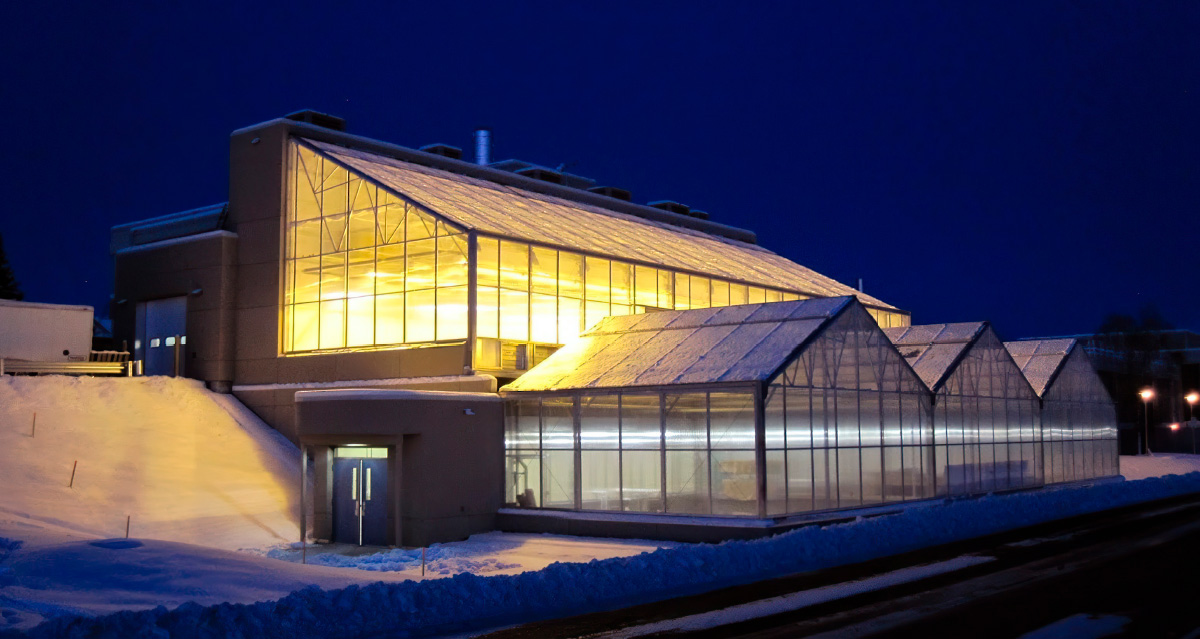
Photo provided by Ken Graham
Work is expected to be completed in early August, with close-outs and cleaning to follow.
Wohlford says the $32.5 million project has been on the books for ten years and includes removing and replacing the plumbing infrastructure, redoing the restrooms, and relocating laundry rooms. GHEMM will also do a finish facelift inside each dorm room that includes painting and new floors, as well as new flooring in the corridors.
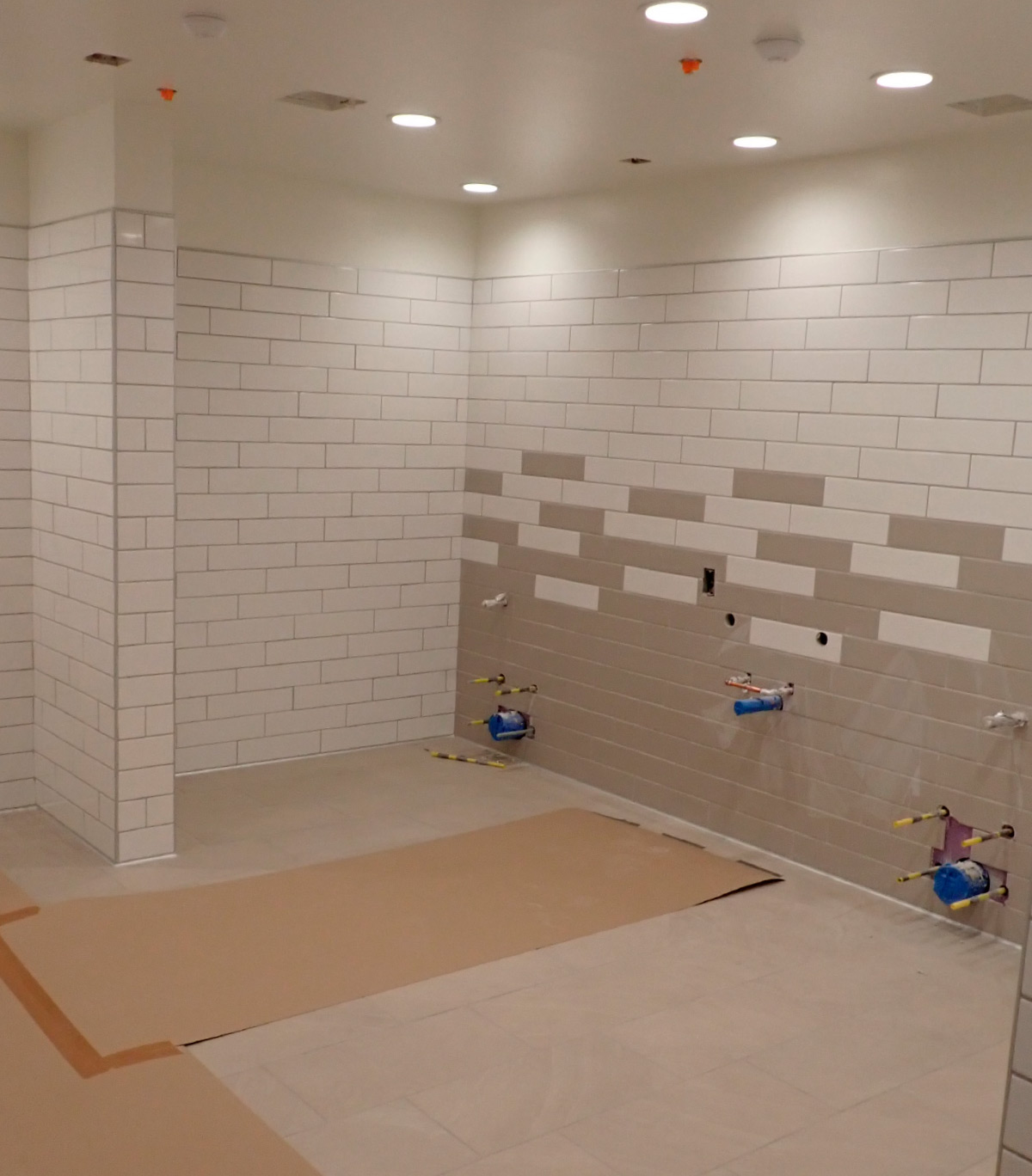
“As soon as the students moved out, we moved in,” says Nordale. “It’s a tight timeline. Each building is eight floors for a total of sixteen floors, and we’re touching every floor.”
Not surprisingly, there were a number of code upgrades that were not anticipated in the work on the 60-year-old buildings, increasing the cost of the job.
“Unfortunately, the timeline hasn’t changed—we still have to be done when school starts in fall 2024,” says Nordale. “For us, that’s the biggest challenge.”
The GHEMM crew are systematically working their way from the top to the bottom of each building, with builders framing walls on one floor while electricians and plumbers work on another. Sheetrock, ceramic tile, and painting work follow behind.
“It’s like a train moving through each building, and when we come across unexpected conditions we have to fix, it causes hiccups,” says Nordale. “But, at the end of the day, we have to be done because every single dorm room on the campus is full. In fact, UAF brought old dorms back online to accommodate the fact that these two are offline.”
These projects are not the first that GHEMM has completed for UAF. The company worked on the original on-site power plant, built the virology lab on the west ridge of the campus, and built an addition onto the Wood Center. It also renovated the Fine Arts Complex lobby, replaced windows in the library, and built greenhouses and a lab at the Arctic Health Center.
President, GHEMM Company
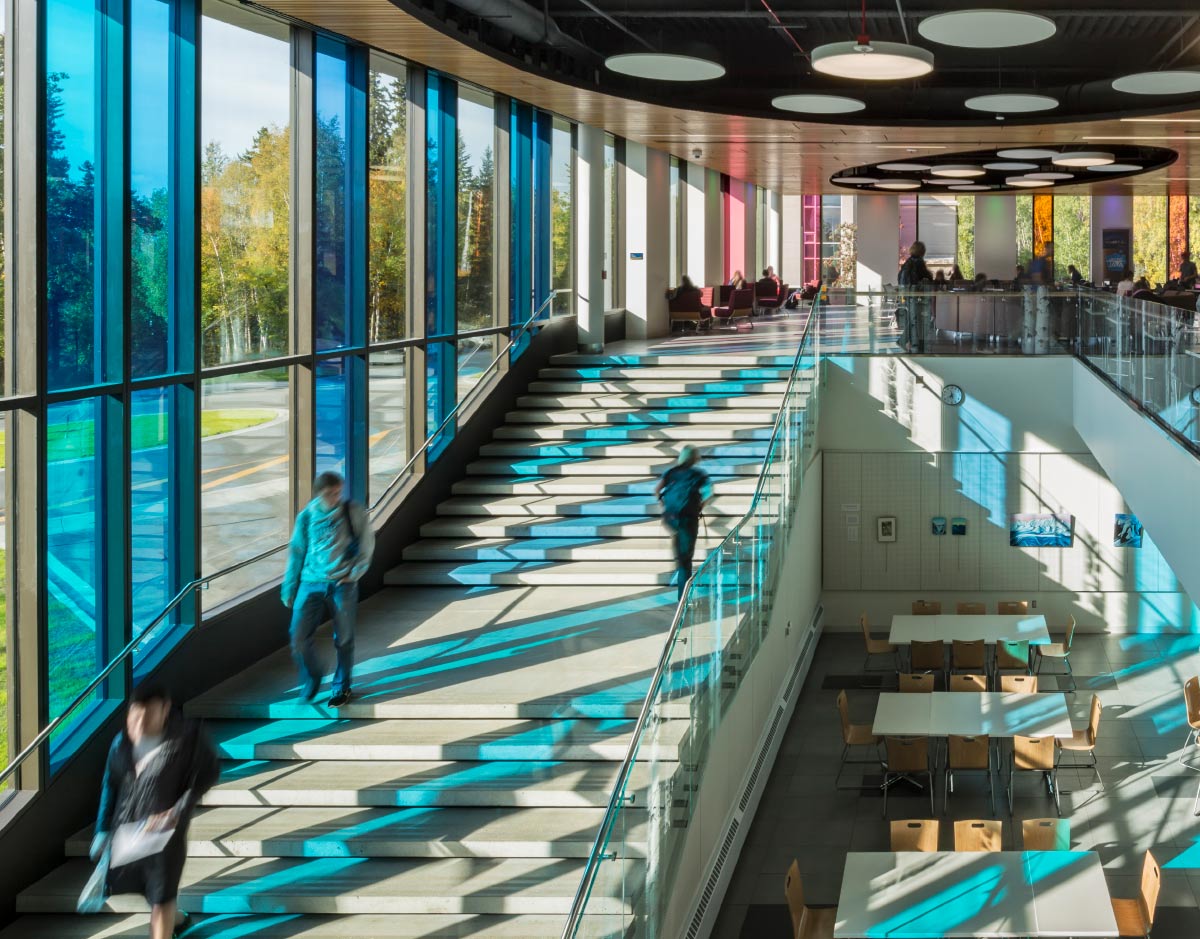
UAF Student Success Center:
- A&A Roofing Company, Inc.
- Commercial Contractors, Inc.
- Star Electric, Inc.
Moore and Bartlett complex:
- West Coast Concrete Restoration
- A&A Roofing Company, Inc.
- Commercial Contractors, Inc.
- Gundersen Painting, Inc.
- Patrick Mechanical, LLC
- Fullford Electric, Inc.

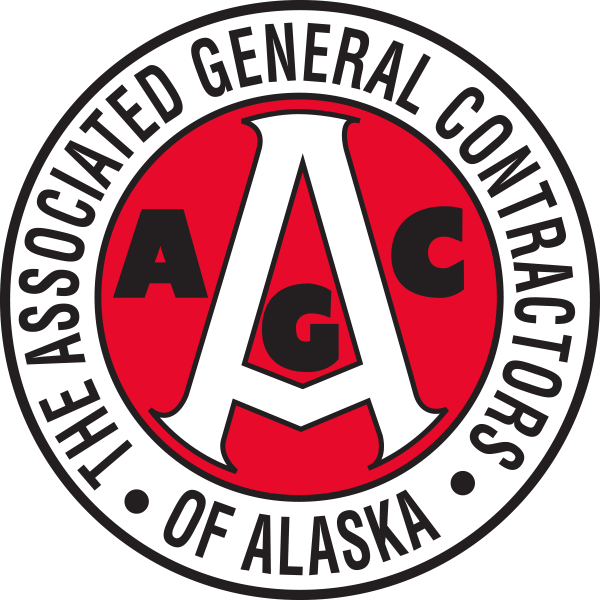
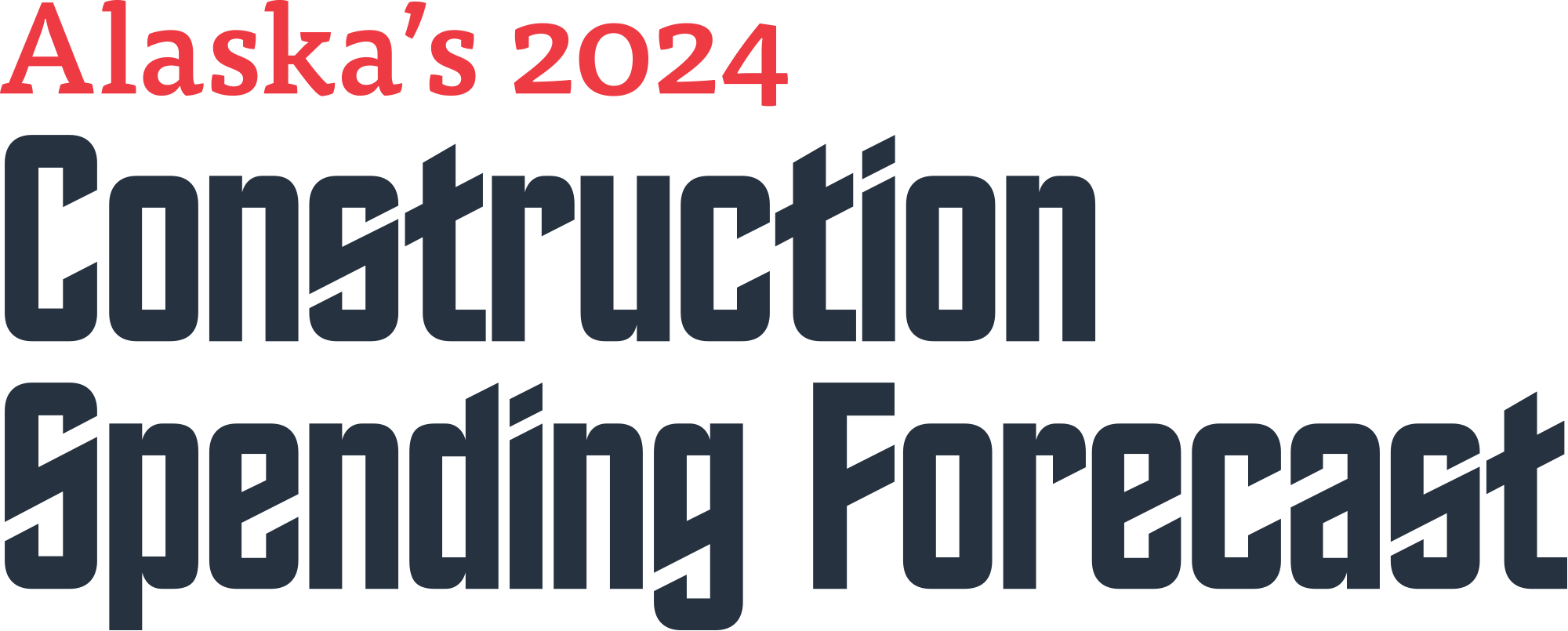
Photo provided by GCI
Photo provided by GCI


ignificant federal infrastructure funding and the acceleration of oil project development on Alaska’s North Slope are expected to drive statewide construction spending over the next several years. Two years into the five-year federal Infrastructure Investment and Jobs Act, or IIJA, funding authorization, significant transportation, water and wastewater, energy, and broadband funding have been allocated to Alaska’s state and local governments, tribal entities, and others. Meanwhile, oil and gas production and exploration companies expect to spend $14 billion on capital expenditures over the next five years. Amid these positive signals for the state’s construction industry, high interest rates, and a limited construction workforce pose risks to investment in many sectors.
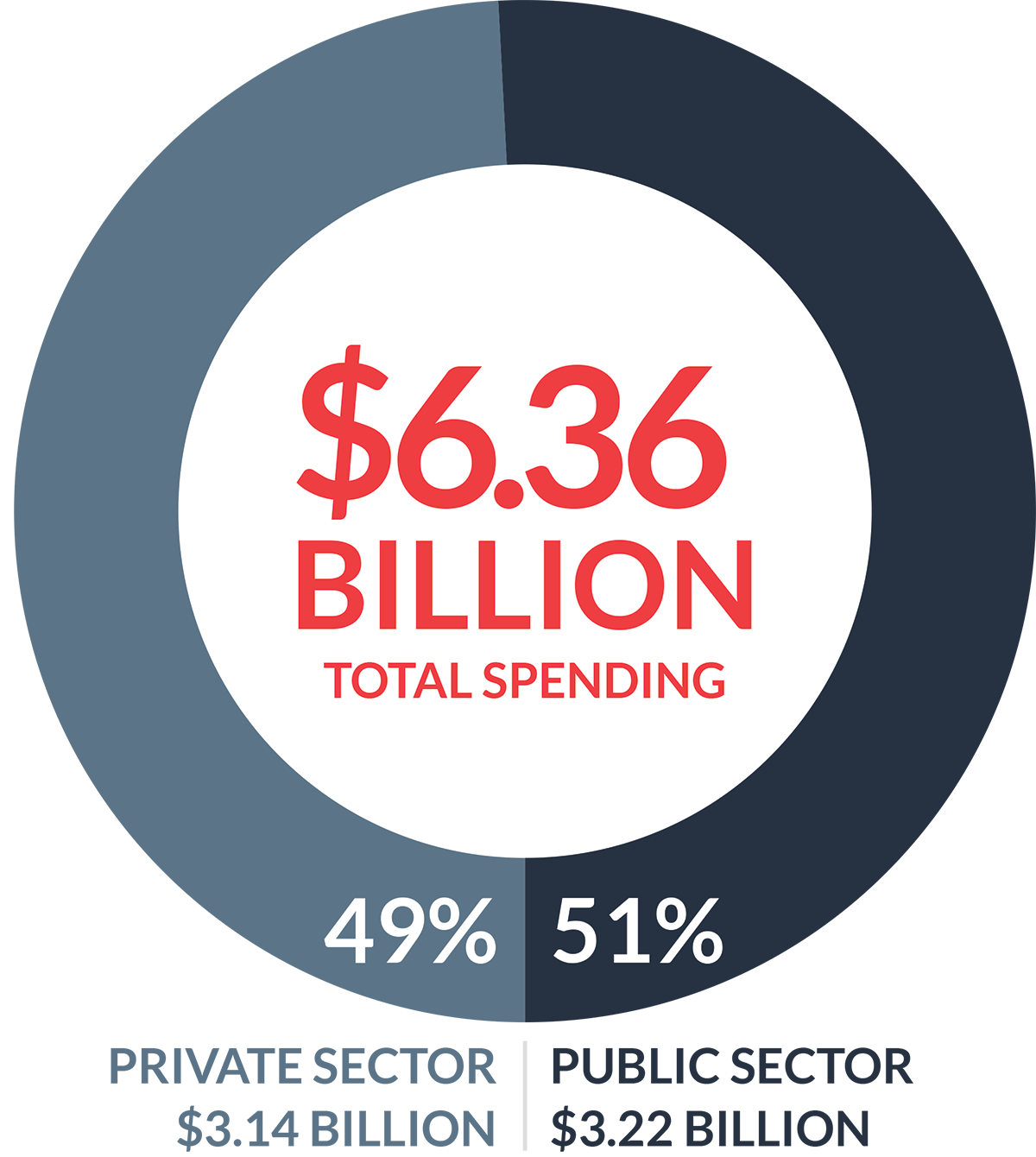




Photo provided by Davis Constructors & Engineers




-
Oil and Gas
$1,160
-
Utilities
$700
-
Residential
$405
-
Hospitals/Healthcare
$260
-
Mining
$165
-
Other Basic Industry
$90
-
Other Commercial
$360
-
SECTOR TOTAL
$3,140
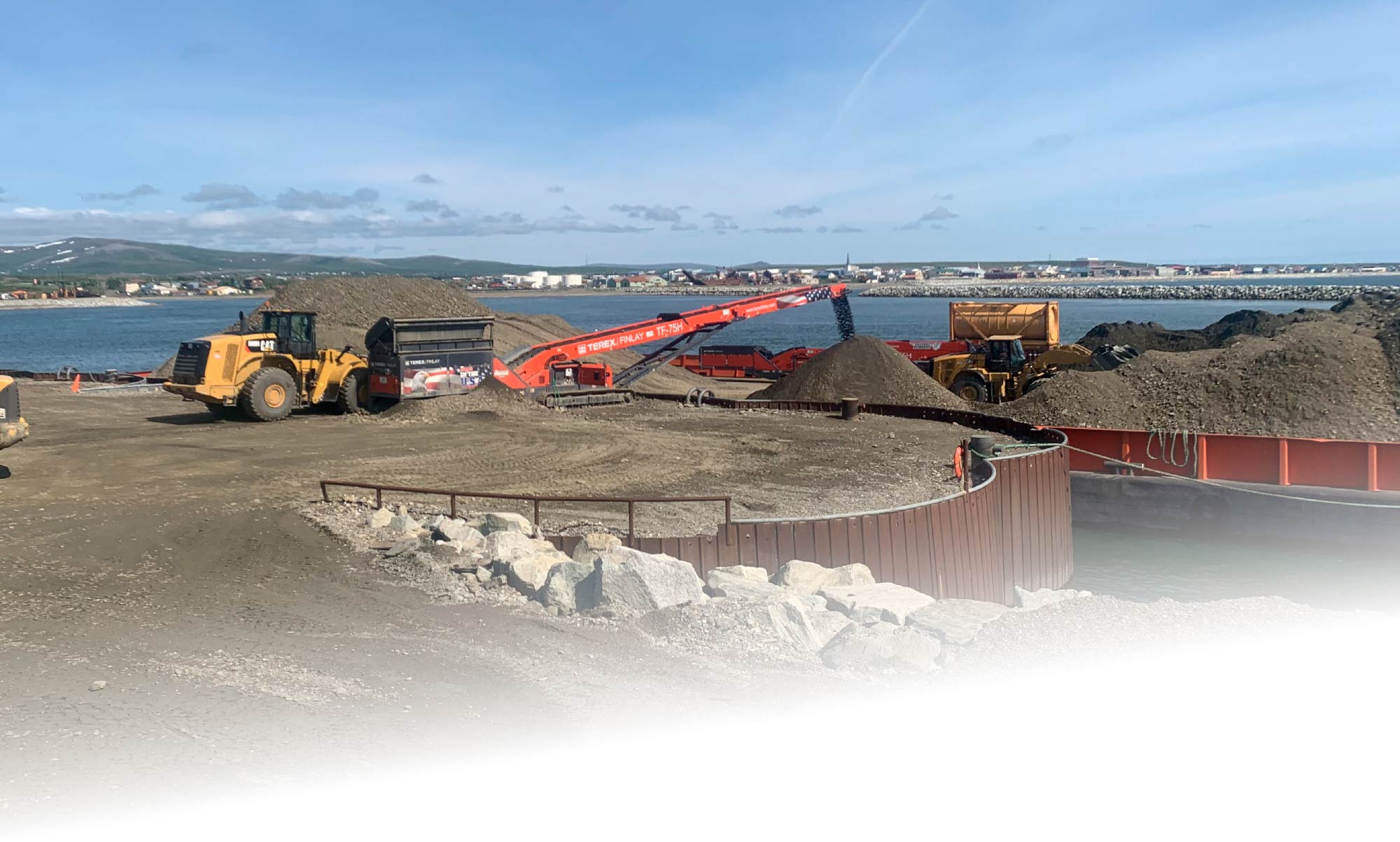
Photo provided by Brice, Inc.



-
Highways & Roads
$805
-
National Defense
$600
-
Airports, Ports, and Harbors
$565
-
Education
$335
-
Other State and Local Government
$535
-
Other Federal Government
$380
-
SECTOR TOTAL
$3,220
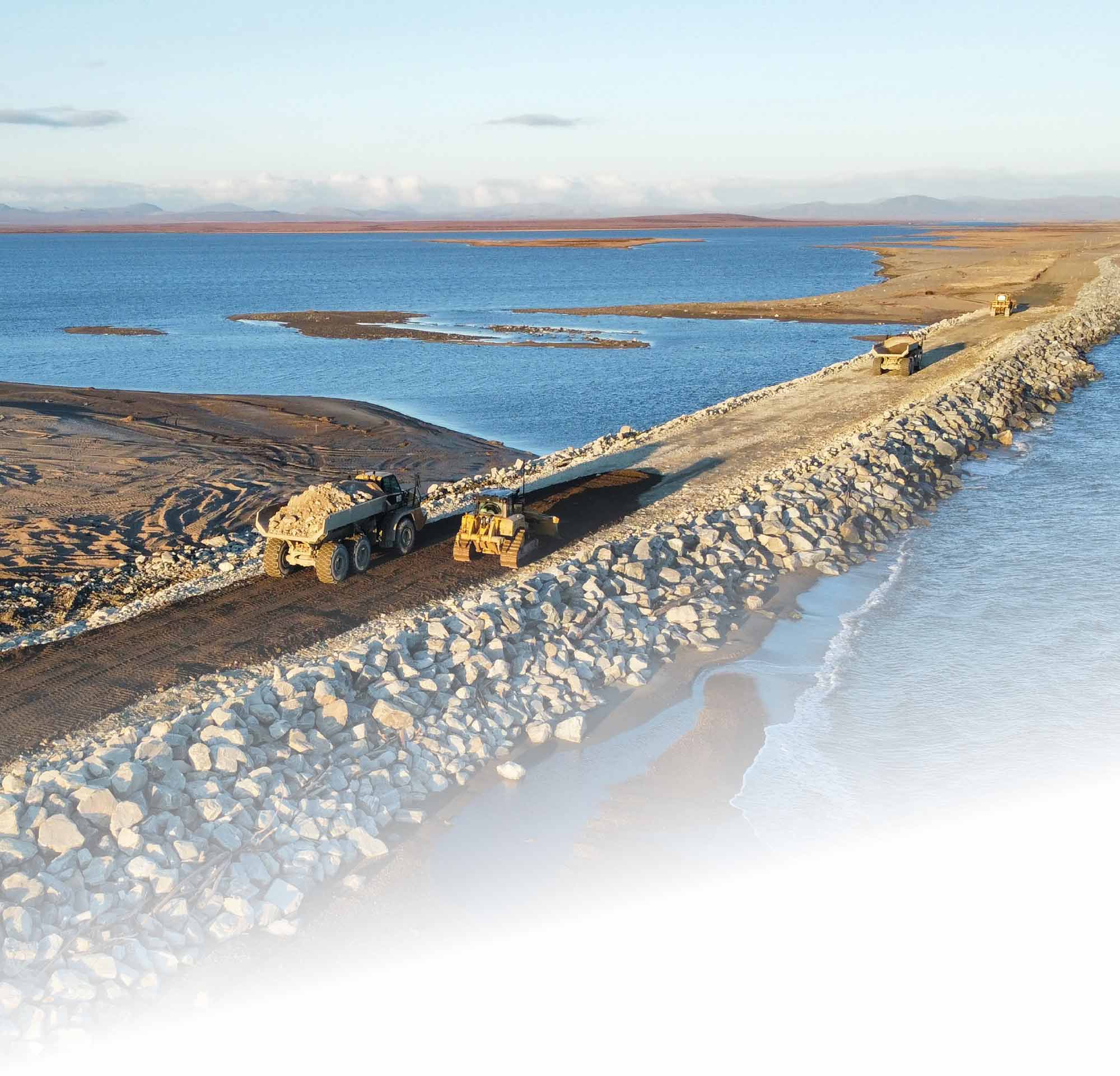
Photo provided by Knik Construction



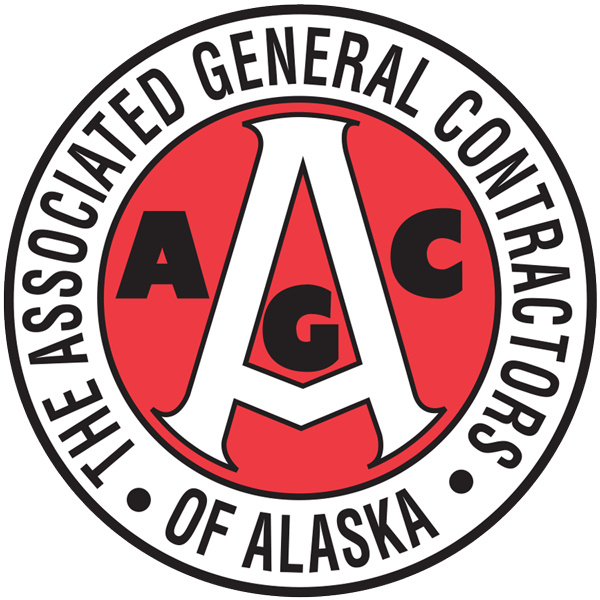
The Economic Benefits of Alaska’s Construction Industry
January 2024
Photo provided by STG, Inc.
Photo provided by STG, Inc.
January 2024
he construction industry is a critical component of Alaska’s economy. It is integral to all industrial, commercial, residential, and infrastructure development in Alaska. Its economic reach spans the entire state, from the smallest village to the largest city. Alaska’s construction industry is an important source of jobs and wages. The industry employed 23,600 workers, including 16,105 wage and salary employees. Statewide construction industry-related jobs represent 9 percent of all Alaska jobs (39,200 of 458,000). Construction industry-related activity accounted for $3.3 billion in labor income, 10 percent of Alaska’s total labor income ($34.5 billion).
23,600
Number of Alaska construction workers, including wage and salary and self-employed workers
1 in 20
Share of jobs in Alaska’s economy that were in the construction sector
2,600
Number of construction industry employees in Alaska
39,200
Total number of statewide construction-related jobs, including multiplier effects
$85,000
Average annual construction worker wage
$2.3 billion
Total labor income of construction workers, including self-employed workers
$3.3 billion
Total statewide labor income impact, including multiplier effects




23,600
Number of Alaska construction workers, including wage and salary and self-employed workers
1 in 20
Share of jobs in Alaska’s economy that were in the construction sector
2,600
Number of construction industry employees in Alaska
39,200
Total number of statewide construction-related jobs, including multiplier effects
$85,000
Average annual construction worker wage
$2.3 billion
Total labor income of construction workers, including self-employed workers
$3.3 billion
Total statewide labor income impact, including multiplier effects





Construction Industry
Progress Fund
- OCCUPATIONAL TRANSFERS These openings are the result of worker turnover. As workers leave construction occupations for different jobs, they are expected to create about 1,250 openings each year.
- LABOR FORCE EXITSThese openings are the result of workers leaving the workforce entirely due to retirement, moving out of Alaska, or other circumstances. Construction workers leaving Alaska’s labor force are expected to create 535 openings each year.
- INDUSTRY GROWTHThese openings are the result of higher demand for workers in construction occupations. New growth opportunities are expected to create about 175 openings each year.
Average annual openings are expected to be highest for construction trades workers such as carpenters, electricians, plumbers, operating engineers, and laborers.

Ahtna Infrastructure & Technologies, LLC




Aerial view of the future school in Yup’ik village of Napakiak.
Effective Anywhere
ime was of the essence as the Yup’ik village of Napakiak watched the Kuskokwim River inch closer toward engulfing the local school. Despite numerous challenges, including a stop-work order, Ahtna Infrastructure & Technologies, LLC, or AIT, tackled the logistical complexities head-on to complete the first stage of relocating the school: the foundation, pilings, and installation of 50,000-pound fuel tanks.
AIT provided five foundation pads at no cost by repurposing excavated material that would have overwhelmed the landfill. The project was completed ahead of schedule, within budget, and with zero safety incidents.
AIT and its sister subsidiaries have successfully performed more than 1,600 projects worldwide, from the farthest reaches of Alaska’s Aleutian chain to Ghana in Africa.

Customized dolly used to transport 50,000-pound fuel tanks.
These skills allow AIT to proactively identify and overcome logistical project obstacles, including those associated with complex compliance, safety, and environmental concerns.
The firm specializes in the execution of time-sensitive, complex, and multifaceted construction, environmental, and professional services for government and commercial clients.
“Our multidisciplinary professional staff includes construction supervisors and craft labor, engineers, project managers, scientists, and various field personnel with decades of remote experience,” says Kropidlowski.
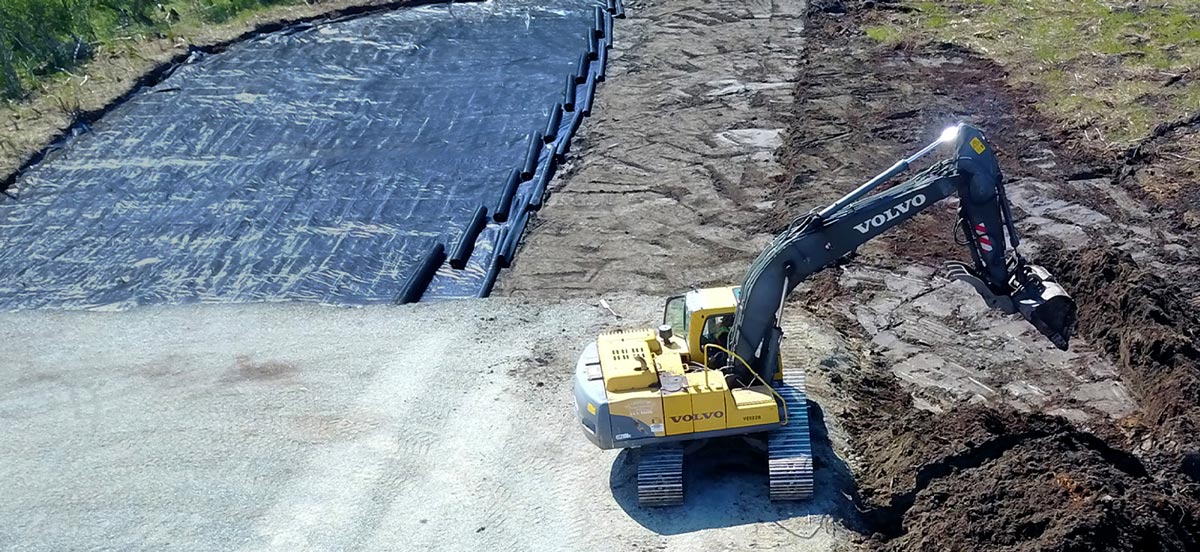
“We are excited to continue to expand our presence both geographically and with new federal customers,” says Kevin Bergt, director of operations. “AIT and the sister companies within the Ahtna Diversified Holdings group are fast becoming nationwide contractors, and AIT’s success has been a large contributing factor to our growth as an organization.”
– Kevin Bergt,
Director of Operations,
Ahtna Infrastructure & Technologies, LLC
AIT also uses the benefits of sole-source contracting to provide certainty to both the contractor and the client. “We appreciate the certainty of sole-source contracts; however, the client benefits the most from the certainty and advantages,” explains Finnigan. “The sole-source process means work can be performed sooner, since competitive contracts can take up to a year from the Request for Proposal being issued to the Notice to Proceed and commencement of the work. Moreover, the client knows exactly who will be performing the work, they are comfortable with the contractor’s qualifications, and—most importantly—the client will enjoy certainty in terms of the price they are paying for the work to be performed.”

– Kim Sweet,
Director of Operations,
Lower Kuskokwim School District
AIT’s culture of safety permeates every design and construction task the firm performs, as proven by its low 2023 Experience Modification Rating, or EMR, of 0.77, which is well below the industry average of 1.0. The firm’s commitment to world-class safety is also reflected in its Days Away, Restricted, Transfer, or DART Rate statistics for the company’s operations. Additionally, AIT’s Total Recordable Incident Rate also tracks far below the industry average.
In 2023, AIT was the recipient of an Associated General Contractors of Alaska ConocoPhillips Excellence in Safety award, demonstrating the firm’s continued commitment to safe work environments for its staff, subconsultants, vendors, and end users.
“We’ve worked with AIT on two projects,” says Kim Sweet, director of operations for Lower Kuskokwim School District. “The first project, the Napakiak Managed Retreat, involved moving fuel tanks away from a rapidly eroding river and averting a natural disaster that would have impacted peoples’ ability to subsistence fish and to feed their families. The second project, the Kasigluk-Akiuk fire, involved site cleanup after a fire destroyed several outbuildings around the school.”
Sweet adds, “Once on site, AIT was able to pivot to another pressing project, the gym roof repair after it collapsed from snow load. The cleanup was well done, and AIT took the lead on disposal. The gym roof repair is still in process, and the quality of work they are doing is exemplary.”
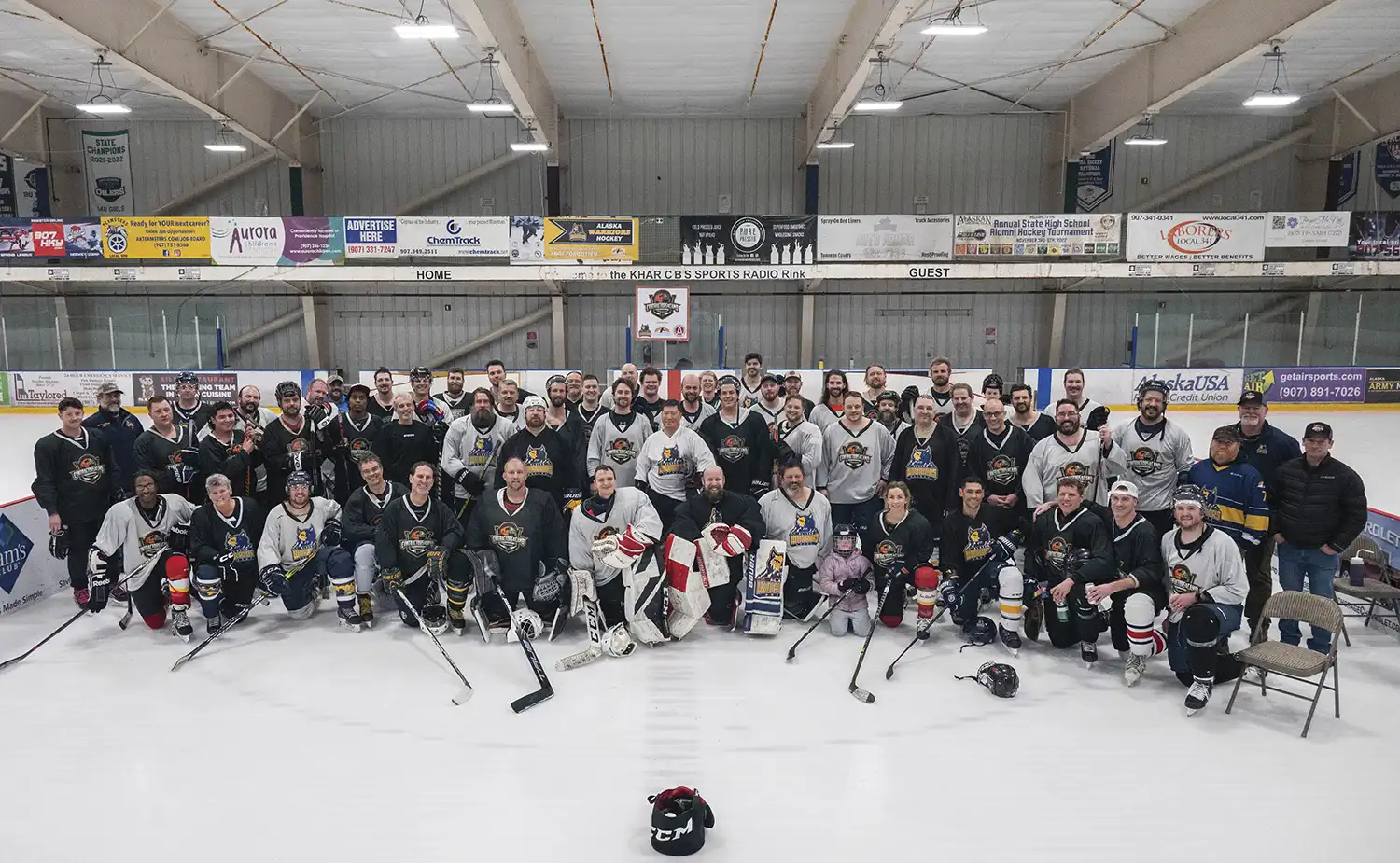


ix teams battled it out on the ice in the January 6 Contractors and Camo hockey tournament at the Kelly Connect Ice Center in South Anchorage. The three-on-three tournament matched players from Alaska’s construction industry and the Alaska Warriors hockey team, a Challenge Alaska program for military veterans with disabilities. The event is an annual fundraiser for Challenge Alaska and Alaska Warriors Hockey. After an all-day tournament, Team Delta emerged as the winner, decided by a classic shootout.

- TOTE Maritime Alaska, Inc.
- ChemTrack Alaska, Inc.
- Kelley Connect Ice Center
- QAP
- Matson
- Marsh McLennan
- Lynden
- Anchorage Sand & Gravel Co., Inc.
- Drake Construction, Inc.
- NC Machinery
- Uncommon Pizza
- Naniq
- Parker Smith & Feek, LLC
- Northern Air Cargo
- Denali Drilling, Inc.

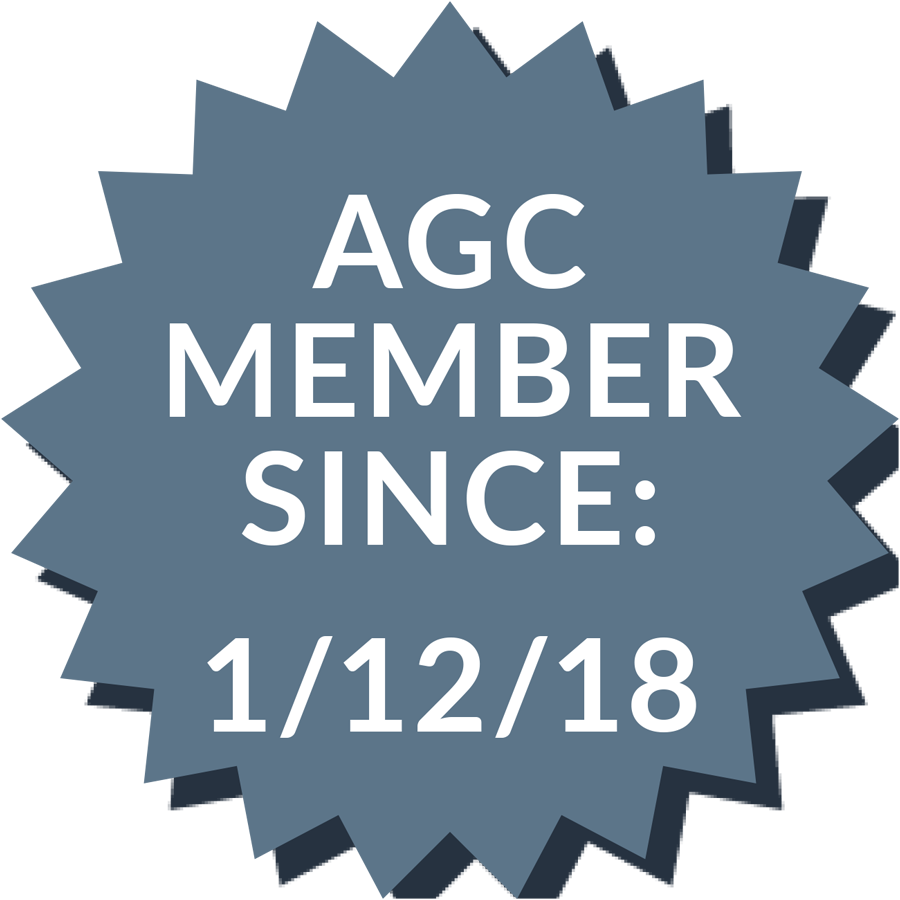


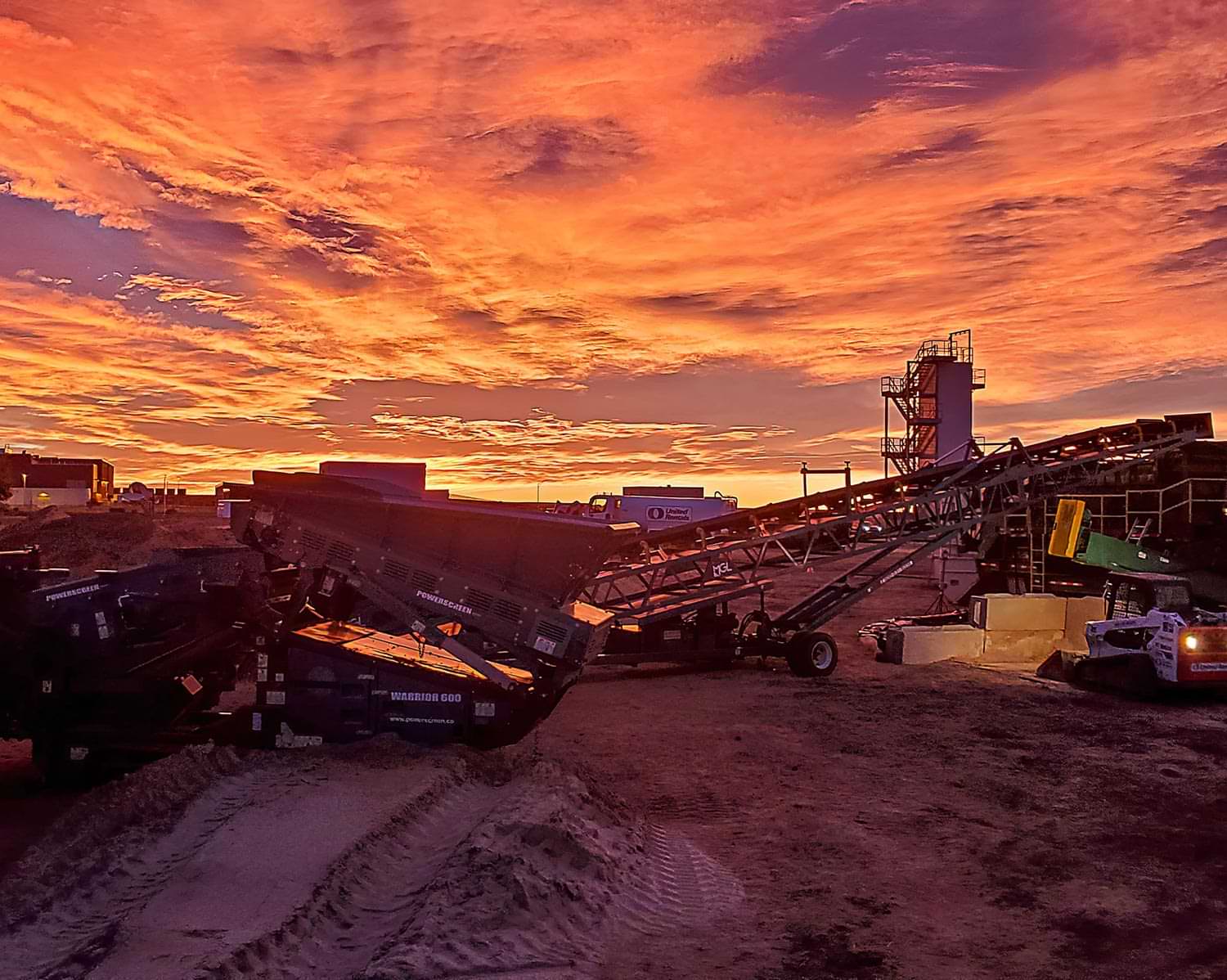
ith a rich history dating back to the ‘60s, Brice Engineering is an Alaska company that has evolved from a family-owned construction firm to a powerhouse in the engineering and environmental services sector.
Today, Brice Engineering boasts a diverse portfolio of successful projects spanning Alaska, Hawaii, and the Pacific Rim, demonstrating a commitment to excellence and innovation. A subsidiary of Calista Corporation, Brice Engineering stands as a testament to Alaska’s ingenuity and resilience.
“Employees are looking for companies that work with purpose, provide purpose, and do things to help,” says Brice Pacific Regional Director Makenzie Wing. “We’re doing work that is hugely important.”
In recent years, Brice Engineering has spearheaded several high-profile projects that underscore its expertise and dedication to quality. One such project is the Short-Term Fuel Pier Repairs at Eareckson Air Station, or EAS, on Shemya Island, where Brice Engineering swiftly addressed the station’s critical infrastructure needs to maintain operational readiness.
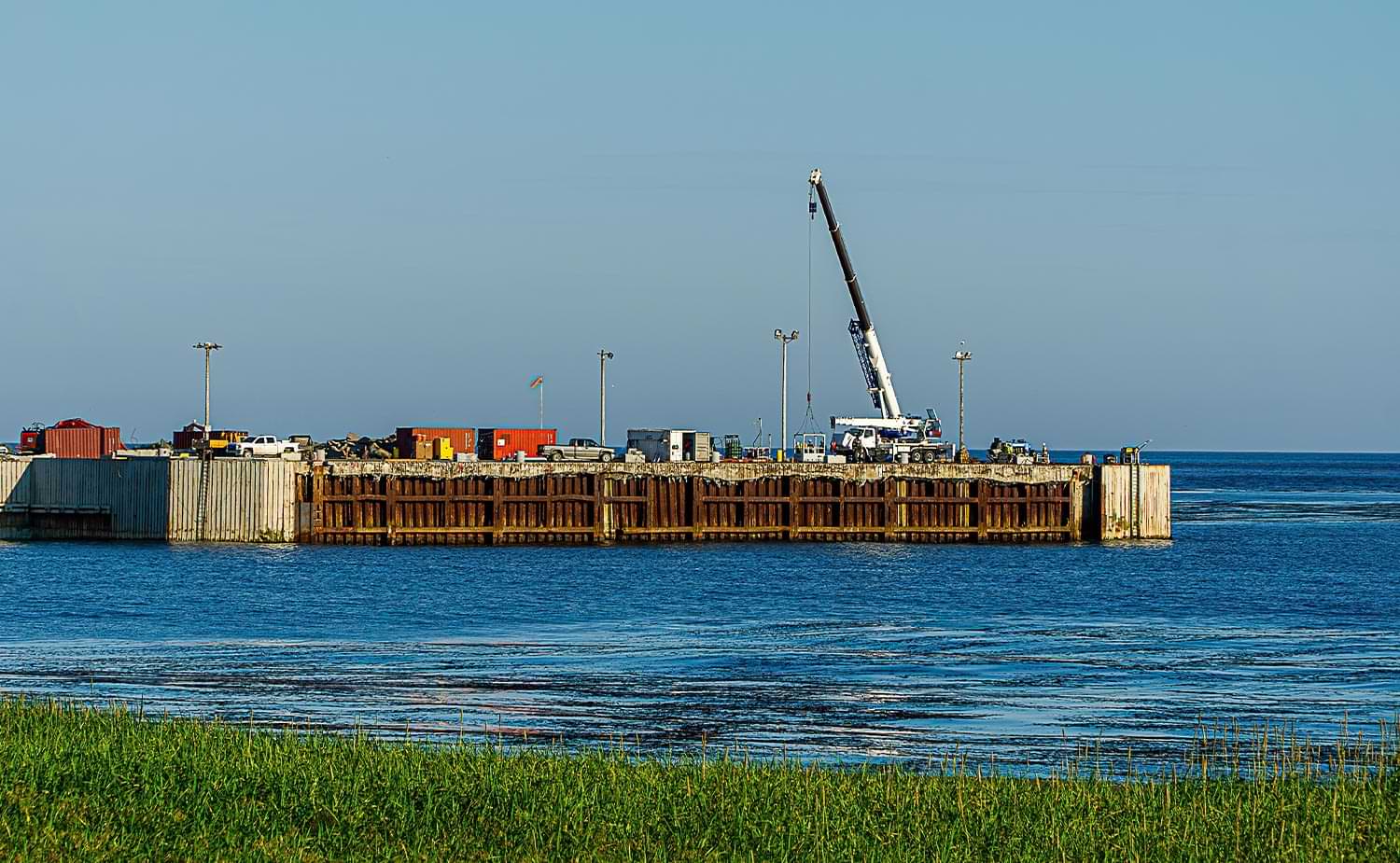
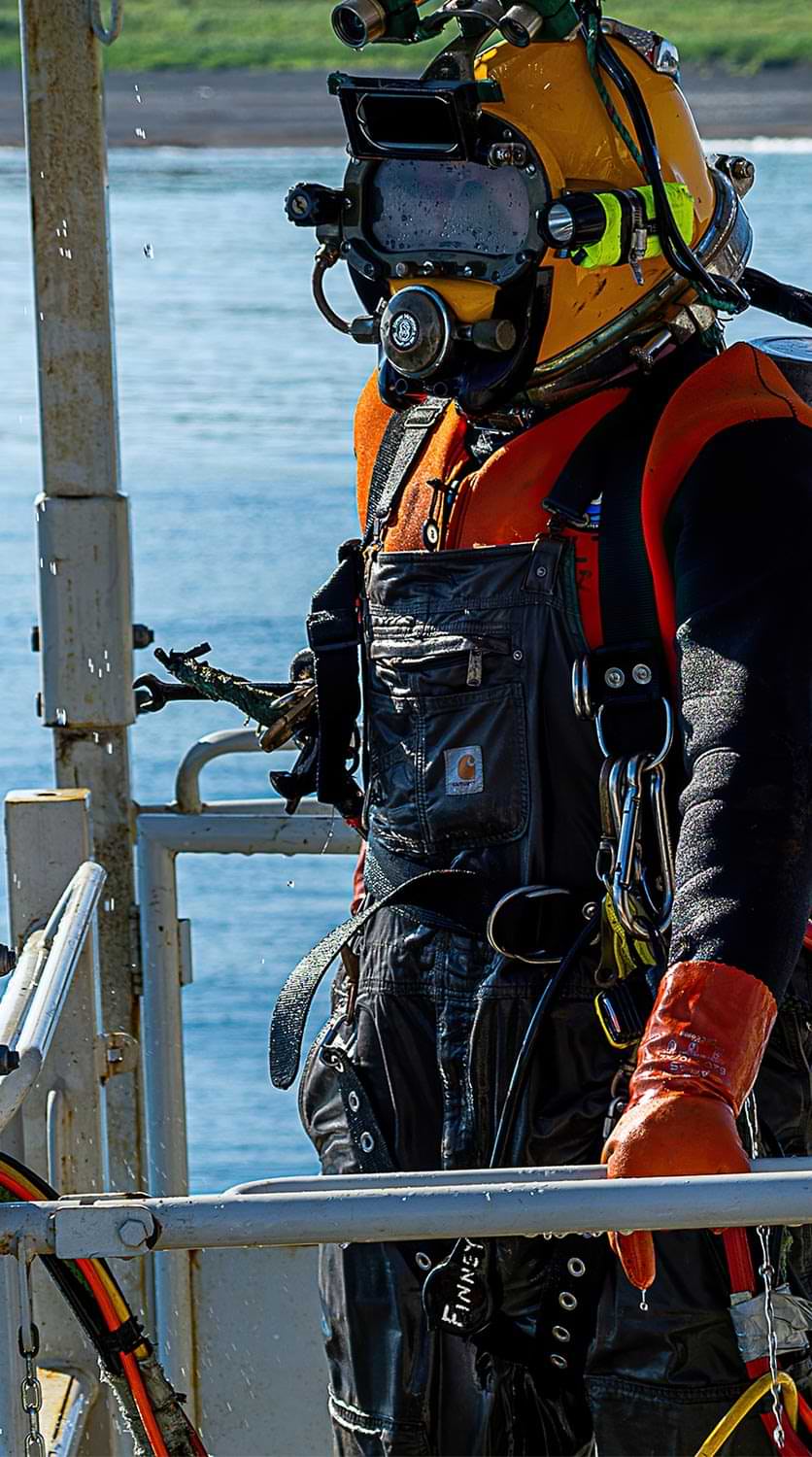
Brice also completed a two-phase project at Shemya, repairing the waste heat loop system, which involved meticulous site preparation, installation of new piping and mechanical components, and careful testing. Despite the island’s remote location—approximately 1,500 miles southwest of Anchorage at the very end of the Aleutian Chain—Brice coordinated personnel and material transport effectively. The repairs addressed leaks in the closed-loop piping system, ensuring uninterrupted heat distribution from the power plant’s engines and generators to onsite buildings.
Brice Engineering also oversees a project at Wake Island Airfield, situated between Hawaii and Guam, which functions as a crucial refueling station for military planes and facilitates Missile Defense Agency testing. The project requires continuous operational support with a fully staffed office, equipment yard, and a 39-person man-camp.
“Brice has solutions with every setback and goes above and beyond to keep the customer happy,” says Scott Kendall, Environmental Engineering Supervisor for US Army Corps of Engineers Alaska District.
– Eric Sumpter,
Senior Project Manager,
Brice Solutions
Founded in the early ‘60s by Helenka and Luther Liston Brice, Brice Inc. started as a family venture in Fairbanks. Over the years, the company transitioned into the hands of successive generations, with sons Andy and Al Brice assuming leadership roles in 1992. Today, the company is led by Sam Robert Brice, representing the third generation of Brice family leadership. It employs more than 200 staff members, with 77 of those dedicated to Brice Engineering.
In 2010, Brice Inc. was acquired by the Calista Corporation, marking a significant milestone in its journey. Under Calista, Brice Engineering emerged as a key player in the engineering and construction landscape, leveraging its expertise to tackle complex environmental and infrastructure projects.
“Our growth has been exponential,” Wing says. “The Brice family’s willingness to adapt and innovate propelled us to new heights. Today, with the support of Calista, we are further than we ever imagined.”
Eric Sumpter, a senior project manager at Brice Solutions, emphasizes the company’s commitment to excellence.
“Working for Brice is like cutting a diamond: it’s multifaceted,” Sumpter says. “While many companies do the same thing over and over, one of the best things about Brice is we rarely do the same thing twice. Every project is different, and we do them for a multitude of clients. One day we may be working on a demolition project, or an electrical infrastructure improvement project, a remedial excavation project, a remote contaminated site investigation, a pier repair—the list goes on. The types of projects we do are endless, and we do them at some very cool, remote, logistically challenging locations. The team and the culture we have here at Brice is why I show up every day, but the variety of projects we work on is what keeps me excited about construction and environmental work.”


Brice Engineering’s expansion into environmental services has been a game-changer, allowing the company to address emerging issues such as per-and polyfluoroalkyl substances, or PFAS, contamination. With patented PFAS soil washing technology, Brice Engineering is at the forefront of environmental remediation efforts, providing innovative solutions to mitigate environmental risks and protect communities across the country.
The treatment and disposal of PFAS contaminated soil stockpiles at Eielson Air Force Base is a recent example of Brice’s expertise in environmental remediation.
The beddown of F-35A fighter planes at Eielson Air Force Base necessitated the construction of numerous facilities and infrastructure over the past four years. Each project involved varying amounts of soil excavation, leading to the accumulation of contaminated soil stockpiles. To address this environmental challenge, the US Air Force developed an approach for the on-base management and treatment of affected soils, enlisting the expertise of Brice Engineering.
Brice Engineering was contracted to characterize and treat 133,000 cubic yards of soil from various stockpiles associated with the F-35A construction projects. Leveraging its PFAS soil washing technology, Brice Engineering embarked on a mission to separate soil fractions and substantially reduce PFAS concentrations, ensuring the environmental integrity of the site.
“We’re not just a construction engineering company trying to make big business dreams come true,” says Wing. “We’re out there making sure that communities have access to clean drinking water.”
The importance of industry collaboration cannot be overstated, Wing says. Brice Engineering recognizes the value of its partnership with the Associated General Contractors, or AGC, of Alaska.
“The events that AGC puts on as an industry allow us to engage with industry and talk about big topics and issues,” says Wing.
AGC’s role in providing a platform for dialogue and collaboration has been instrumental in fostering a culture of excellence within the industry. By offering opportunities for networking, knowledge sharing, and professional development, Wing says AGC empowers companies like Brice Engineering and several other Calista Corporation subsidiaries to stay up to date on industry trends, tackle complex challenges, and drive collective progress. As Brice Engineering continues to thrive in its mission-driven approach, its partnership with AGC serves as a cornerstone for sustained growth and innovation in the engineering and construction sector.
“AGC is providing opportunities for people to engage and working behind the scenes to try to make our lives easier,” says Wing. “As a business, we’ve got to take advantage of these platforms.”
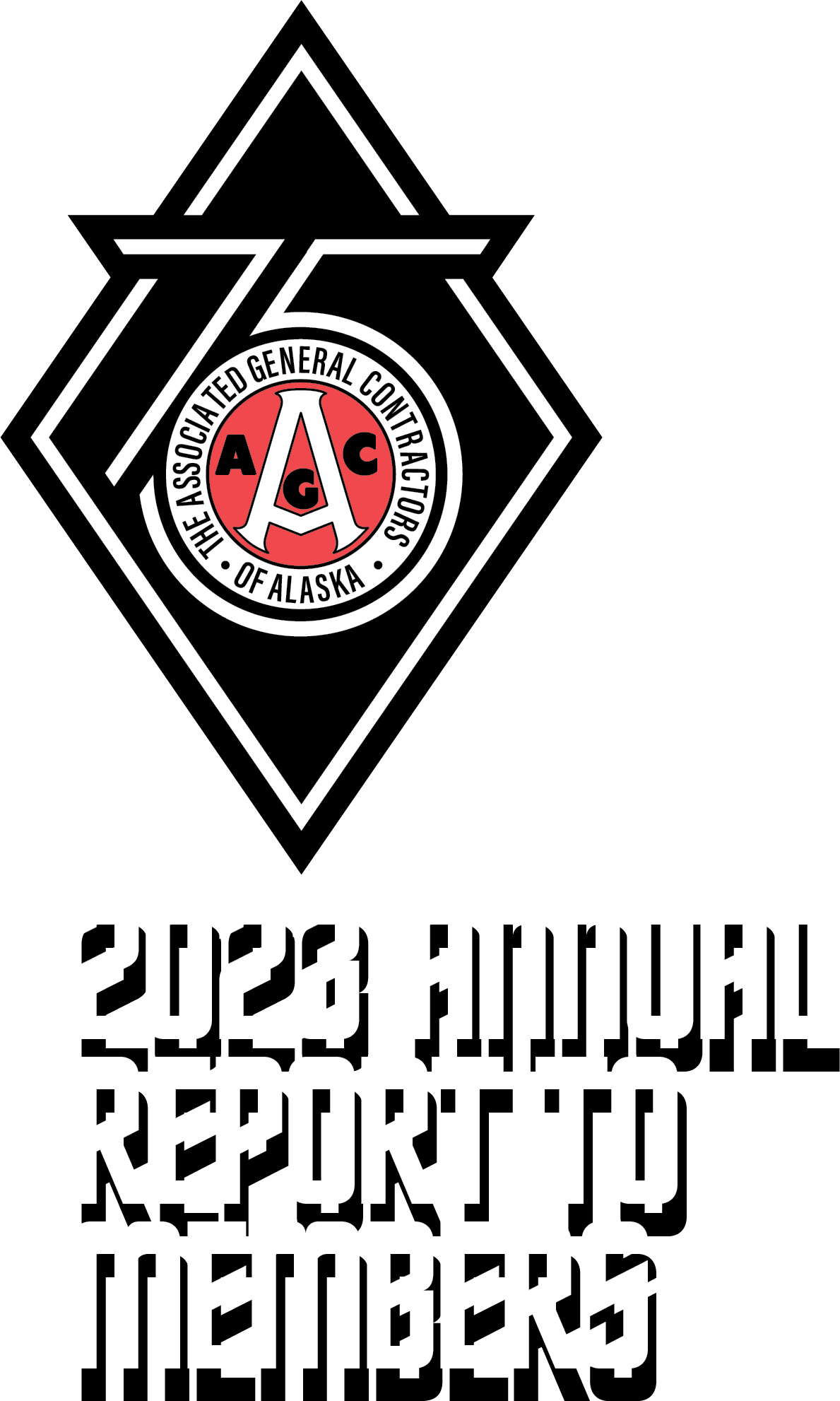
or seventy-five years, Associated General Contractors, or AGC, of Alaska’s mission of “advocate, educate, and promote” has been at the forefront of all we do. AGC has been a bedrock of transformation, shaping the state’s infrastructure and forming constructive legislation on behalf of its members. We have served to support our members as they work to find innovative solutions to Alaska’s unprecedented challenges.
Over the decades, AGC has contributed to the changing landscape that builds community and fosters opportunity for growth. Where previously Alaska’s extreme geography kept us apart, AGC’s members have built bridges and paved roads that connect us. Our members have built the businesses that drive our economy, the schools that teach future leaders, and hospitals that save lives. We all truly “build Alaska.”
Advocacy, the cornerstone of AGC’s mission, is where real change begins. AGC’s relentless commitment to informing legislators and community leaders about our industry’s significance has paved the way for a better Alaska. AGC has served, and continues to serve, as the meeting ground for industry leaders, fostering partnerships that have pushed the boundaries of what’s possible, bolstering healthy competition and industry unity.

Strengthening Our Industry, Empowering Our Members
- Build America, Buy America Act, or BABAA, pushback: AGC is leading a coalition effort to challenge the White House Office of Management and Budget’s inept implementation of BABAA across the federal government and seeking more reasonable implementation and waiver processes. AGC provided numerous educational resources, including a BABAA FAQ document (go to bit.ly/BABAA), webinars, and presentations to help members better understand the final guidance from the Build America, Buy America Act.
- Construction impacts of averted government shutdown: While urging Congress to avoid full/partial shutdowns, AGC provided its federal contractor members with several resources that outlined what to expect and how to prepare should the federal government shut down in advance of multiple shutdown scares throughout the year.
- Lawsuit against government-mandated Project Labor Agreements, or PLA: AGC of America filed a lawsuit to block the Biden administration’s government-mandated PLA rule in court, while providing guidance to members through webinars and action alerts explaining the rule, its impact, and how contractors can prepare to comply with the requirements.
- Lawsuit against Davis-Bacon Act reform: AGC of America has sued the federal government to block updates to the Davis-Bacon Act. In addition, AGC provided clear breakdowns and hosted webinars to help contractor members prepare and understand the significant changes made to compliance with Davis-Bacon on direct federal and federally assisted construction contracts.
- WOTUS definition change pushback: After persistent lobbying efforts, AGC celebrated the US Supreme Court’s 9-0 ruling in the Sackett v. EPA case—a win for Alaska, providing property owners with clarity and flexibility in developing their land and reducing uncertainty on what is qualified as “waters of the United States,” or WOTUS. This ruling reaffirms the primary role of states in managing their own land and water resources and will provide much-needed regulatory certainty for all projects in Alaska. The precise definition of WOTUS is fundamentally important to the construction industry.
- Legislative Affairs Committee activity: This group met twenty-five times leading up to and throughout the session, tracking more than forty bills, eight of which we testified or wrote letters of support/opposition about; met with countless legislators, lobbyists, and key policymakers during session to provide contractor input and perspective on crucial issues; and drafted key position statements to support our legislative priorities.
- Ambler Road update: Throughout 2023, AGC provided testimony and letters of support granting prompt right-of-way permitting for Ambler Mining District Industrial Access Road, urging the federal Bureau of Land Management to stick to the original scope of remand.
- Environmental Protection Agency Pebble project veto: AGC of Alaska joined other Alaska business groups expressing disappointment in a formal press release responding to the final determination for preemptive veto of the Pebble Mine project, and AGC continues to monitor additional opportunities for revision on this policy.
- 404 Primacy rejection: Unfortunately, AGC’s strong support and hard-fought battle for 404 Primacy over the Clean Water Act and Resource Conservation and Recovery Act, or RCRA, program funding was ultimately denied in 2023. It will remain on our advocacy priorities list as we enter the 2024 legislative session.
- Sustainable Budget Taskforce development: A core group of AGC of Alaska leaders have worked to establish a better understanding of what it means to have a sustainable fiscal plan for the State of Alaska, to more effectively communicate AGC’s legislative priorities to legislators and policy makers as it relates to the industry.
- Willow update: AGC of Alaska joined the Alaska Chamber and other pro-development organizations in filing a “friend of the court” amicus brief. This ultimately led to a federal court decision to deny requests for temporary restraining orders, which allowed the Willow project to continue engaging in winter development activity.

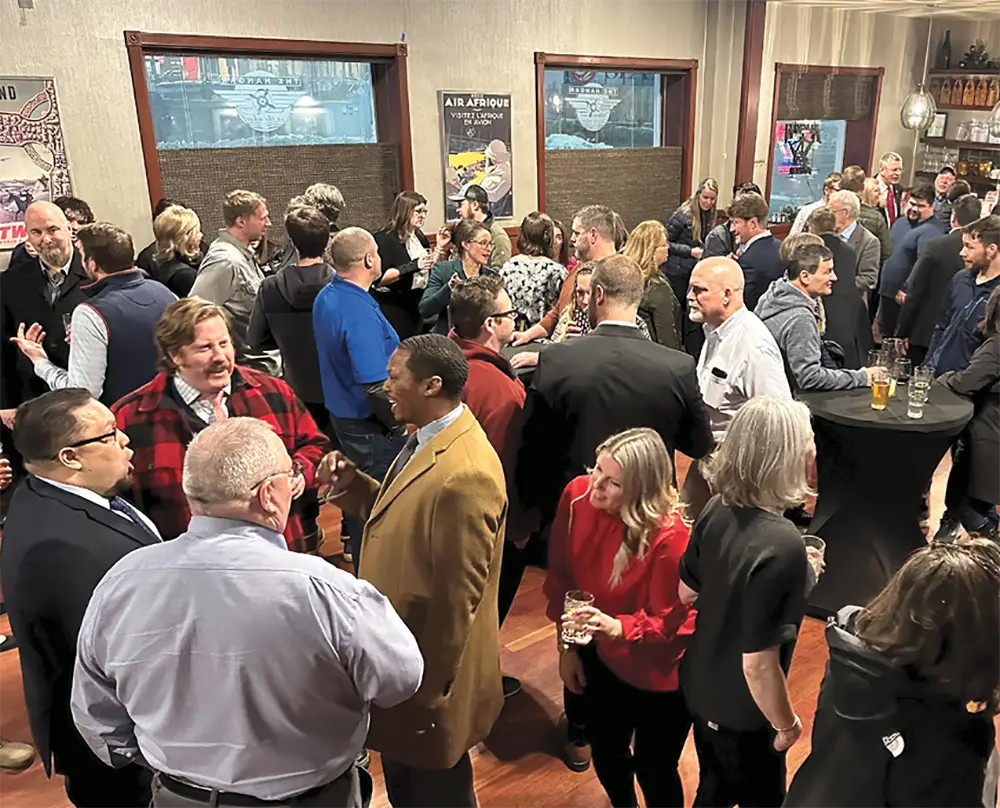
- Inaugural Educator Externships: 2023 saw the launch of AGC’s Educator Externship program with the goal of exposing Alaskan educators to the many career opportunities available within the construction industry. The program’s specific focus for the externship experience is to provide educators with first-hand experience on jobsites of real-life applications of current high school curriculum.
- Scholarships: In 2023, AGC awarded $30,000 through our scholarship and endowment programs to students across Alaska who are pursuing higher education in construction-related fields.
- Sponsorships: AGC supports the UAA-Construction Management, or CM, and UAF-AGC student clubs by providing monetary support for club participation in competitions which include Steel Bridge, Concrete Canoe, Starvation Gulch, Ice Arch, and the ASC Regional competition.
- Speed Interviewing events: To connect CM students directly with AGC contractor members, AGC facilitated speed interviewing events in Anchorage and Fairbanks to help students perfect their interviewing skills while introducing them to actively hiring contractor members.
**All employees of AGC member companies are eligible for member-pricing discounts on all AGC training programs.**
- Online Plans: In 2023, AGC listed more than 2,387 project postings to our Online Plans site, making our members the first to know about new jobs/projects from both public and private sectors across the state of Alaska. AGC’s Online Plans has 3,825 active users who use the platform daily.
- AGC 401(k) Retirement Plan: AGC members (contractors & associates) can enroll in this cost-effective, low-maintenance 401(k) program for companies of all sizes. In 2023, more than thirty-three Alaska-based AGC members participated in the plan, contributing more than$2.5 million combined towards their employees’ retirement.
- Labor relations: In 2023, AGC renegotiated five collective bargaining agreements on behalf of our industry and signatory members. The formal bargaining process saw successful contract negotiations on behalf of the following trades: Operative Plasterers & Cement Masons Local 528; Teamsters & Technical Engineers Local 959; Roofers, Waterproofers and Allied Workers Local 189; Alaska District Council of Laborers Local 341 & 942; International Union of Operating Engineers Local 302. AGC would like to thank the members that dedicate time and serve a crucial role in ensuring these agreements are fair, equitable, and meet the needs of business for contractors who elect to do work under our Alaska-based agreements.
- Union contractors quarterly town hall: In addition to negotiations, AGC partnered with our signatory contractor members nationwide to discuss issues of importance across the industry as they impact our members to facilitate the sharing of information, trends, and best practices.
- ConsensusDocs discount: AGC members are achieving better project results through ConsensusDocs to ensure up-to-date contracts, reflecting industry standards. AGC members receive 20 percent off of ConsensusDocs subscriptions, saving them time and money by accessing customizable templates for hundreds of standardized contract documents, including general-subcontractor, design-build, public-private-partnership, and so much more.
- AGC Emerging Contractors Education series: In 2023, AGC released a series of educational videos geared towards smaller, up-and-coming contractors. The twelve modules cover a variety of topics, including Business Development, Bidding & Estimating, Financials & Cash Flow, and more. This entire video series is free for AGC members.
- Construction Spending Forecast Breakfasts: More than 200 members attended AGC’s Construction Spending Forecast Breakfasts in Anchorage and Fairbanks, where attendees heard McKinley Research Group analyze industry prospects by region, construction type, and other critical factors, empowering our members with strategic information for the year ahead.
- Fairbanks Bowl-A-Thon: Twenty teams participated in this AGC FUNdraiser helping benefit AGC’s Alaska scholarship program.
- Legislative Fly-In: Eighteen members gathered in Juneau alongside AGC’s staff and lobbyist for our annual legislative fly-in. The event was of great value to our members and our state leaders as AGC’s members met with nearly thirty legislators, the governor’s office, as well as the commissioners of the state departments of Transportation, Labor, and Commerce to advocate for and educate about AGC’s legislative priorities.
- Spring Agency Day: Seventy-five attendees joined AGC at our Fairbanks office for Agency Day, where members received program presentations from the Alaska Department of Transportation & Public Facilities, or DOT&PF, US Department of Defense, University of Alaska, and other owners/agencies. More than 130 members gathered at the Auto Museum for the networking reception element of Agency Day.
- Anchorage and Fairbanks golf tournaments: Unseasonably chilly weather couldn’t stop seventy-five teams from teeing off at the industry’s favorite golf tournaments, held at Moose Run and Chena Bend. The collective efforts of sponsors, volunteers, and dedicated golfers transformed these tournaments into a resounding success.
- Safety Fair: 2023 was a phenomenal year for the Safety Fair thanks to our Safety Committee and our partners at Davis Constructors. More than 200 attendees visited twenty-four different stations for families to explore and learn more about construction-related safety and health.
- Sporting Clays Shoot: Nearly 130 shooters enjoyed blue skies and sun at this year’s Sporting Clays Shoot. Twenty-four teams descended on the Birchwood Recreation and Shooting Park—our largest event of this kind in AGC history!
- Annual Conference: 2023 was the biggest year yet for our Annual Conference and Dinner Dance. With a record 530 registered attendees and 62 sponsors, not even a record snowstorm could stop our members from joining us at the Hotel Captain Cook for presentations from the AGC Education, Training and Workforce Development and Safety committees, legal seminars, updates from the DOT&PF and US Army Corps of Engineers-Alaska, or USACE, and our keynote speaker Haydn Shaw, among others. AGC’s Dinner Dance sold out in fourteen minutes, and after our program celebrating seventy-five years of Building Alaska, we saw nearly 650 attendees dance the night away to crowd-favorite band, Final Say.
- 2023 saw the reformation of AGC’s Legal Affairs Committee, which focuses on providing guidance to the association and presentations on current legal issues impacting our members and Alaska’s construction industry.
- Throughout 2023, AGC published four editions of our award-winning magazine, The Alaska Contractor, which featured profiles on longstanding AGC members, statewide project updates, columns on construction industry financial services, occupational health & safety, legal, and HR updates, along with expert advice and guidance related to the construction industry for state and federal agencies, private groups, and other trade organizations.
- We had record-setting submission numbers for the 2023 Excellence in Construction Awards program, which gives recognition of exceptional projects completed by contractor members and are presented at AGC’s Annual Conference.
- AGC’s DOT&PF Steering Committee had a remarkably productive year, achieving significant milestones through close collaboration with DOT&PF. One key accomplishment was the development of the rural materials best practices document, which was endorsed by Deputy Commissioner Katherine Keith and Commissioner Ryan Anderson. This document guides DOT&PF project personnel in assessing and permitting rural material sources, ensuring cost-effectiveness on DOT&PF projects. Members of the DOT&PF Steering Committee also met as a smaller workgroup to address challenges related to oversize/overweight haul units on rural projects. We are looking forward to another productive and collaborative year within this committee.
- In 2023, AGC Executive Director Alicia Amberg promoted the Economic Benefits of Alaska’s Construction Industry report at a Resource Development Council Breakfast Forum. This presentation provided AGC with the opportunity to engage a larger audience and disseminate a resource that serves as a significant tool in AGC’s advocacy work to convey the value and impact our industry has statewide.
- AGC is proud of the partnership we’ve developed with the US Army Corps of Engineers, and in 2023 we provided members with the USACE partnering playbook during a members-only Art of Partnering Webinar, which contained valuable information on successfully partnering strategies with USACE.
Photo provided by Great Northwest, Inc.
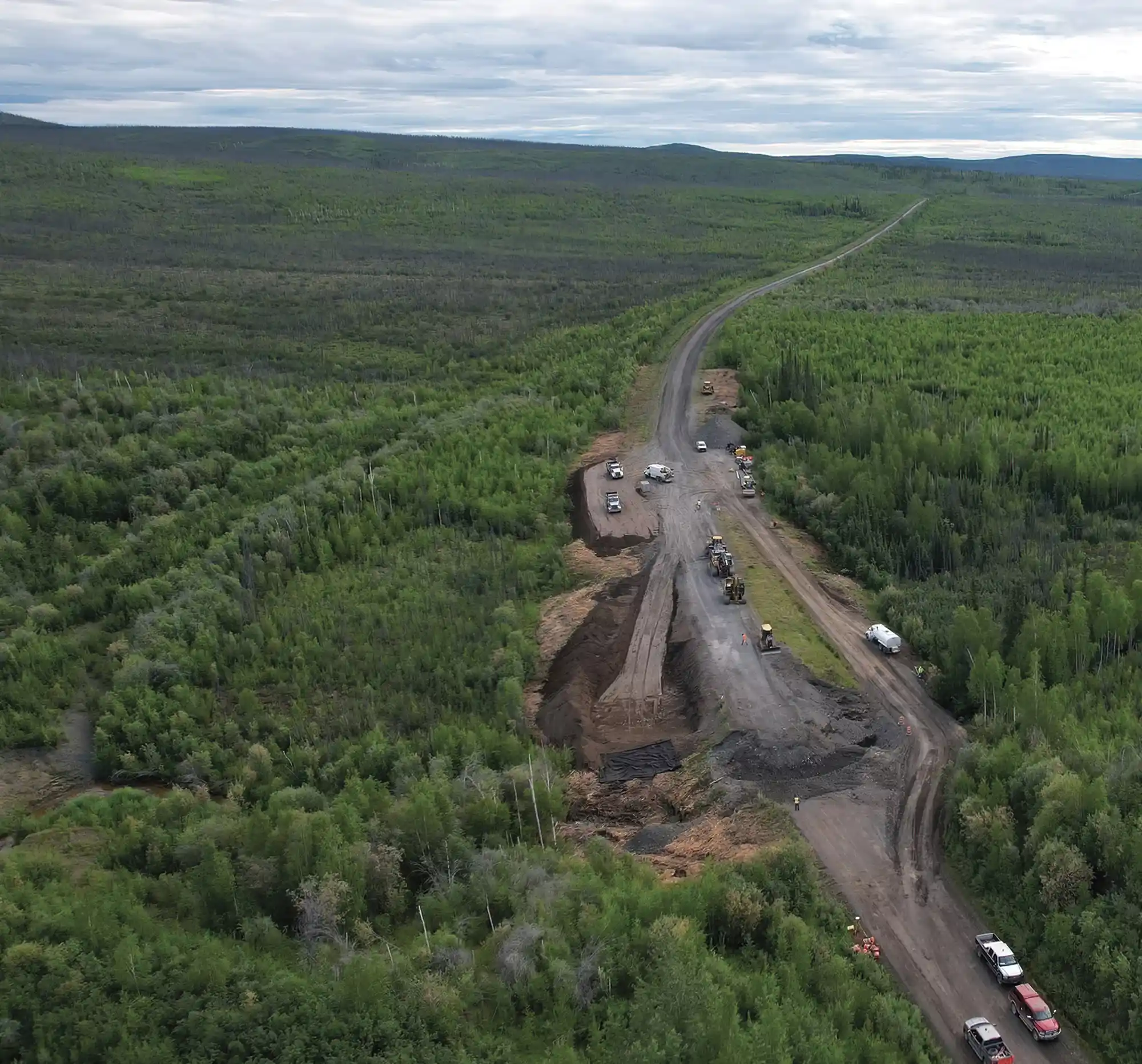
Photo provided by Great Northwest, Inc.
mergency repair projects generally don’t make headlines unless they’re large and part of a natural disaster, such as Typhoon Merbok in 2022 or the 2018 magnitude 7.1 earthquake that shook Southcentral Alaska. However, for every large-scale emergency project, at least a dozen smaller ones are tackled by contractors working with the Alaska Department of Transportation and Public Facilities, or DOT&PF. In the Northern Region, twenty-two emergency projects were completed quickly in 2023 thanks to a statewide provision allowing simplified procurement procedures.
“Maintenance stations are located anywhere from 50 to 100 miles apart on the roadways,” says DOT&PF Northern Region Construction Engineer Mike Lund. “Crews are out on the roads and checking facilities at regular intervals. They know potentially problematic areas since they are familiar with the area.”

Photo provided by Great Northwest, Inc.
DOT&PF has an extensive procurement and contracting process for non-emergency projects, where contractors submit bids for advertised projects. In emergencies, Lund says the process is still formal, though abbreviated. Sole-source procurement for emergency projects requires DOT&PF to fill out a waiver that justifies the reason for forgoing the regular procurement process and outlines the contract terms. Selecting a contractor for emergency repairs depends on the nature of the emergency, nearby contractors working on other DOT&PF projects, and the resources necessary to complete repairs.
Granite is a construction contractor and construction materials producer with locations across the United States, including offices in Anchorage. It provides services throughout Alaska, focusing on heavy civil infrastructure projects that include earthmoving, paving, bridges, and drainage work.
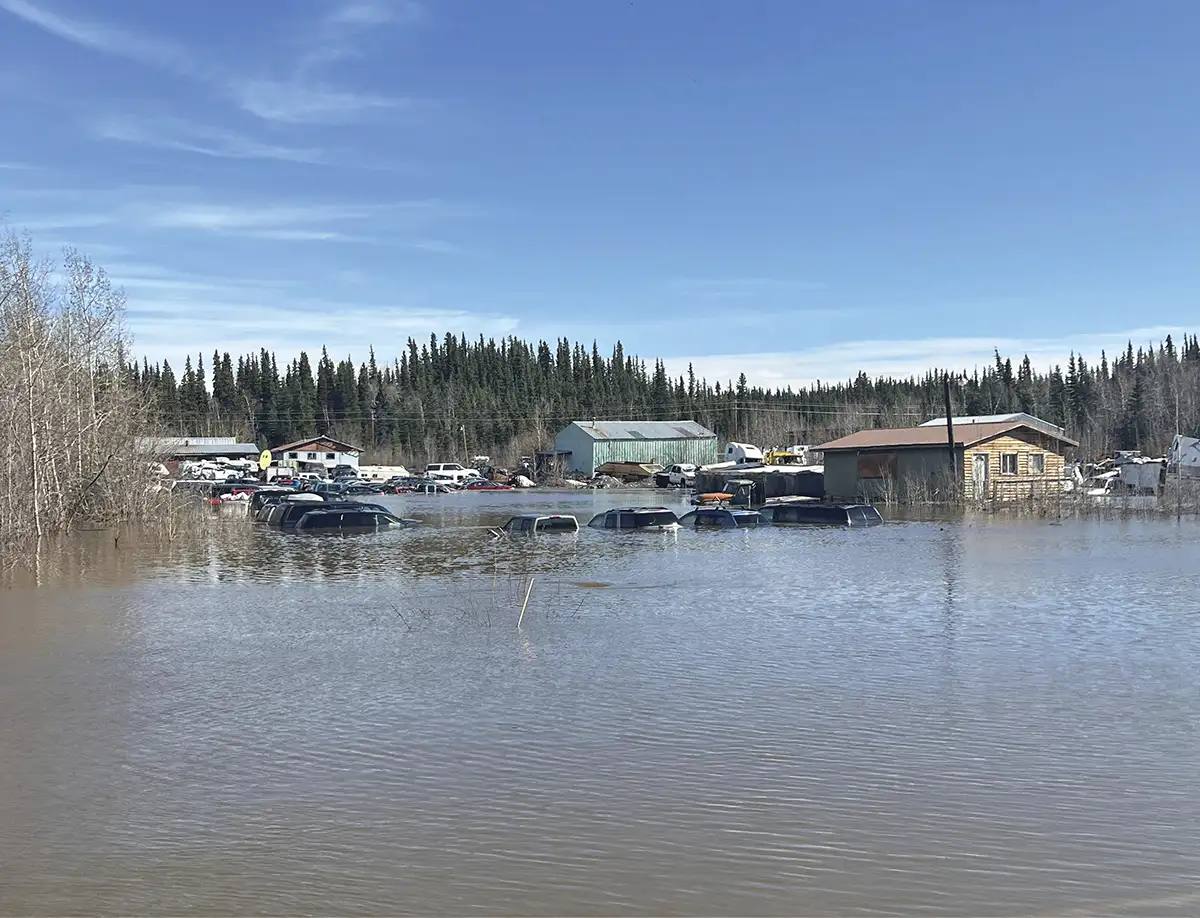
Photo provided by Granite Construction, Inc.
Granite crews mobilized to Glennallen within a few hours of notification. When crews arrived, water was flowing across the highway in several locations. They installed 16-inch dewatering pumps to move the water from one side of the highway to the other so traffic could resume safely.
- Alaska Department of Transportation & Public Facilities, or ADOT&PF, Maintenance crews
- ADOT&PF Maintenance crews
- Granite Construction

- Alaska Demolition

- ADOT&PF Maintenance crews
- ADOT&PF Maintenance crews
- Great Northwest, Inc.

- Heritage Trucking
- Carpenter Contracting, Inc.

- ADOT&PF Maintenance crews
- Brice, Inc.

- ADOT&PF Maintenance crews
- Granite Construction

- ADOT&PF Maintenance crews
- Cruz Construction

- ADOT&PF Maintenance crews
- Hamilton Construction

- Great Northwest, Inc.

- ADOT&PF Maintenance crews
- ADOT&PF Maintenance crews
![]() indicates Associated General Contractors of Alaska member.
indicates Associated General Contractors of Alaska member.
“The biggest challenge we had was pumping the water down so we could install the new drainage culverts without causing more erosion to the Glenn Highway,” says Granite Construction Manager Marty Thurman. “Once the water had subsided, the project was pretty straightforward, and we were able to complete it rather quickly.”
The emergency repairs in Glennallen cost $540,000 and included the price of all labor, equipment, and materials needed for the project. Thurman says Granite appreciates its partnership with the Alaska DOT&PF and is always willing to help.
“We were 20 or 30 miles away with people and equipment that we transferred over to complete the emergency repair,” says GNI Project Superintendent Jim Conlon.
Crews worked in a 25-foot-deep excavation to block the headwall of two culverts and pump out the water so they had a dry area to replace the culvert and repair the embankment. Conlon says the situation was most likely due to an aging culvert that failed. The cost of the repairs has not yet been finalized.
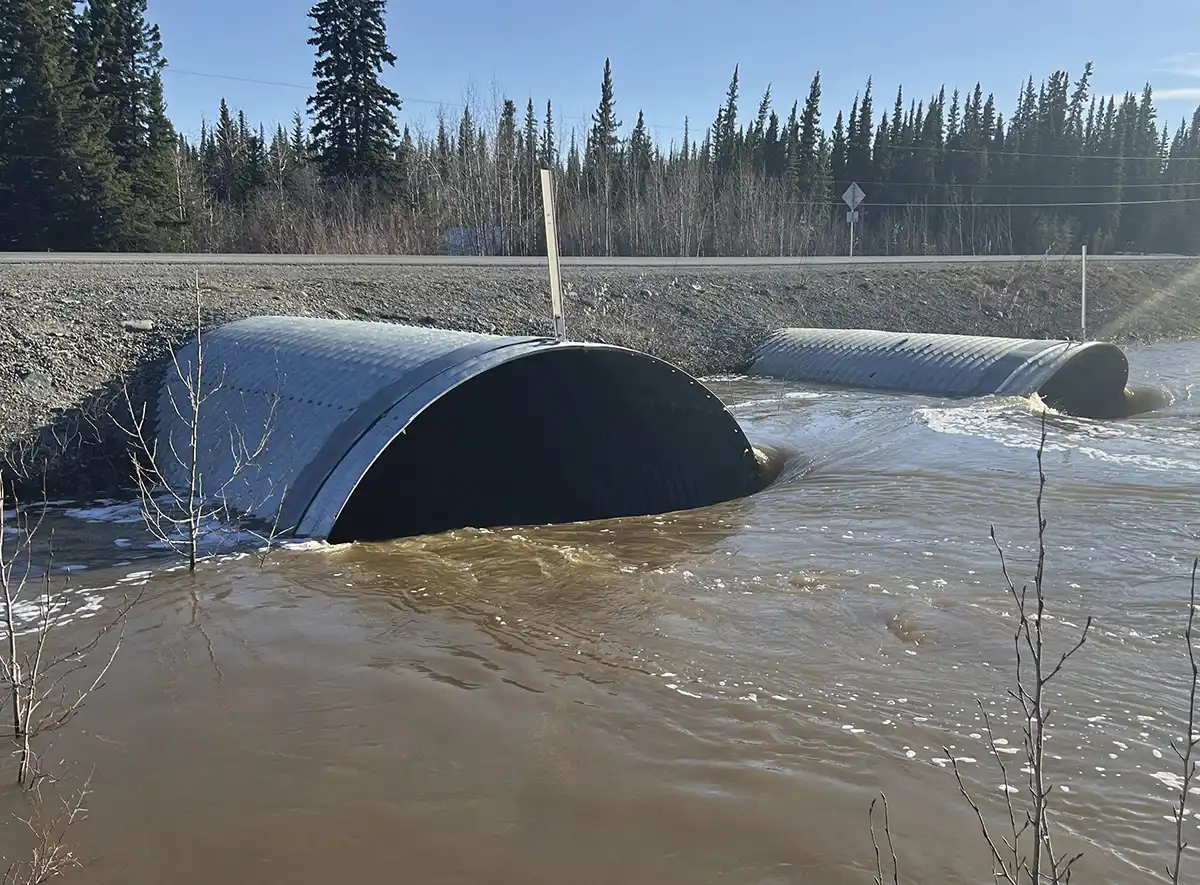
Photo provided by Great Northwest, Inc.
In both cases, the emergency repairs were permanent solutions. Lund says if issues weren’t addressed entirely, DOT&PF would likely have further evaluated the problem, designed a solution, and advertised the project as part of the regular procurement process.
Payment for emergency repairs varies depending on whether there is a state or federal government declaration of emergency. Lund adds that this is true of emergency projects in other regions within the state.

Update
irmen and guardians—space and cyberspace enlisted personnel—will soon have a new place to lay their heads at Clear Space Force Station, located in Anderson, about 75 miles southwest of Fairbanks.
Air Force Civil Engineer Center, in partnership with Air Force Installation and Mission Support Center’s Detachment 2 and the US Army Corps of Engineers Alaska District, awarded a $67.6 million contract to UNIT COMPANY to build an eighty-four-room, state-of-the-art dormitory at the base, which serves as a Space Force radar station and provides space surveillance data to the US Space Force.
The 39,500-square-foot, three-story dormitory will include a mixture of one-bedroom and studio apartments, primarily for enlisted personnel, as well as a number of day rooms and multi-use spaces. The building will be built on a reinforced concrete foundation with slab on grade, and it will feature reinforced concrete masonry walls with exterior insulation and finish and a standing-seam metal roof.
The facility will also include an enclosed severe-weather passageway that connects to the main building system.
“It stays cold in Interior Alaska for a really long time; in February, it was -45°F there,” says Captain Charles Bierwirth, project manager for the US Army Corps of Engineers Alaska District. “Everything at Clear is connected by corridors to keep people out of the cold.”
Project Manager Trent Larson says UNIT COMPANY is also creating a new softball field at the base to replace an existing field that is slated for other uses. A second project includes a substation upgrade and redundant primary feeder.
“The scope of that project doesn’t have anything to do with the dormitory; instead, it’s to upgrade base redundancy,” says Larson. “The military always likes to have redundant services in case something stops working so that they are able to maintain operations.”
Anchorage-based Electric Power Systems is in charge of the substation design, and Wasilla-based Electric Power Constructors will build the substation. The overall contract for the dormitory project is $54 million; $12 million is slated for the design and construction of the substation and feeder portion. Construction is expected to be completed in December 2025.
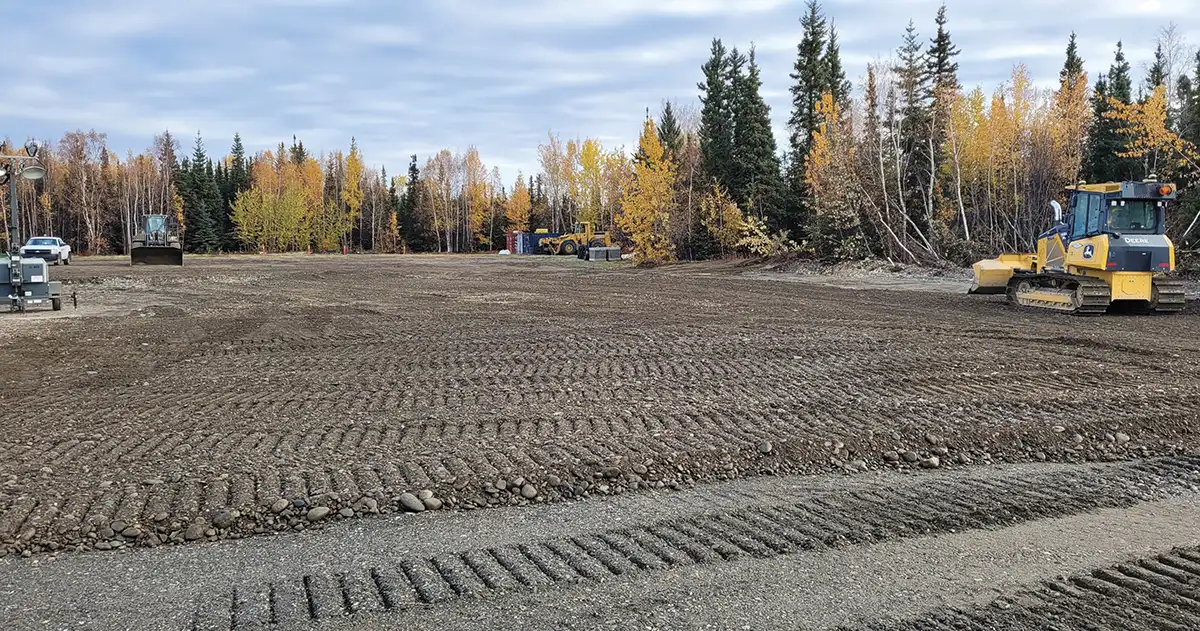
Photo provided by UNIT COMPANY.
“There was a lot of back and forth with Clear Space Force leadership and the designers; this is where the guardians and airmen are going to live, and the finishings and interior design need to ensure that they have pleasant living quarters,” says Bierwirth. “They are permanently stationed here for twelve months on unaccompanied rotation, and this will be their home for those twelve months.”
Project Manager, UNIT COMPANY
According to Larson, UNIT COMPANY was able to start civil and foundation work with expedited design packages in 2023 in order to get a head start on the project before the final design was approved.
- A&A Roofing
- Alaska Professional Construction, Inc.
- Coffman Engineers
- Denali Fenceworks
- Exclusive Paving
- Fullford Electric, Inc.
- Mappa, Inc.
- MCG Explore Design
- M-W Drilling, Inc.
- Otis Elevator Co.
- Shannon & Wilson, Inc.
- Andy Milner Co., LLC
- University Redi-Mix
The company did run into one hitch: having to relocate a leaking transformer, which required dealing with contaminated soil that delayed construction of the foundation until spring. UNIT COMPANY planned to remobilize in late March when the ground starts thawing, and the contractor expected to start excavating in early April for the foundation and deep under-slab utilities.
“We haven’t encountered any supply problems or logistics issues so far, and we don’t anticipate any because it’s a long enough construction project that we’ve been able to identify longer-lead items earlier on in the project in order to eventually fast-track approval of those items based on design considerations,” says Bierwirth.
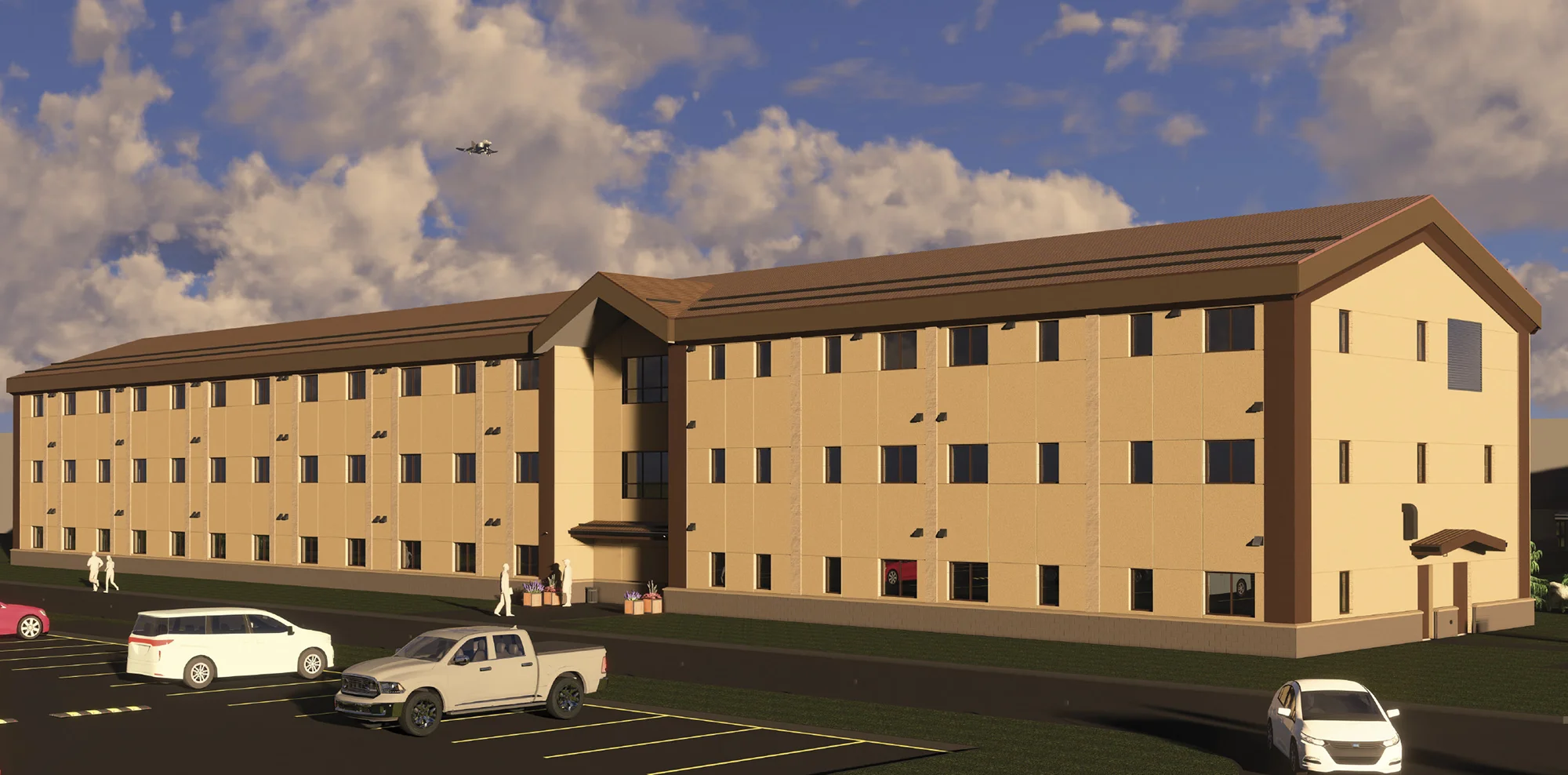

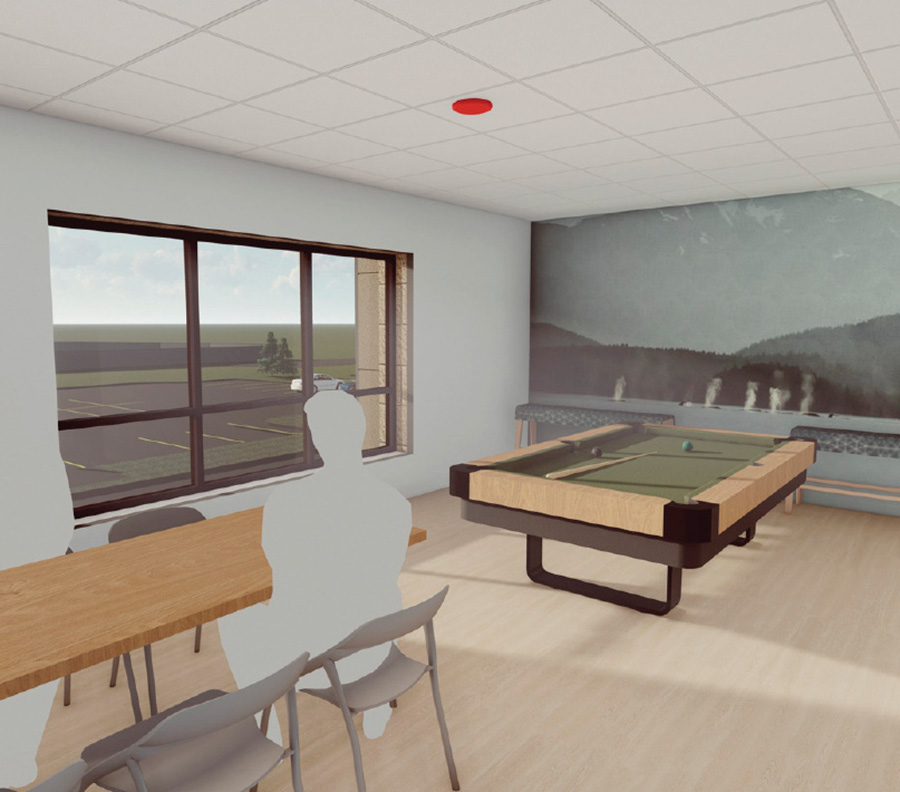
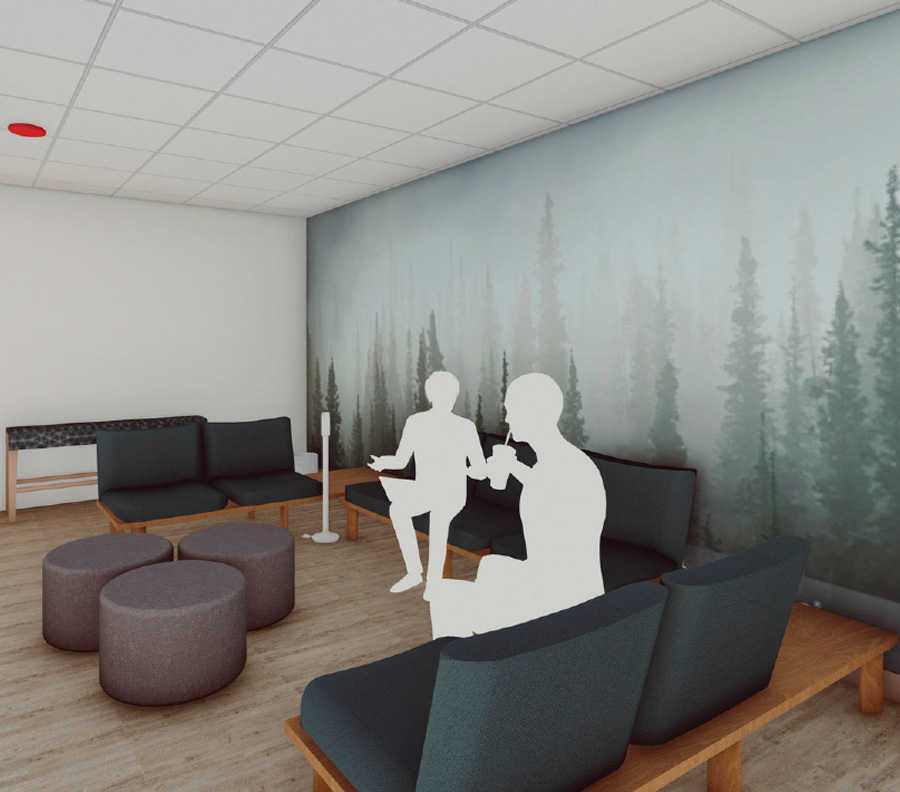
Larson says it has also been difficult to find the people they need to complete the job and to find a place to house them.
“This area is stressed for housing,” he says. “And with the amount of work currently happening in Alaska, finding enough qualified people to do the job is difficult. We have had to reach out of state to meet our personnel needs.”
The company also built a $20 million fire station on site as a joint venture with Bethel Federal Services. The US Army Corps of Engineers Alaska District’s most recent project on the base was the construction of the LRDR facility, and the district is currently working on some smaller infrastructure projects and an ambulance bay as part of the medical clinic.


he other day I told my husband, “Guess what? Taylor Swift’s boyfriend is going to the Superbowl.”
And he replied, “Okay? Why is that special? I’m sure she can get tickets to the Superbowl whenever she wants.”
After a few seconds of me staring at him stupefied, he replied, “Oh, is he, like, IN it?” And that’s the extent of how much this household follows sports. So it was equally stupefying when I found myself writing an article on business development tips modeled on sports euphemisms.
Fortunately, I found an assist in my colleague Morgan Miller, a transportation business development professional and diehard Detroit Lions fan. Whether you are a football fan or not, I think we can all appreciate the principles of identifying team strengths to pursue leads, win work, and deepen client relationships.
High-caliber professionals can make a huge impact on their team and can contribute to what kind of year their organization will have. Every individual in your organization contributes to business development on some level, whether they are directly interacting with clients or not. As a leader in your organization, you are responsible for identifying the best fit among your team for your clients.
Have you ever seen good synergy between a contractor and a client, the kind of partnership in which you and your client are in lockstep towards a goal? Seems like a dream, but it’s possible. Finding that Armon-Ra St. Brown to your Jared Goff is magic (no apologies, go Lions!).
As a leader, you are not going to be the best fit for each and every one of your clients, but you have someone on your team who is. It is as important as gathering intel about your clients to notice the details about your staff that might make them an asset in a specific relationship. Do they have similar interests or areas of technical expertise? Are they likely to be involved in similar organizations or have similar communication styles? Leveraging organic connections will make things feel more natural.
Just as there is a place for different skill sets and strengths on our favorite sports teams, so there also is for our team and clients. There are different tools for evaluating this, such as People Styles, where you can complete an assessment on both your team and client to match up a good fit. Test it out, bring that person along, and introduce them to your client. Get them more involved and engaged. Most of all, always be assessing and re-evaluating the match, checking in to see if things are clicking, and don’t be afraid to make changes. You’ve got to make the right adjustments at half time—I actually learned this terminology from Spider-Man: Across the Spider-Verse.
I challenge you to think about your clients and your team; if you have to make some pairings, who would you put together? Maybe also look at past pairings and think about why they worked well or why they were not the best fit.
When gathering intelligence, four ears are better than two. This goes for multiple reasons. When deciding who to bring with you on client visits or debrief meetings, senior leaders should consider bringing younger staff along. This provides the younger staff member with experience in relationship building and client management, and it provides multiple long-term benefits for your organization. Staff members at different stages of their careers will bring different perspectives; you’ll never remember all the feedback and information shared on a client visit, and they may see different solutions to the client’s problems. Also, building relationships at multiple levels of an organization helps with the long-term success of your organization’s relationship with the client, helping with planning and guarding against attrition.
You should also consider attending industry conferences and networking events. These are great opportunities to make connections, hear about industry drivers and problems your clients are looking to solve, and learn about new leads. You can also maximize the opportunity by applying to present at an industry event. This contributes to your organization’s visibility, and it also positions you as a thought leader on your topic.
For both marketing and technical staff, it is initimidating but also incredibly valuable to request debrief meetings with clients. Feedback on our strengths and weaknesses and looking back on our plays gives a lot of insight into clients’ motivators, whether you win or lose.
Rachelle Branstetter has more than a decade of experience in Alaska architecture, engineering, and construction marketing and is currently the area marketing manager for HDR’s Alaska office, managing transportation, water, and resources pursuits. She is also the outreach lead for Society for Marketing Professional Services, or SMPS, Alaska.

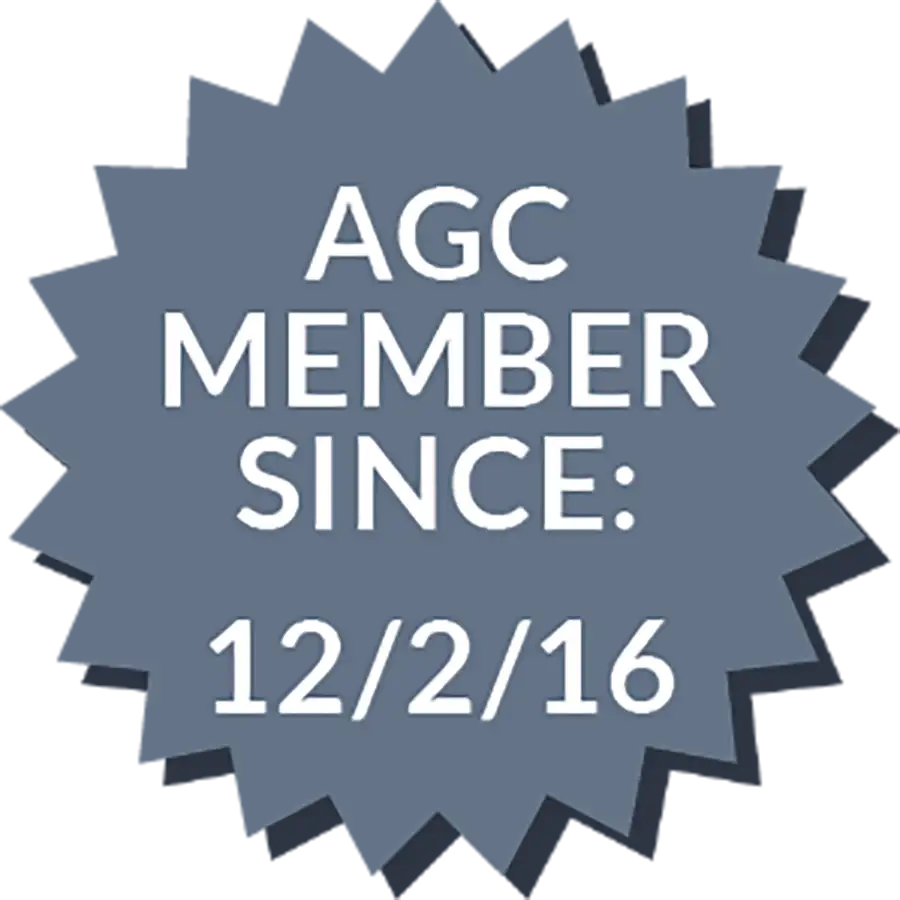


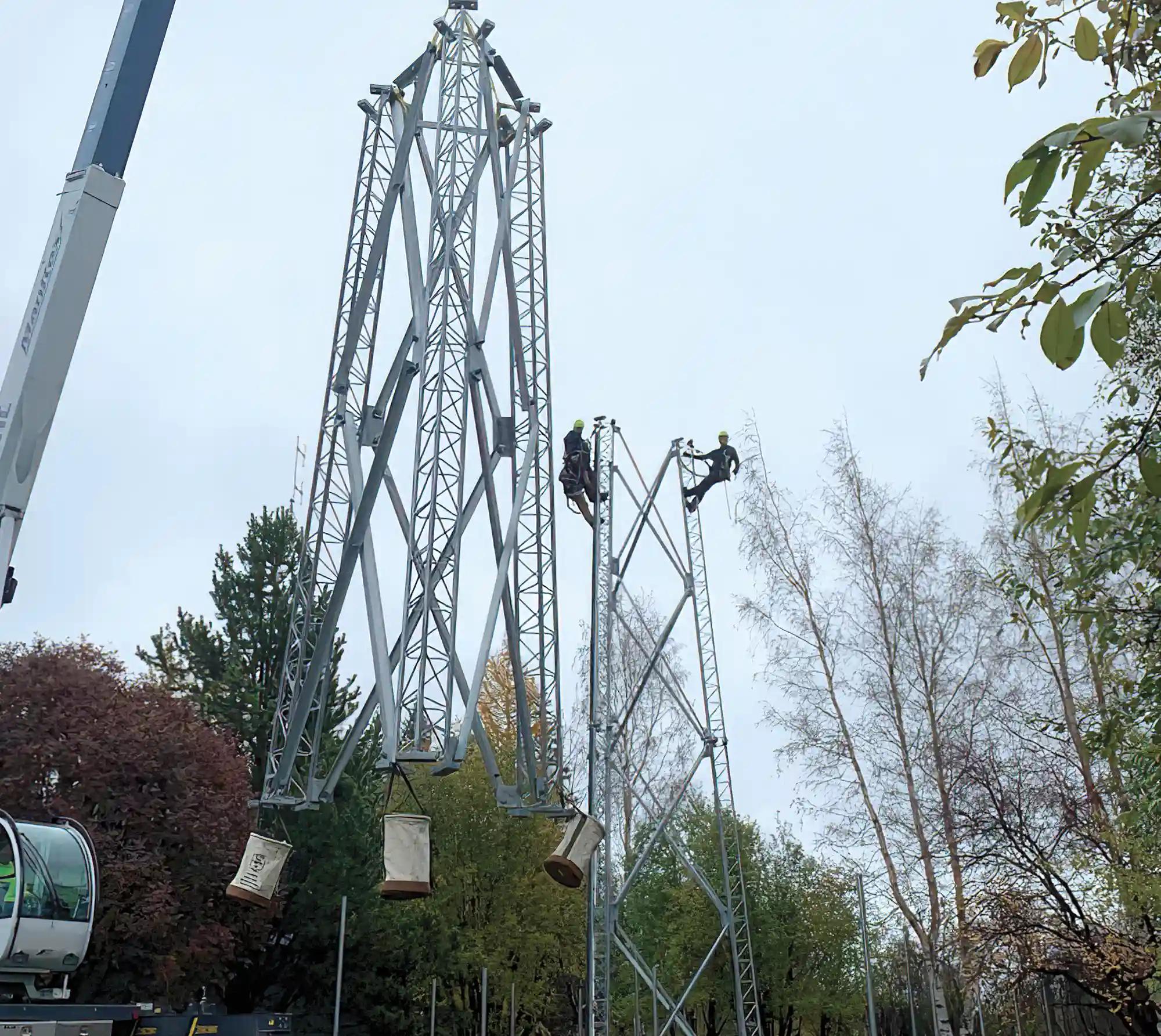
n today’s world, technology is what keeps our world spinning. Arcticom LLC is doing its part keeping Alaska’s communication lines open.
Headquartered in Anchorage, Arcticom was established in 2004 as a supplier of high-end radio communications sales and service in the Alaska region. The following year, the company invested in MOTOTRBO area-wide communication infrastructure, providing private two-way radio service to the Anchorage Bowl and Matanuska-Susitna Borough.
Acquired by Bering Straits Native Corporation, or BSNC, in 2013 as an active subsidiary, Arcticom continues to supply communications and information technology, or IT, support to federal, state, and local governments and commercial clients.
Based in Nome, BSNC was formed in 1972 as the Alaska Native Claims Settlement Act’s regional Alaska Native Corporation for the Bering Strait region, encompassing most of the Seward Peninsula and coastal lands of eastern Norton Sound.
Bruce Hellenga joined the BSNC team in 2008 and is currently Arcticom’s general manager.
“Arcticom is the Alaska industry leader in information technology and communications,” says Hellenga. “Two-way radio communications is the platform Arcticom was founded on. Through our technical staff, led by engineer Joey Acosta—who is also one of the founders of Arcticom—we are able to engineer solutions for pretty much any communications and IT problem.”
He adds, “We are the Motorola Federal Manufacturers representative for the State of Alaska and provide support to all federal entities, including the US Department of Defense.”
ALMR is a cooperative effort between Alaska and the US Department of Defense that provides the main communications system used by emergency responders and public safety entities. ALMR consists of eighty-two dedicated wireless radio communication sites along the state’s highways, ferry routes, and remote mountain tops.
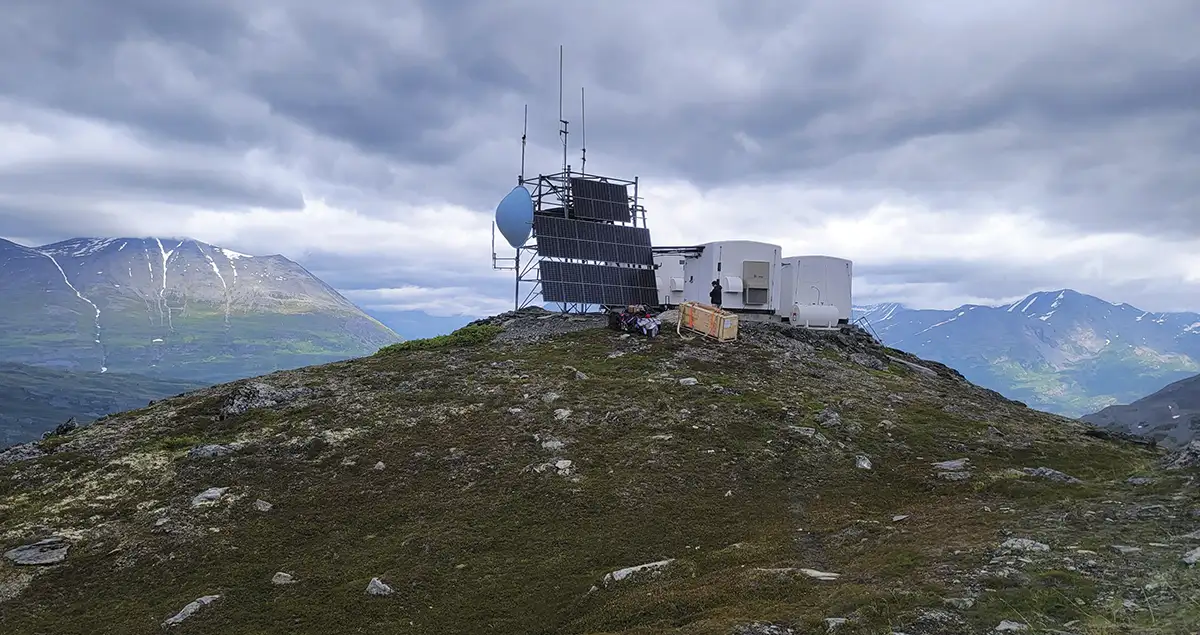
“The time and energy spent in working with us to get our mobile and portable radios tuned and programmed will in turn help our firefighters, emergency medical technicians, and rescue members conduct operations with good communications,” says Valdez Fire Department Captain Josh Larsen. “This helps us to serve our community better.”
Arcticom also provides remote communication solutions for areas off the state road system and out of reach of ALMR.
“Arcticom provides Doyon Drilling with all parts of the puzzle right the first time, by not having to return equipment because radios were not programmed correctly,” says Ron White, Doyon Drilling’s company’s operations manager.
Operations Manager, Doyon Drilling
“Our biggest challenge is working with partners and manufacturers who don’t understand the challenges of working in Alaska with the weather and geographical hardships we see every day,” Hellenga explains. “What would be a short commute in the Lower 48 often requires a long commute followed by a helicopter or plane ride to a remote site.”
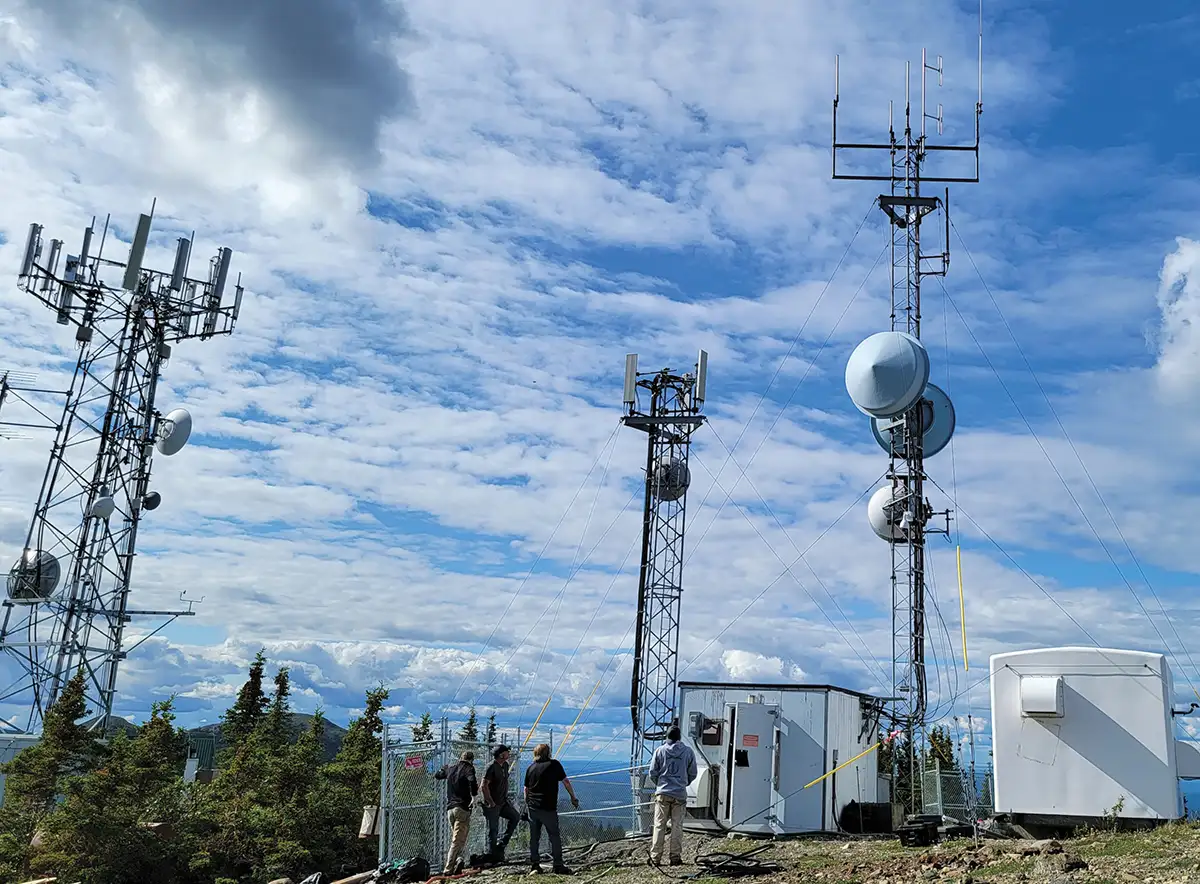
The company provides, installs, and supports in-building communication systems called Distributed Antenna Systems-Bidirectional Amplifiers, a public safety system that helps ensure first responders remain in contact when in such challenging areas as stairwells, underground tunnels, parking garages, and pump rooms. Technicians are also familiar with the Enhanced 911 system that automatically ties a location to the emergency call.
“The technologies we work with are many,” says Hellenga.
“I have surrounded myself with individuals who are the most talented in our industry,” he explains. “Without these individuals, we wouldn’t be talking about Arcticom.”
A member of Associated General Contractors of Alaska since 2016, Hellenga cites a variety of benefits: from daily use of AGC’s Online Plans application and access to the membership directory, allowing partnerships between other locally owned businesses and existing customers, to participating in the annual chili cook-off, conferences, and golf competitions.
“Arcticom is a Native-owned communications company committed to providing cutting-edge wireless technology to increase productivity that exceeds customer expectations, creating opportunities for our customers, partners and the communities we serve in both Alaska and across the United States,” he adds.



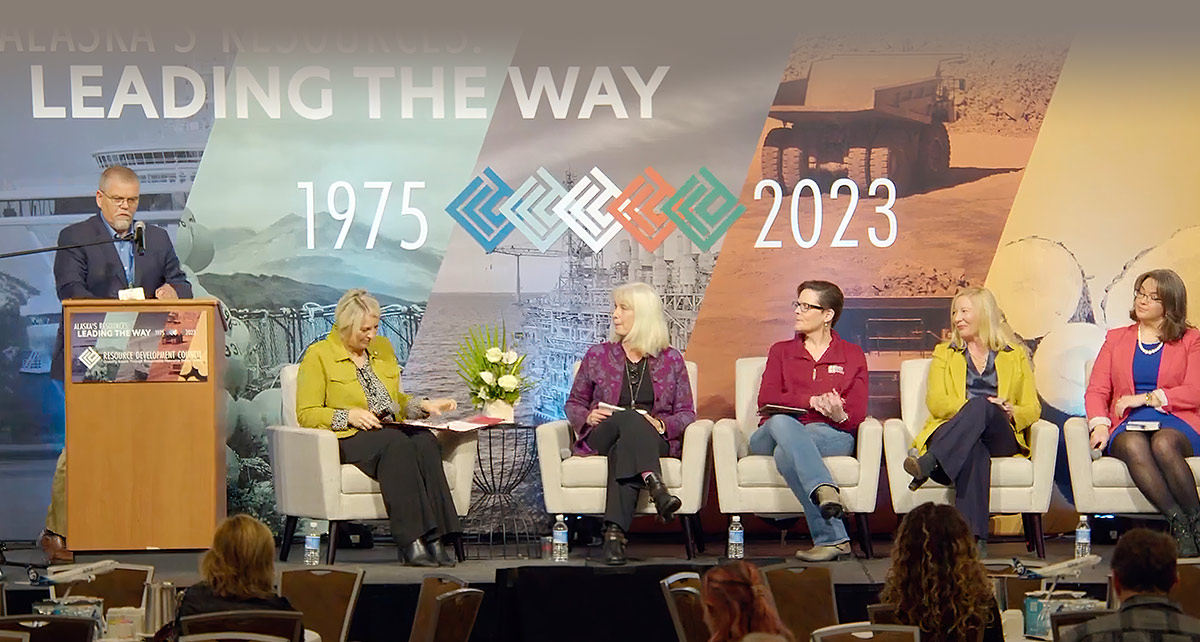

laska has close to $5.7 billion worth of infrastructure projects in the pipeline, but right now the state lacks the workers to carry them out.
By now, it’s a familiar refrain: over the past ten years, the number of Alaska residents between the ages of 18 to 64 has shrunk by 30,000, according to statistics from Alaska Department of Labor and Workforce Development, or DOL&WD.
In 2022, Alaskans over age 60 (147,504 residents) represented more than 20 percent of the state’s total population of 736,556, reports the Alaska Commission on Aging. Retirees continue to quit the workforce, leaving holes in companies that could be filled by younger workers—but only if they are trained, and quickly.
In the January issue of Alaska Economic Trends, a publication of DOL&WD, economist Karinne Wiebold reports, “Most post-pandemic recovery is behind us. Unlike the last few years’ growth, which came from parts of the economy normalizing after COVID disruptions, big projects will be this year’s major catalyst. Federal infrastructure projects will start to materialize in 2024….”
“Forecasts show we are on track to add thousands more jobs, mostly from major projects, in the next few years,” US Senator Lisa Murkowski said in her annual address to the Alaska Legislature February 15.
“Everything I’ve mentioned requires workers, and we’re at eleven straight years and counting with a net loss of working-age Alaskans,” Murkowski said. “Quality of life is everything, but inflation has made everything cost more; high interest rates add insult to injury and we’re behind on housing, childcare, and education.”
DOL&WD Commissioner Cathy Muñoz says she has a multi-pronged approach to attracting the next generation of workers.
“Youth is our greatest resource,” she says. She advocates for career awareness in high schools and even younger. She says Governor Mike Dunleavy added $5 million for “Marketing Alaska” as a place of business opportunity in the 2023 budget. She would like to see that expanded to include marketing to prospective workers.
Muñoz says the Alaska Department of Labor launched a social media campaign from April to fall 2023 that increased training participation by 35 percent.
There’s a concerted push to interest even younger Alaskans, says the Denali Commission’s Director of Programs Jocelyn Fenton, through the Alaska Resource Education’s K-12 Science, Technology, Engineering and Math, or STEM, Education and Outreach Program.
“Our very active Workforce Development Program focuses on in-state skills building, especially to meet the needs of infrastructure development and broadband construction,” says Fenton.
“We have twenty-four active ‘Workforce Development’ projects and a few pending. That number may not be entirely accurate since some other program areas (like energy) also include job training, such as power plant operator training, bulk fuel farm operator training, and a DOE-sponsored Energy Ambassador program,” she says, referring to the federal Department of Energy.
Other demographic groups want to come to Alaska to work and set down roots, says Muñoz.
“We welcome legal refugees and migrants with visas who want to come to Alaska to work, and there’s lots who do from Ukraine,” she says.
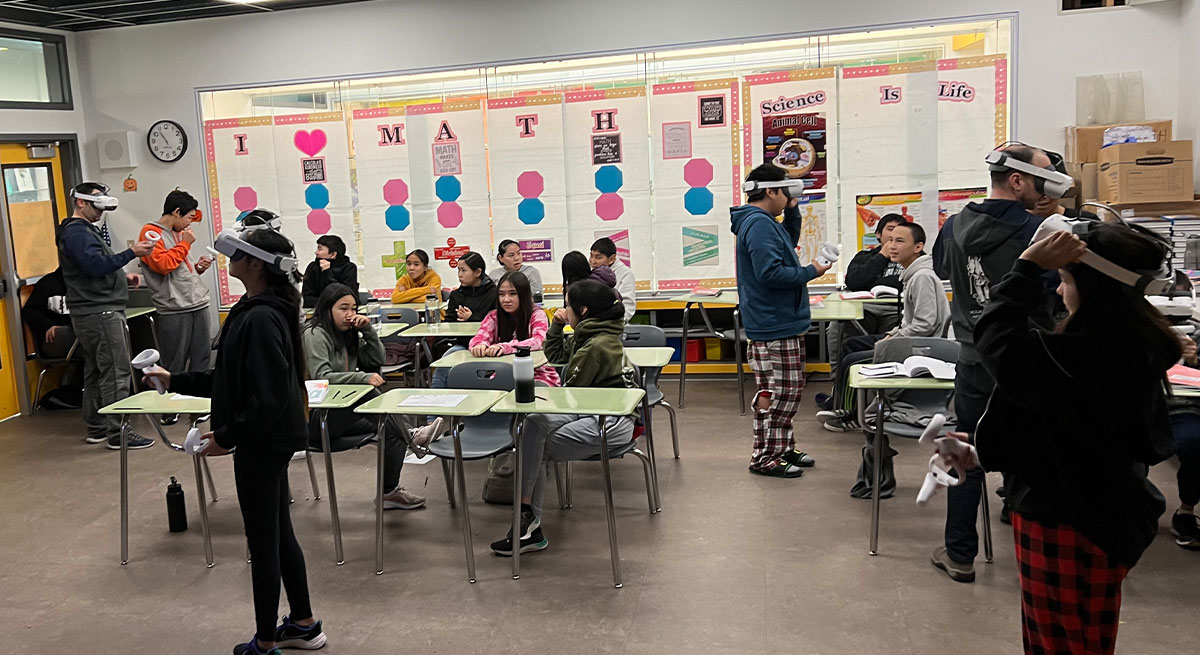
“Our FY24 workplan attributes $1.9 million to workforce and economic development activities,” Fenton says. “If we receive an appropriation for FY24, over half of this funding will be competitively awarded through the FY24 Funding Opportunity Announcement listed on grants.gov. And $600,000 of the remaining funding will go to the bulk fuel operator training as required by the funding source, the Trans-Alaska Pipeline Liability Fund.”
Stakes are high for the state, says Shareen Crosby, infrastructure investment coordinator within the Office of the Governor and moderator of the forum.
The second quarter of 2024 will reveal whether her department receives $5 million from the Creating Helpful Incentives to Produce Semiconductors, or CHIPS, and Science Act of 2022. One portion of the act is administered through the US Department of Commerce’s Economic Development Administration and benefits economically distressed communities in areas where prime-age employment of 25 to 54 years significantly trails the national average.
Executive Director Cari-Ann Carty of the nonprofit Alaska Safety Alliance, which provides “safe, trained and ready Alaska workers” for careers across a spectrum of Alaska’s industries, hopes the training will keep young adults here and lure back those who have left.
Lori Davey, Alaska manager of Bedrock Petroleum Consultants, also looks to advance the number of women in the trades.
“For women in industry, for example, only 10 percent are engineers,” she said at the forum. “We need to attract people who are underrepresented in that field.”
Davey talked about finding transferable skills and noted that Norway was having a hard time finding data analysts and turned to high school math teachers who were convinced to move over to the engineering field, lured by larger paychecks.
Covey Academy, built in 2022, is a state-of-the-art facility featuring cutting edge simulators and technology to give students real-world experience in fields like aviation, heavy machinery operation, commercial driving, and more. Covey Academy offers nineteen micro-unit apartments available for youth participating in vocational training. All services are free to the students.

“As youth discover exciting options, Covey Academy and our partners prepare them for success through follow-on credentialed job training programs, internships, interview coaching, and placement assistance,” she says.
Residents of the Yukon/Kuskokwim Delta can take part in training for welding, basic construction, and the construction superintendent certification program in its state-of-the-art vocational campus.
According to a 2021 Technical and Vocational Education Program Report by the DOL&WD, four students received certificates in construction labor programs and planned to return to continue their education.
Even with the pandemic limiting in-person courses, staff traveled to Savoonga, Shaktoolik, Shishmaref, Stebbins, St. Michael, Unalakleet, and Teller to deliver career and technical training.
The Northwestern Alaska Career and Technical Center, or NACTEC, is a joint venture between the Nome Public Schools and the Bering Strait School District, created the regional vocational training center located in Nome.
NACTEC focuses primarily on high school students, providing skills for employment opportunities, helping with independent living skills and encouraging them to pursue post-secondary education. The program offers more than twenty-five courses, some through distance learning, for everything from commercial driver training and heavy equipment operating to welding, construction certifications, and automotive maintenance.
From bridges to roads statewide, Alaska will see projects needing a wide range of workers with skills, and the drive to prepare has already begun.


t was well below freezing outside, but the boards at Nugget Lanes on Fort Wainwright were smoking hot as twenty teams vied for top place at the sold-out 2024 Bowl-A-Thon. Fairbanks Chevy took home top honors, besting last year’s champion team, Parker, Smith & Feek. Northrim Bank rounded out the top three.
- Spenard Builders Supply
- Great Northwest, Inc.
- Everts Air Cargo
- Precision Cranes, Inc.
- Surveyors Exchange Company Inc.
- Acrisure (dba RISQ Consulting)
- Equipment Source, Inc.
- Paving Products, Inc.
- TOTE Maritime Alaska, Inc.
- First National Bank of Alaska, NA
- Denali Industrial Supply, Inc.
- Airport Equipment Rentals, Inc.
- Brice, Inc.
- Cruz Construction, Inc.
- Exclusive Paving
- Fairbanks Materials, Inc.
- Fullford Electric, Inc.
- GHEMM Company, LLC
- Hale & Associates, Inc.
- Lynden
- North Star Equipment Services
- Patrick Mechanical, LLC
- RJG – CPAs
- Sourdough Express, Inc.
- Swalling General Contractors, LLC






Photo provided by Ken Graham



Photo provided by Ken Graham
laska Native Tribal Health Consortium, or ANTHC, has an ambitious vision: to make Alaska Native people the healthiest in the world.
As a non-profit tribal health organization, ANTHC provides several world-class health programs and services. ANTHC’s Division of Environmental Health and Engineering, or DEHE, plays a significant role in creating healthy homes by ensuring that communities have access to safe, reliable, and sustainable water and sanitation.
With funding secured through the federal Infrastructure Investment and Jobs Act, or IIJA, ANTHC is beginning the process to build community water and sewer systems that will serve more than 2,000 homes in more than twenty-four communities. However, ANTHC leaders know accomplishing such a large vision requires a team effort.
“It’s a big endeavor to serve the unserved and underserved,” says Jerod Jones, director of project operations. “We can’t complete all the work ourselves.”
Formed in 1998, ANTHC is the largest, most comprehensive tribal health organization in the US. It’s also Alaska’s second-largest health employer, with more than 3,000 employees. The consortium takes a multi-disciplined approach to health and wellness for Alaska Natives throughout the state. In addition to health and medical services, ANTHC focuses on prevention, research and data, medical technology, advocacy, and education. Through its environmental health and engineering team, ANTHC takes an active role in updating aging water and sanitation facilities and, in some cases, building new facilities in remote communities that completely lack system-wide plumbing.
“In communities without in-home plumbing, infants are five times more likely to be hospitalized with RSV and eleven times more likely to be hospitalized due to pneumonia compared to communities with piped water and sewer,” says David Beveridge, vice president of Environmental Health and Engineering, at ANTHC. “COVID really highlighted the need for safe water to clean and wash hands. IIJA funding allows us to deliver that.”
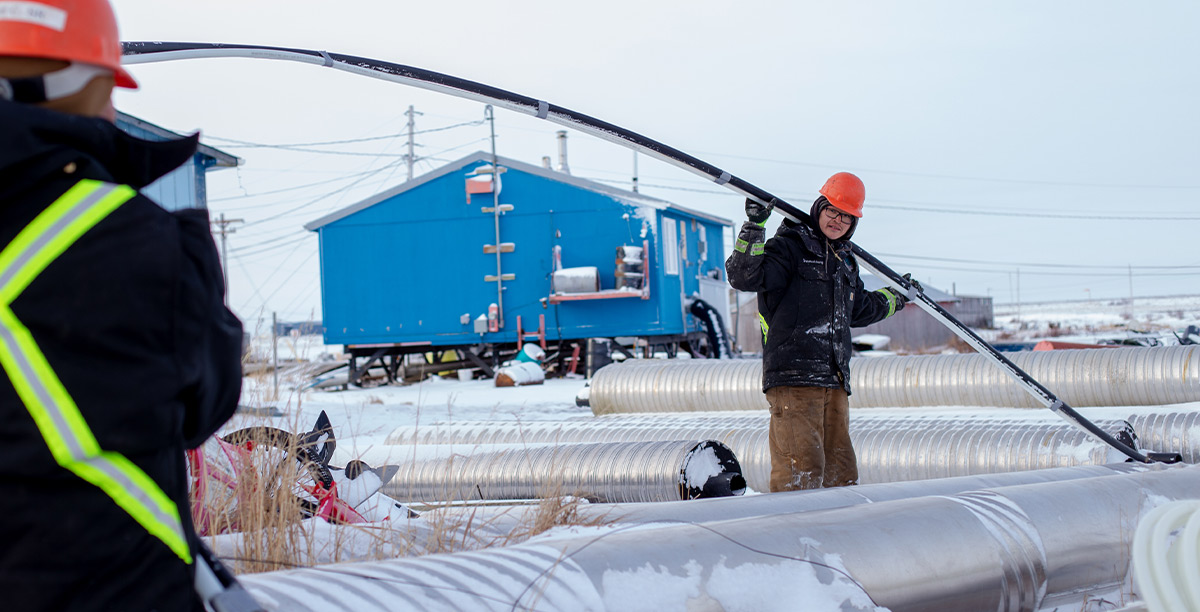
Because of this funding, many rural communities will receive in-home running water and sewer for the first time. In Akiachak, for example, only half of the homes had running water until recently. Over the past few years, ANTHC has worked to upgrade the water facility and connect pipes to the remaining 100 homes in need of running water and sewer services. In the 90s, the western part of the community was connected to the water facility, while the eastern side hauled water and relied on honey buckets dumped at residential collection points. Last summer, the last of the remaining homes were able to turn on their faucets for the first time.
Vice President of Environmental Health and Engineering, Alaska Native Tribal Health Consortium
Also in the works is a project in Stebbins, with a population of about 550, to build a community-wide piped water distribution and wastewater collection system that replaces the need to haul water, use honey buckets, or solely rely on the washeteria. Richard Wooten, contract delivery team manager for ANTHC, says outfitting the community with in-home plumbing for the first time will require a high level of collaboration from everyone involved.
“We need to work together to ensure that we develop the project in a way that best serves the community,” says Wooten.
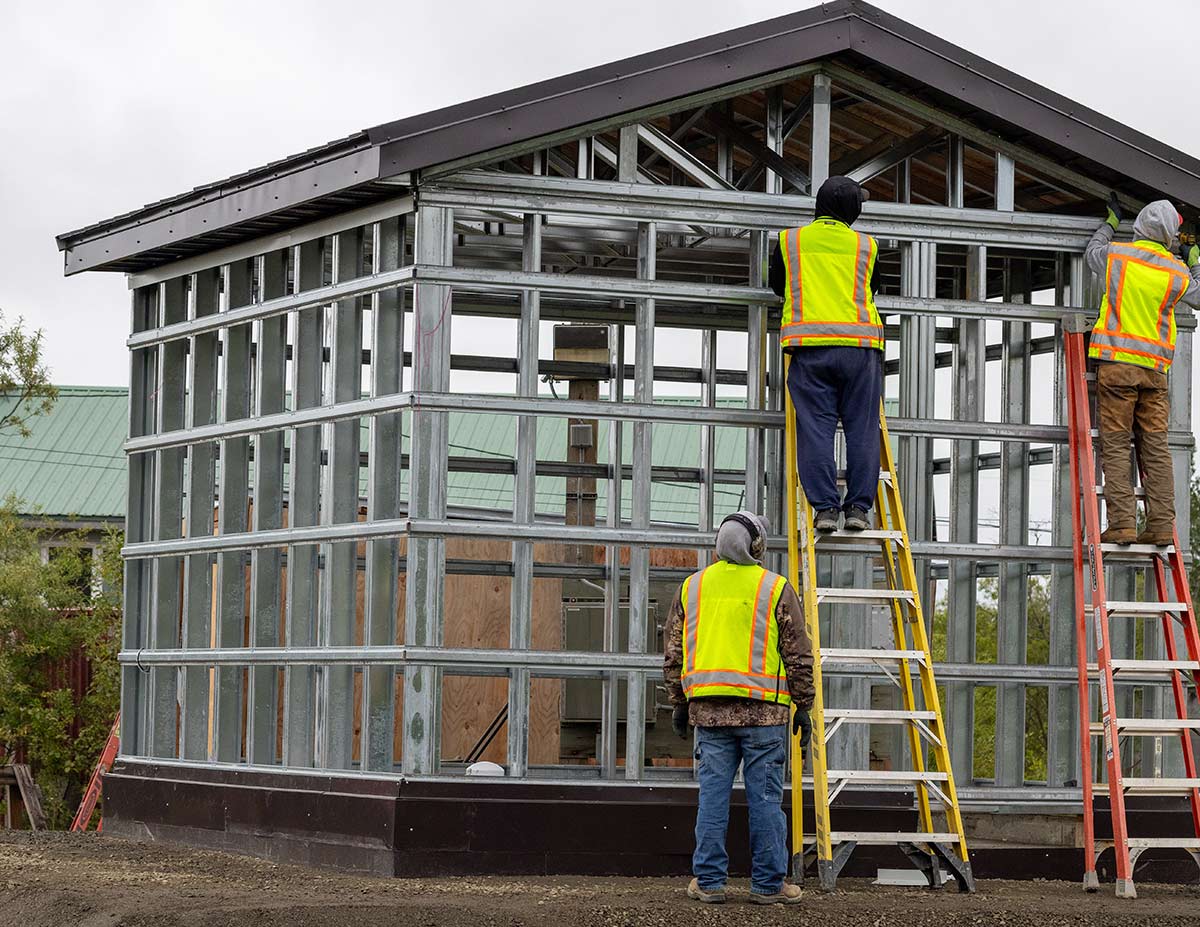
Director of Project Operations, Alaska Native Tribal Health Consortium
ANTHC has been an AGC member since May 2010. Jones says ANTHC frequently uses AGC’s plans room and appreciates access to AK-CESCL training for its field personnel. Wooten says networking with other AGC members is a big plus when identifying companies for future collaborations. Jones says he hopes that some of the future collaborations include a few IIJA-funded Legacy List projects.

& The Law
overnment sluggishness in evaluating proposals, processing change orders, and responding to requests for information is not new. But contractors’ struggles to accurately price bids and hold those prices while waiting for the government to act has taken on new urgency in the face of the economic volatility of the past few years.
There are no silver bullets for this challenge, but contractors can mitigate and recover their increased costs for this type of delay in some circumstances.
The government is not obligated to grant the request—the government knows that it can delay the procurement without suffering cost increases experienced by private parties, and it takes great advantage of that benefit. Still, in some cases the contracting officer will agree to repricing. Contractors cannot be shy about protecting their interests. The worst thing that the contracting officer can do is deny the request.
An economic price adjustment, or EPA, clause generally allows a contractor to seek a price adjustment in the event that the cost of labor or materials exceeds the contractor’s schedule of values. The increases are often determined by referring to economic indices identified by the contracting officer, but actual costs can also form the basis for the adjustment. EPA clauses also require the contractor to reduce its prices when labor and materials costs go down.
Federal agencies are inconsistent in their use of EPA clauses. The US Army Corps of Engineers has taken the position that EPA clauses are not appropriate for construction contracts. Other agencies with significant construction work have been known to agree to the insertion of EPA clauses in construction contracts. The lesson to take from this is that contractors should always request an EPA clause when negotiating a contract with the federal government.
A recent decision by the Armed Services Board of Contract Appeal, or ASBCA, allowed a contractor to pursue its claim that its subcontractors experienced inflation-related cost increases as a result of a constructive suspension of work by the government. The contractor asserted that the government’s actions and inactions in response to COVID-19 hindered subcontractors’ ability to perform, leading to delay and inflation-related cost increases. The contractor also asserted that, by denying the impact of COVID-19-related factors on the project schedule, the government constructively suspended the contract. While the ASBCA decision denied the government’s motion to dismiss the contractor’s appeal, the ASBCA has not yet decided the merits of the case. Nonetheless, the decision illustrates the importance of tying otherwise unrecoverable inflation-related cost increases directly to government action or inaction that would, by itself, entitle a contractor to relief.
As a matter of course, contractors should thoroughly document any delays, cost increases, changes, and communication with the government as they happen. That documentation will prove important when trying to convince the government that the contractor is entitled to a contract price increase, or when trying to convince a judge of the same thing years after the fact. Every case is different, so there is no single approach to recovering increased costs. If you have questions about how to proceed, contact qualified government contracts counsel for advice.

Update
ummer is just around the corner, and perhaps no one is feeling it like the contractors working on GCI’s Airraq Network fiber project. With plans to start barging materials into the Yukon-Kuskokwim, or Y-K, Delta region as soon as May, project contractors—including Associated General Contractors, or AGC, of Alaska members STG, Inc. and Meridian Management—are working to finalize the logistics of procuring, staging, and transporting materials in what Jed Hagan, Meridian senior construction manager, calls, “Probably the most explicit case of ‘measure twice, cut once.’”
“You want to have the timing complete; you want to have the entire materials package ready and on standby and the contractors ready to go before you pull the trigger on something like this,” he says.
ummer is just around the corner, and perhaps no one is feeling it like the contractors working on GCI’s Airraq Network fiber project. With plans to start barging materials into the Yukon-Kuskokwim, or Y-K, Delta region as soon as May, project contractors—including Associated General Contractors, or AGC, of Alaska members STG, Inc. and Meridian Management—are working to finalize the logistics of procuring, staging, and transporting materials in what Jed Hagan, Meridian senior construction manager, calls, “Probably the most explicit case of ‘measure twice, cut once.’”
“You want to have the timing complete; you want to have the entire materials package ready and on standby and the contractors ready to go before you pull the trigger on something like this,” he says.
The name Airraq, pronounced “EYE-huck,” is the Yup’ik word for a string used to tell stories, similar to a cat’s cradle. Ana Hoffman, president and CEO of Bethel Native Corporation, describes how the network got its name in a video GCI created.
“Understanding that fiber was going to be a loop to bring these villages and stories in, and also use fiber as a way to communicate our stories out, Airraq just seemed so appropriate,” Hoffman says in the video.
“The end result is that these communities are going to have the same services that you and I enjoy here in Anchorage—the same plans, the same pricing, the same level of speeds,” says Jenifer Nelson, GCI’s director of rural affairs. “Having fiber is that generational solution that will provide capacity and connect these communities now, until forever. So it’s really, really exciting.”
A more than 900-mile subsea and terrestrial fiber network will connect thirteen Y-K Delta communities, from Platinum to Bethel, then stretching up to Emmonak.
Before that can happen, STG and Meridian must complete surveys and site visits, finalize the design of network components, and determine how they can make use of existing infrastructure as they connect individual homes to this new fiber network.
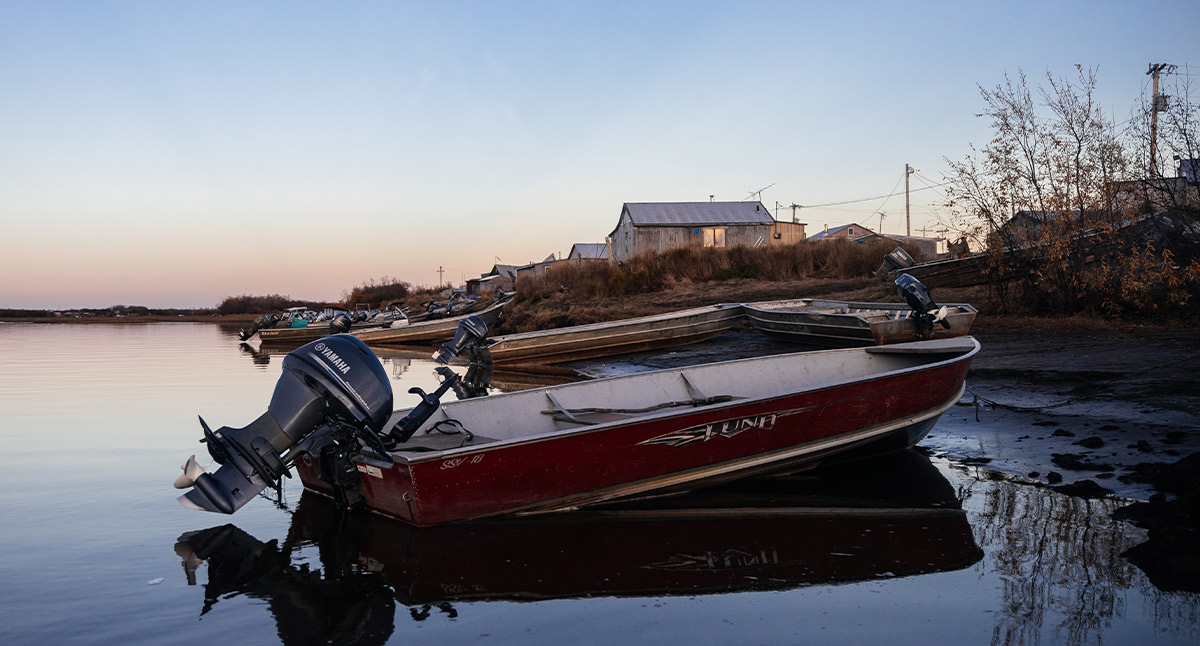
STG completed three-dimensional drone scans to look at access in preparation for installing foundations for cable landing stations. The stations act as the bridges between the subsea fiber and the local network. Through site visits, both STG and Meridian met with community members to take a survey of available local equipment that construction crews might use and how existing land use might affect permitting.
“Field work experts looked at everything from ownership to additional permitting needs, talking to locals and finding out: this is a commonly used snowmachine route, or this is where we do some of our subsistence hunting or fishing,” Nelson explains.
STG also explored hiring opportunities among local workers. As a part of the Calista family of companies, STG will seek to put Calista shareholders to work in their own region—a strategy that will also alleviate some of the challenge of recruiting a skilled workforce from outside the remote region.
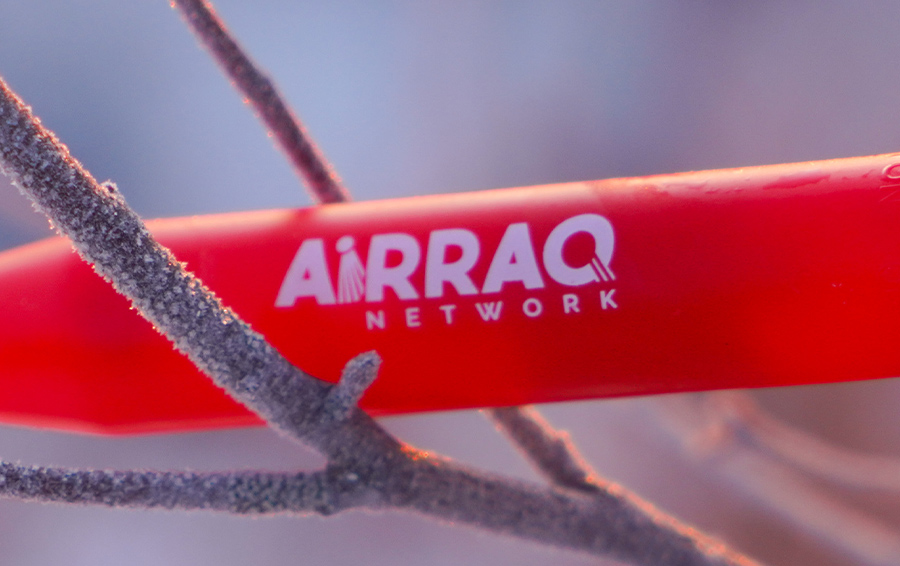
“Undersea fiber cable is not just a cable that gets bought off the shelf,” explains Meridian President Johnathan Storter. Meridian will oversea installation of cable landing stations, as well as terrestrial and tundra cable.
Marine fiber experts review the planned subsea fiber route, looking at changes in depth and terrain to determine the cable armoring scheme. Cable is then specially designed for its route.
Senior Construction Manager, Meridian Management
Once the cable is manufactured, it doesn’t get shipped to the site. Instead, the lay vessel goes to the manufacturer, where the cable is loaded according to how it will be laid out.
“If someone messes up and loads it backwards, all your double armor is going through the nice sandy portion, and you’ve got no armor going over the coral or abrasive places,” Storter explains. “It’s definitely logistically challenging.”

In addition to installing foundations for cable landing shelters in each community, STG is managing the logistics of getting all project components from Anchorage to their “final resting sites,” says STG President Brennan Walsh. STG’s thirty years of experience navigating remote Alaska and understanding the seasonal changes of Alaska’s coast will be crucial as it barges and flies in equipment.
“We have a pretty vast array of communities we’re working in,” Walsh says. “Building relationships across those vendors and those suppliers is key to understanding their capacity and equipment—to understanding the nuances between a landing craft barge and a mainline barge, where those can go, and what’s needed to offload or load those pieces. All that plays into figuring out how STG can come in, perform our scope of work, and deliver in a seamless manner.”
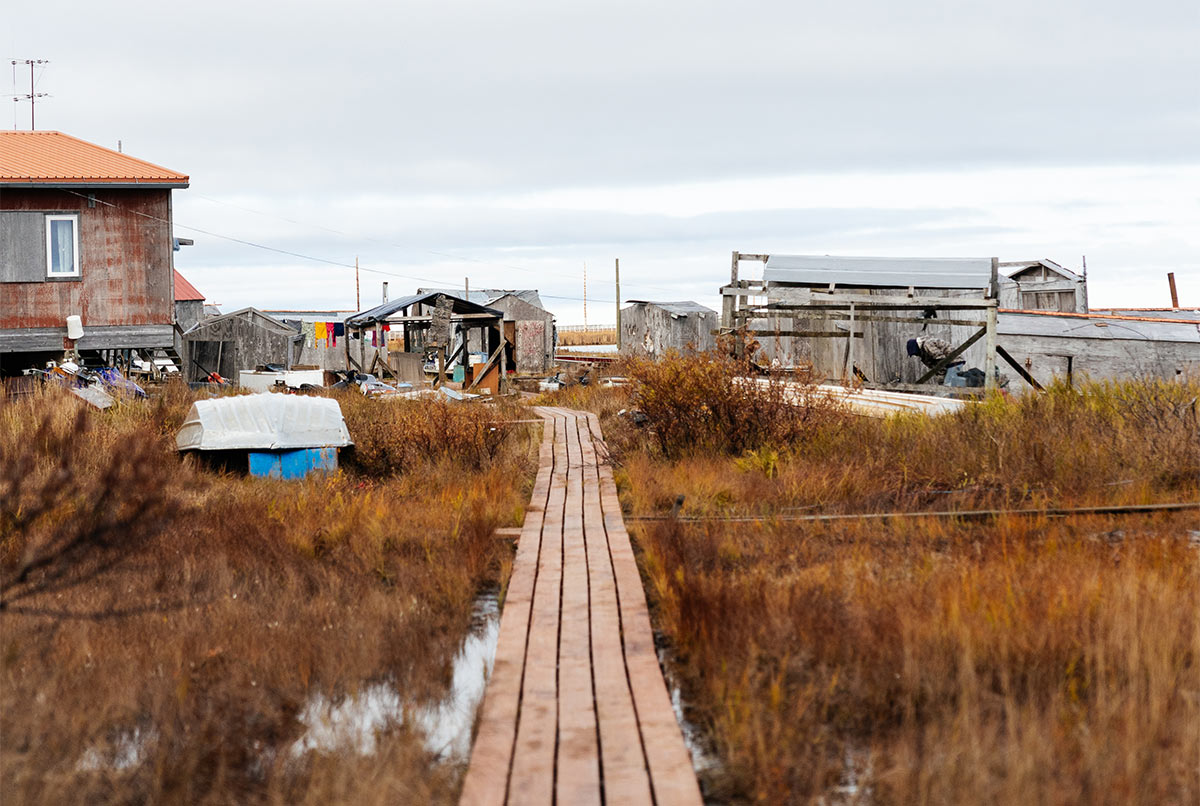
“We attend the city halls and tribal meetings while we’re in town to answer any questions that may arise during construction,” he adds. “Then, typically after construction, I do a drive-through with the village or city [representative] and make sure everything’s to their liking. That outreach is there from start to finish.”
Project partner Bethel Native Corporation has been key to this clear communication between contractors and communities. “Getting the consent of these communities and tribe, bringing them in as partners, was really important to us,” Nelson says.
Bringing in the right contractors is also crucial to accomplishing this logistically challenging project, says Storter. “I think there’s just a certain level of maturity that comes along with belonging to an organization like AGC. It’s collaboration, willingness to work towards a common goal.”
Funding for the initial phase of the Airraq project came to the Bethel Native Corporation in the form of a $42 million grant from the National Telecommunications and Information Administration’s Tribal Broadband Connectivity Program. An additional $31 million US Department of Agriculture, or USDA, ReConnect grant was awarded to GCI, with a second USDA ReConnect grant of $35 million going to GCI for the extension of cable to the three northernmost communities in the network.
“Big projects like this take a lot of partnerships and a lot of people to make it happen,” Nelson says. “Achieving this network is nothing short of an engineering marvel.”

1st Source Bank

1st Source Bank

President, 1st Source Bank
n July 2023, the Federal Reserve introduced a new payment method called FedNow, which works as an instantaneous transfer of funds between participating institutions. As one of the first banks to implement this payment system—along with the launch of Real Time Payments, or RTP, from The Clearing House earlier in the same year—we have seen both business and consumer clients benefit from the convenience and increase in speed of immediate payment systems.
It is important to note that, at this time, FedNow and RTP have not yet been adopted by all financial institutions in the United States. It is expected that the majority of US financial institutions will adopt this feature rapidly, as real-time payments are already common in other areas of the world. Each institution should be contacted individually for information on when they will adopt these new payment systems. Conversely, FedNow and RTP’s counterparts—such as Automated Clearing House, or ACH, wires, and checks—are accepted by every US financial institution.
When considering funds transfer methods, it is important to understand that all come with inherent risks. Instantaneous payments are no different. A sender might have time to report an incorrectly sent wire or stolen check due to the processing time; however, there is no buffer time to reclaim an immediate payment using FedNow or RTP. Once money is transferred into a recipient’s account, it can be accessed immediately. As with all fund transfers, 1st Source advises that proper precautions should be taken to make sure all recipient details are correct and verified, especially in the case of immediate payments like FedNow and RTP.
The process to use FedNow and RTP is as simple to access as other common banking payment services. When a financial institution has adopted the service, it will be available through their website or app, similar to features like Zelle or Venmo.
Immediate payments through 1st Source Bank, leveraging both FedNow and RTP payment systems, is an opportunity for the contracting industry specifically, as quick payments can be made for equipment purchases. While no payment method is one-size-fits-all, immediate payments is a service that every contractor may want to investigate, as it offers an opportunity for the US banking system to work quickly and dexterously to help businesses succeed.

Vantage Consulting
he winning strategy for construction companies is attracting, building, and retaining ideal employees. Leaders who do this will be able to staff and complete projects. Those who don’t, won’t—or at least not at the same level.
Staffing shortages are widespread across most industries. The smart construction leader should prepare for staffing to remain a challenge throughout our lifetimes.
Why is this?
Low birth rates: The primary driver is that Baby Boomers (people in their 60s and 70s) had fewer children (Gen X, now aged mid-40s to 50s) than previous generations. Following Gen X, birth rates grew slightly. Then, with the Great Recession in 2008 came another—and so far, sustained—drop in births. The US birth rate is below the replacement rate. Annually, more people die than are born.
Silver Tsunami: The second driver is retirement. Baby Boomers currently account for about 25 percent of the workforce. They fill the majority of senior leadership, management, and skilled positions. However, they are retiring en masse at a rate of 10,000 a day, or nearly 3.7 million a year, according to Pew Research and the Social Security Administration. Some will reenter the workforce for a short time, but not many, and not for long. Then, consider that the retirement rate matches the birth rate (roughly 3.7 million children were born in 2021, according to the US Centers for Disease Control and Prevention report, Births: Final Data for 2021).
Air bubble in the trade pipeline: Finally, there is a lack of trained people. With the 2008 housing market crash, there was a contraction in the building market. This sharply reduced the available jobs in construction. That led to a de-emphasis on the trades in most educational systems. The result? A proportionally smaller percentage of people are in the trades. So, out of an already restricted number of available people, even fewer chose the trades.
ABC Construction is struggling with, and frustrated about, staffing. They insist they’ve tried everything. It’s a problem of “kids these days.” The company is afraid to pursue too many projects. The team is overwhelmed, and it’s too difficult to find staff.
Their competition, XYZ Construction, is fully staffed. XYZ has insightful leadership. Company leaders built a robust and attractive culture. They actively work at nurturing both leadership and culture. They are preparing for and optimistic about growth.
XYZ Construction is a Magnetic Organization, and ABC Construction isn’t. XYZ became a Magnetic Organization that naturally attracts and retains the best people. Not only can they staff up, but they have more than their fair share of high performers. It’s a double win.
These two companies will no longer be competitive within a year or two. XYZ will win the staffing game —because they were the only ones playing it.
- Income or benefits: 64 percent of employees consider this very important when deciding to accept a new job offer, highlighting a rise in priority of pay and benefits since 2015. Compensation primarily matters when helping an ideal employee choose between options.
- Assuming you stay competitive, it doesn’t matter as much for retention of ideal employees. Be competitive. Cash compensation only matters so much. Other benefits—like time off, training opportunities, and access to unique experiences or opportunities—are often more attractive and underleveraged.
- Greater work-life balance and better personal wellbeing: 61 percent of employees value this, indicating a notable increase in importance, partly due to the rise in remote work and the awareness of job flexibility options. The job still needs to get done. The good news is that better personal well-being can be leveraged into higher productivity. As a rule, my clients learn to work less and accomplish more. The construction industry has an unhelpful and inaccurate tendency to equate hours worked with productivity.
- Opportunity to do what they do best: 58 percent of employees seek jobs where they can use their strengths, seeking stimulating and enjoyable work. Talk to employees about their aspirations and interests. This can be a competitive edge for smaller companies because they can often better connect employees to their interests and passions than large firms.
- Stability and job security: 53 percent of employees seek jobs that offer more stability and security, a need that has remained constant over time. Robust business development practices and maintaining strong backlogs and diversity in your project portfolio create stability and fuel growth generally.
- Purpose and development: Employees seek purpose and meaning from their work and opportunities for growth and development. Find ways to create both.
- Healthy relationship with management: A manager who shows care and supports their team members is crucial for maintaining high levels of employee engagement. People have options and will leave places where they don’t feel valued or respected.
- Healthy relationships with coworkers: Most workers spend more time with their colleagues than with their family. Cultivating healthy teams and cultures characterized by respect creates bonds that people don’t want to leave.
- Good communication: Regular, meaningful conversations between employees and managers about performance, expectations, and development opportunities help keep employees engaged.
The future of construction lies in becoming a Magnetic Organization. By prioritizing the needs and motivations of high-performing employees, companies can differentiate themselves in a competitive market.
This strategy ensures not just survival but a thriving future. The key to overcoming the staffing crisis lies in intentional, innovative leadership that values and invests in its workforce.

ettisworth North Architects and Planners received the Edwin B. Crittenden Award for Excellence in Northern Design and with a Design Award of Citation, both from the American Institute of Architects, or AIA, Alaska Chapter. The announcement was made by firm president Tracy Vanairsdale.
ND Engineers, Inc., is proud to announce the promotion of PND Senior Engineer Cameron Klatt, a licensed professional engineer, and extends its congratulations for his recent passage of the Principles and Practice of Engineering exam. Born and raised in Anchorage, Alaska, Cameron attended South Anchorage High School before receiving a bachelor’s degree in civil engineering from Montana State University and a master’s degree in geotechnical engineering from the University of Washington.
offman Engineers, Inc., welcomes Amber Benham to its electrical department and congratulates her on earning her Alaska Professional Engineering, or PE, license in Control Systems Engineering.
Amber received two Bachelor of Science degrees in Chemical Engineering and Biological Engineering from Montana State University. She has nine years of experience in the refining industry as a process control and control systems engineer and brings a new capability to Coffman’s line of services.
- 3-Tier Alaska
- Alaska Industrial Hardware
- Alaska Mechanical Contractors Association, Inc.
- Alaska Professional Pumping, LLC
- Alaska Railroad
- Alaska Steel
- ALL Pro Alaska
- Alyeska Pipeline Service Co
- Anchorage Sand & Gravel
- Birch Horton Bittner & Cherot
- Bob’s Services, Inc
- Chugach Electric Association, Inc
- Combs Insurance Agency, Inc
- Construction Machinery Industrial
- Cornerstone General Contractors
- Craig Taylor Equipment
- Crowley Fuels
- Cruz Companies
- Davis Block & Concrete
- Davis Constructors & Engineers, Inc
- Denali Materials
- DesertAir Alaska
- Dorsey & Whitney, LLP
- Equipment Source, Inc
- First National Bank Alaska
- Fountainhead Development
- Fullford Electric, Inc
- GMG General, Inc
- Great Northwest, Inc
- Groeneveld-BEKA Lubrication Systems
- Hamilton Construction Alaska
- JD Steel Co., Inc
- JEFFCO, Inc.
- KLEBS Mechanical
- Landye Bennett Blumstein, LLP
- Loken Crane, Rigging and Transport
- Lynden
- Matson
- Michels Power, Inc
- Mobile Concrete & Grout of Alaska
- MT Housing, Inc
- N C Machinery
- NECA Alaska Chapter
- Nortech Environmental & Engineering
- North Star Equipment Services
- Northern Air Cargo
- Northrim Bank
- OZ Lifting Products, LLC
- Parker, Smith & Feek
- Personnel Plus Employment Agency
- Petro 49
- PND Engineers, Inc
- R & M Consultants, Inc
- Rain for Rent
- Rain Proof Roofing
- Republic Services
- Roger Hickel Contracting, Inc
- Rural Energy Enterprises
- Samson Tug & Barge
- Sheet Metal, Inc
- SMS Equipment
- SMS Equipment
- Sourdough Express, Inc
- Span Alaska Transportation, LLC
- Spenard Builders Supply
- Sullivan Water Wells
- Surveyors Exchange, Co Inc
- Swalling General Contractors, LLC
- TOTE Maritime Alaska, LLC
- Tutka, LLC
- Yukon Equipment, Inc




